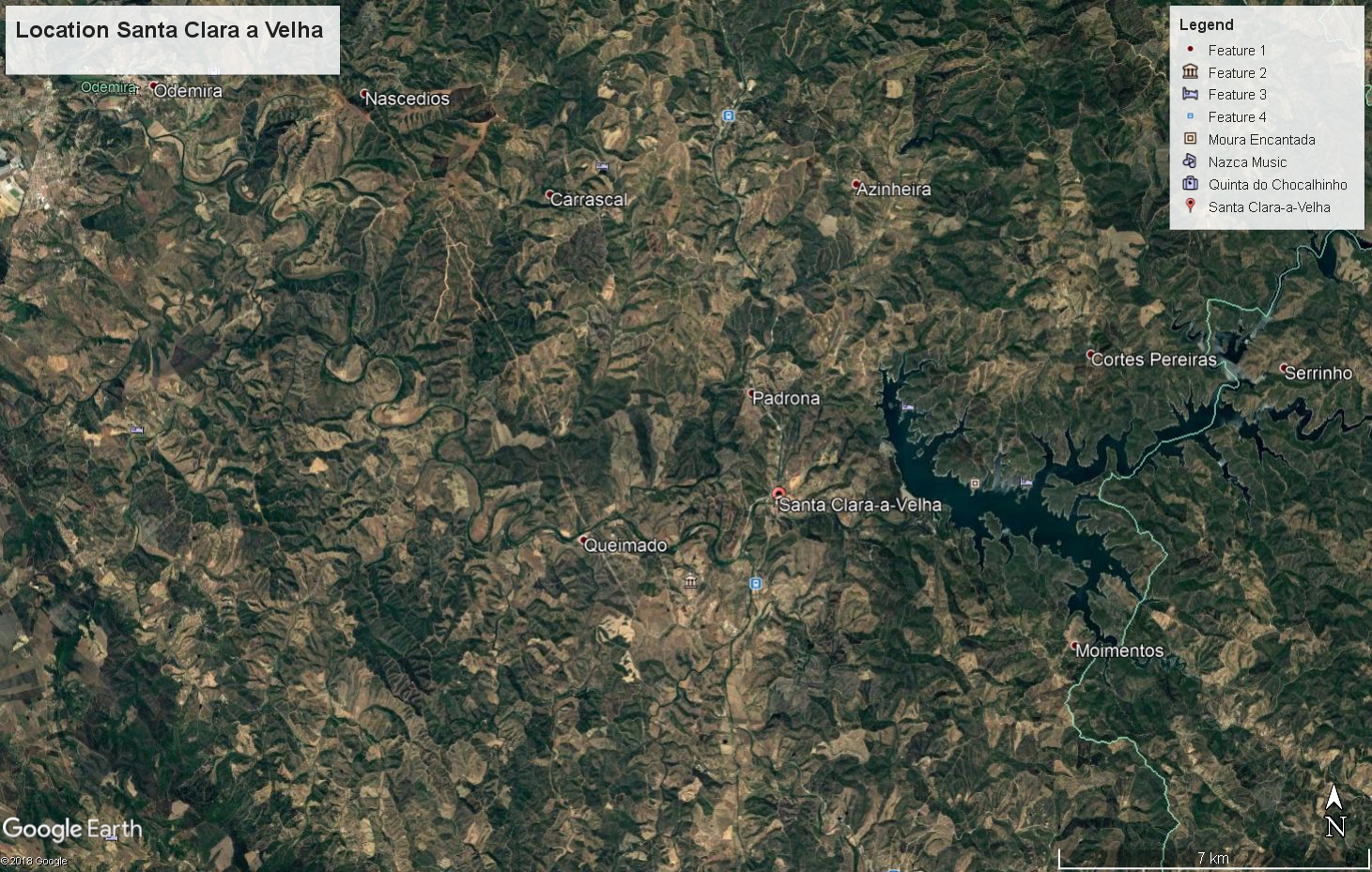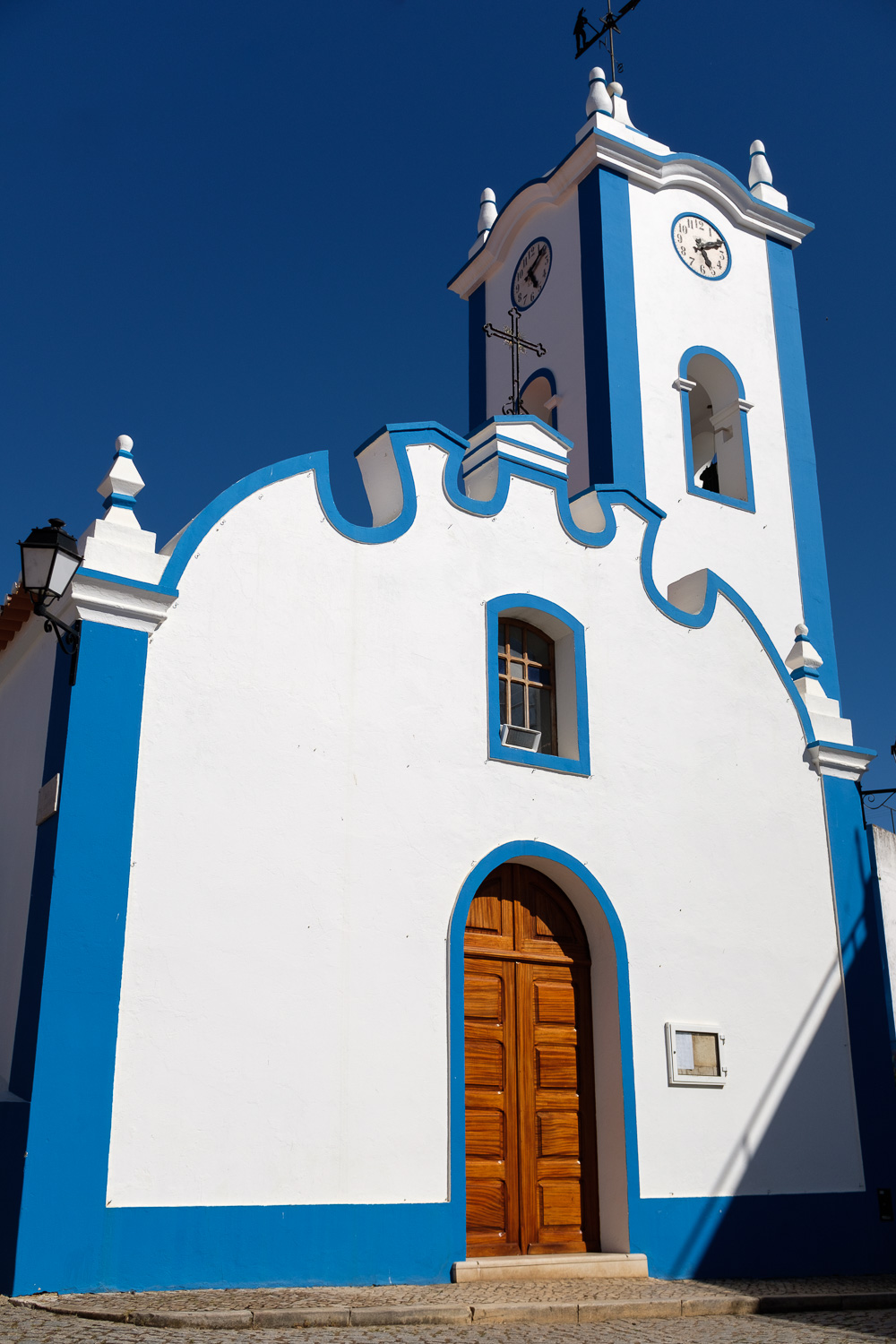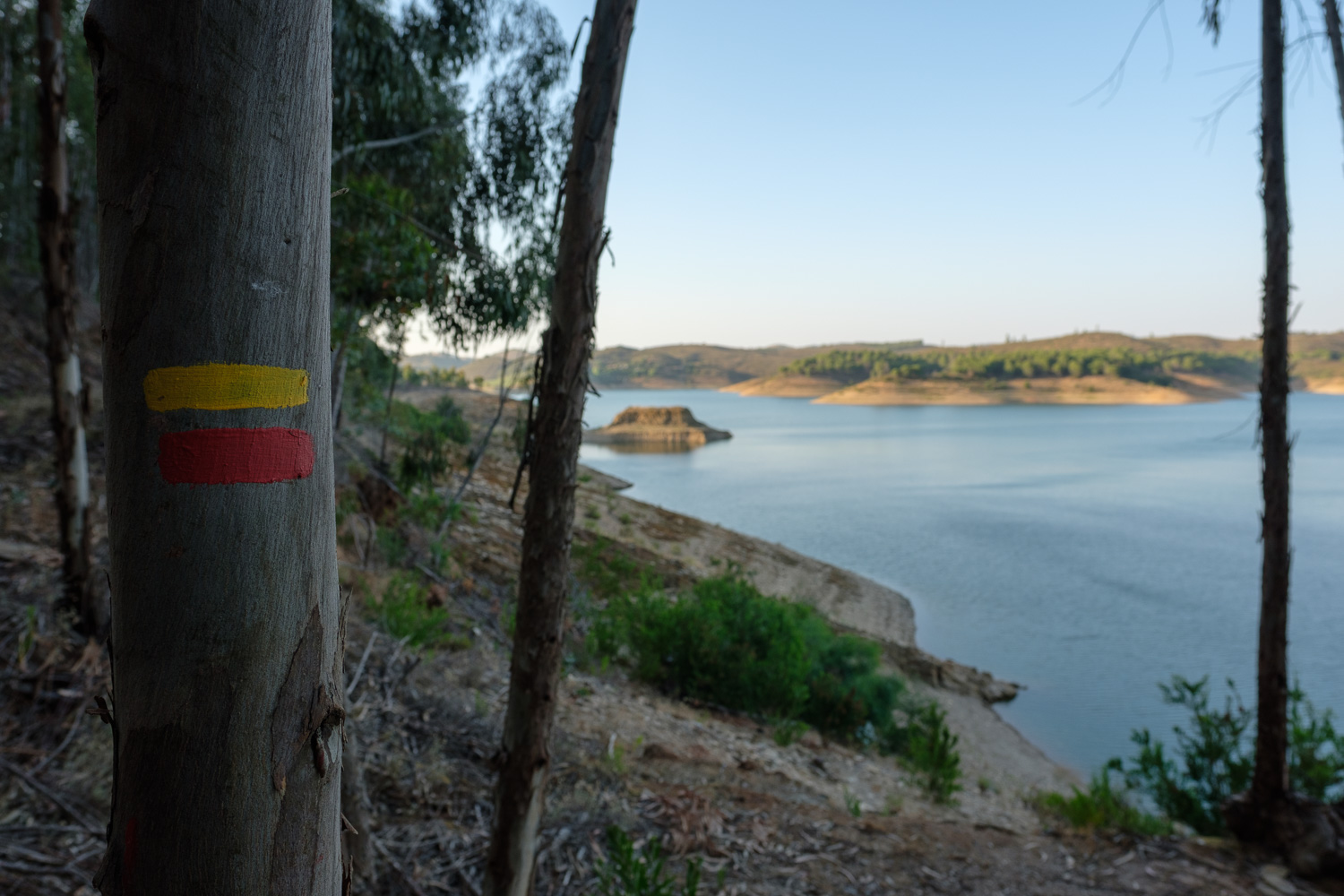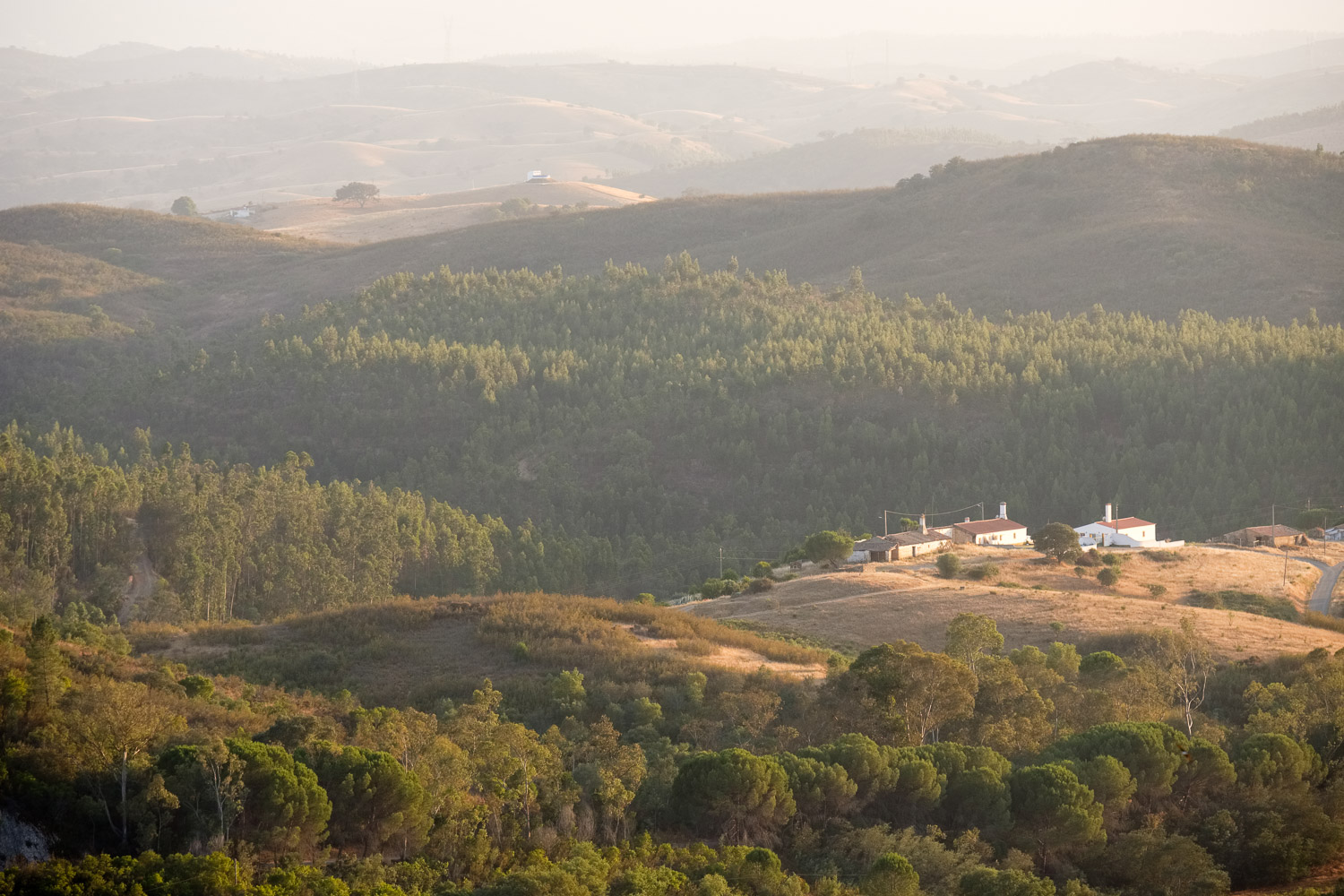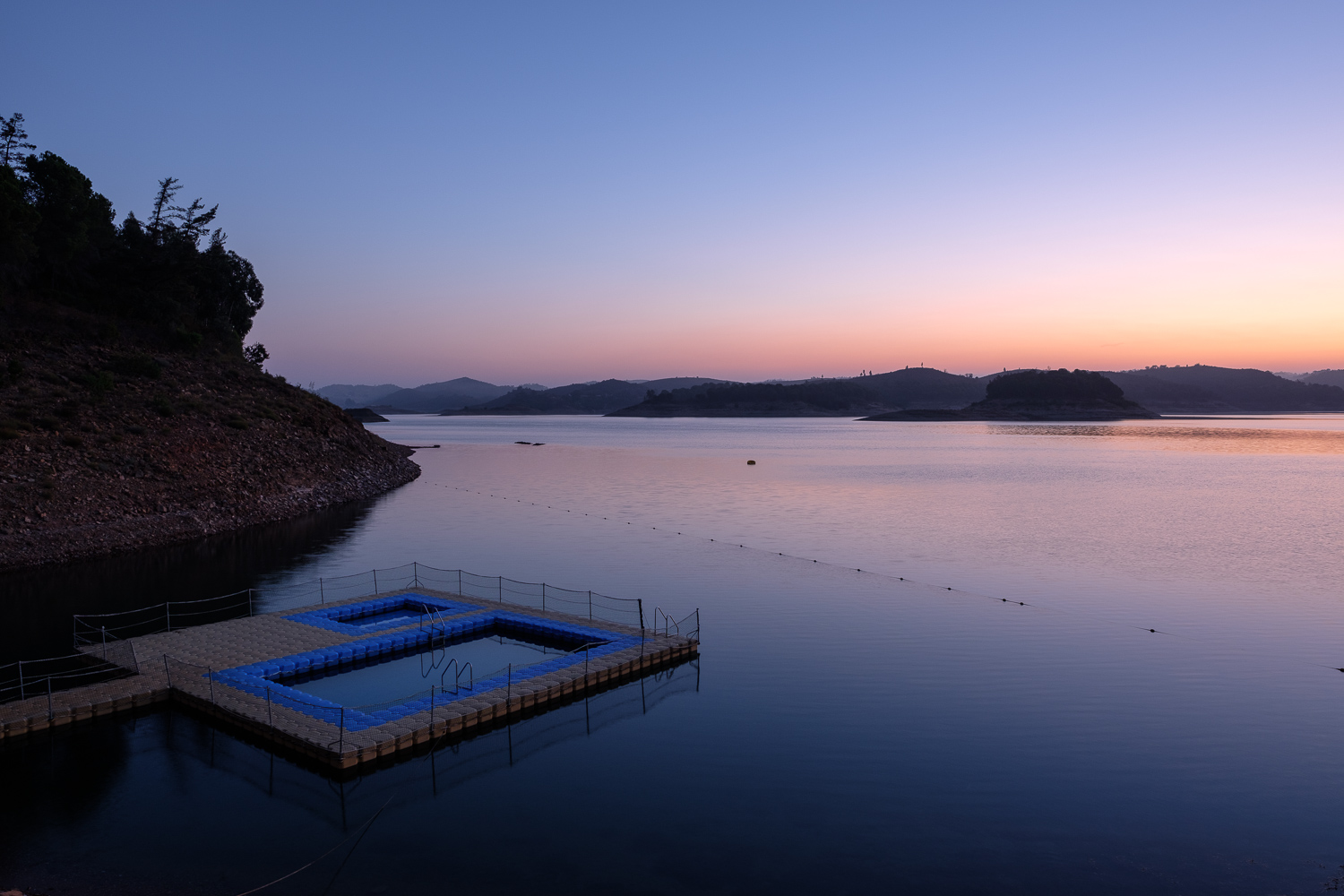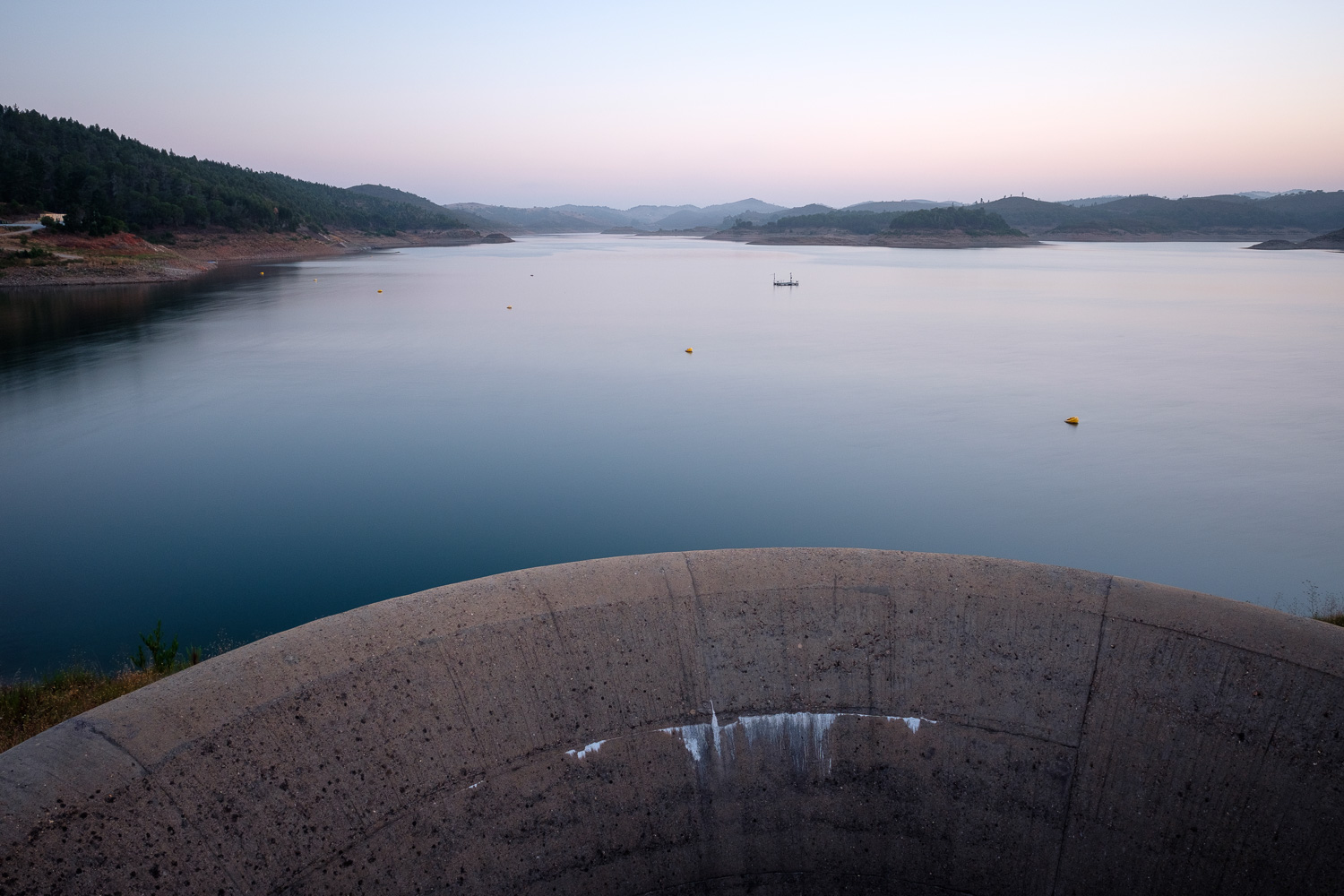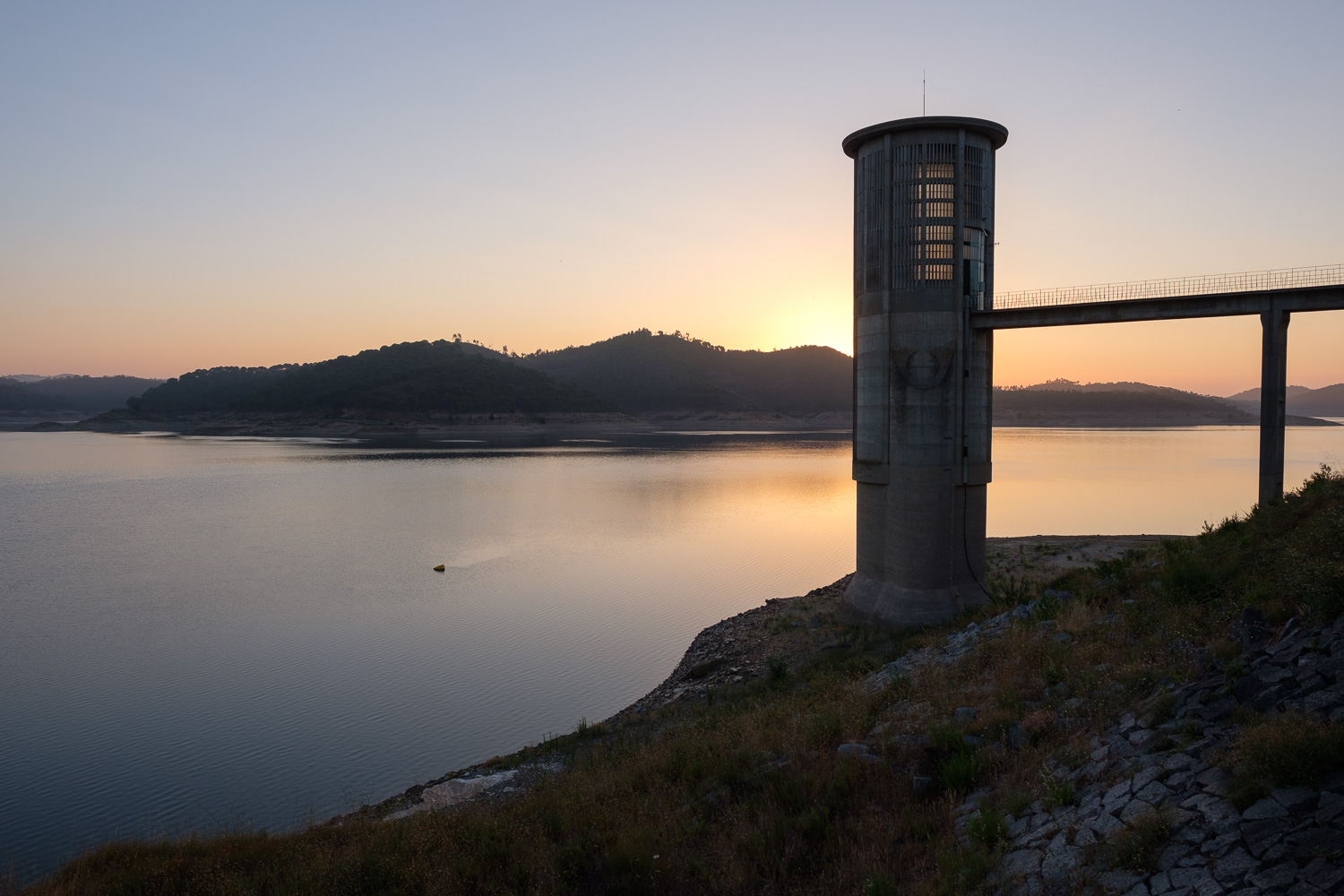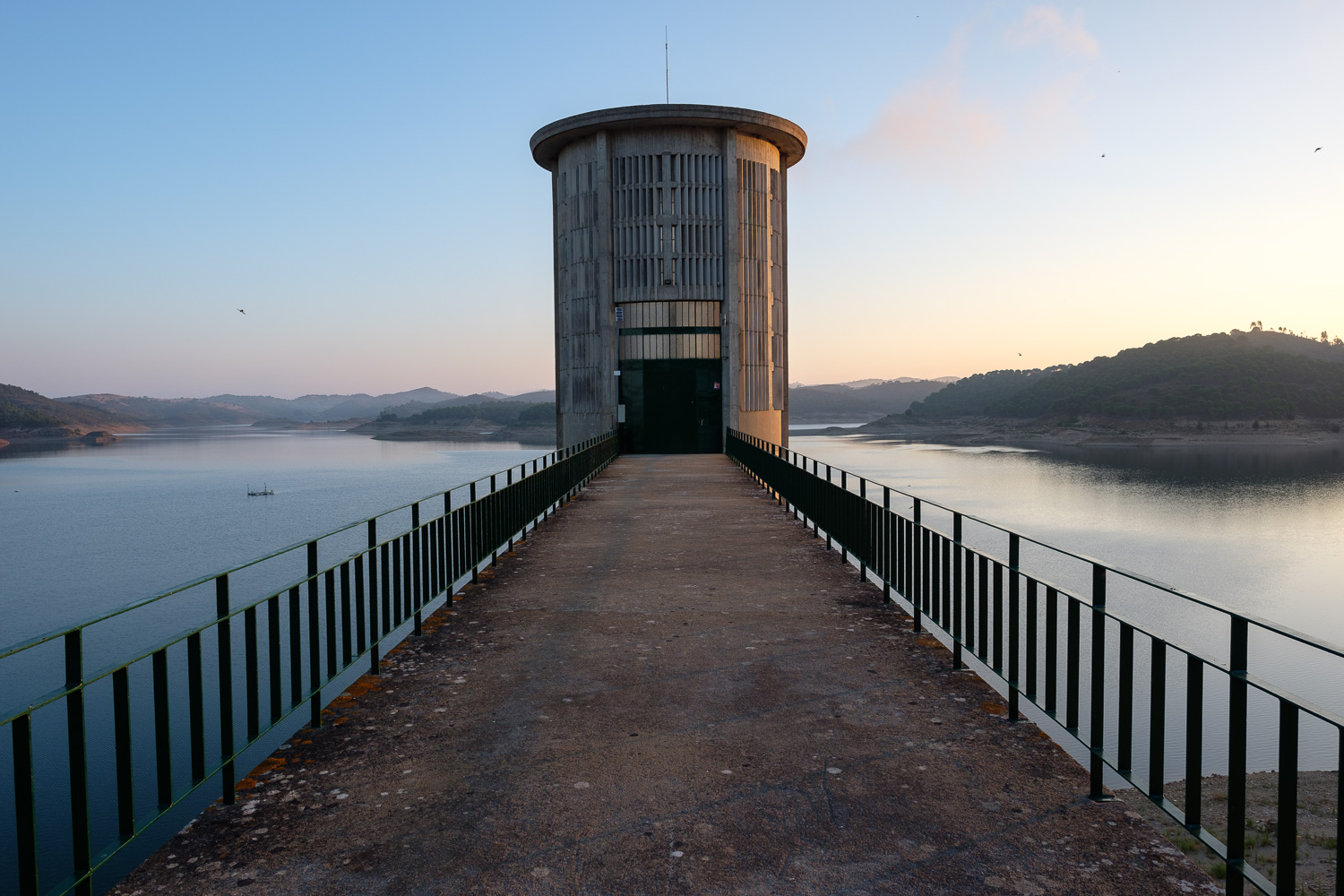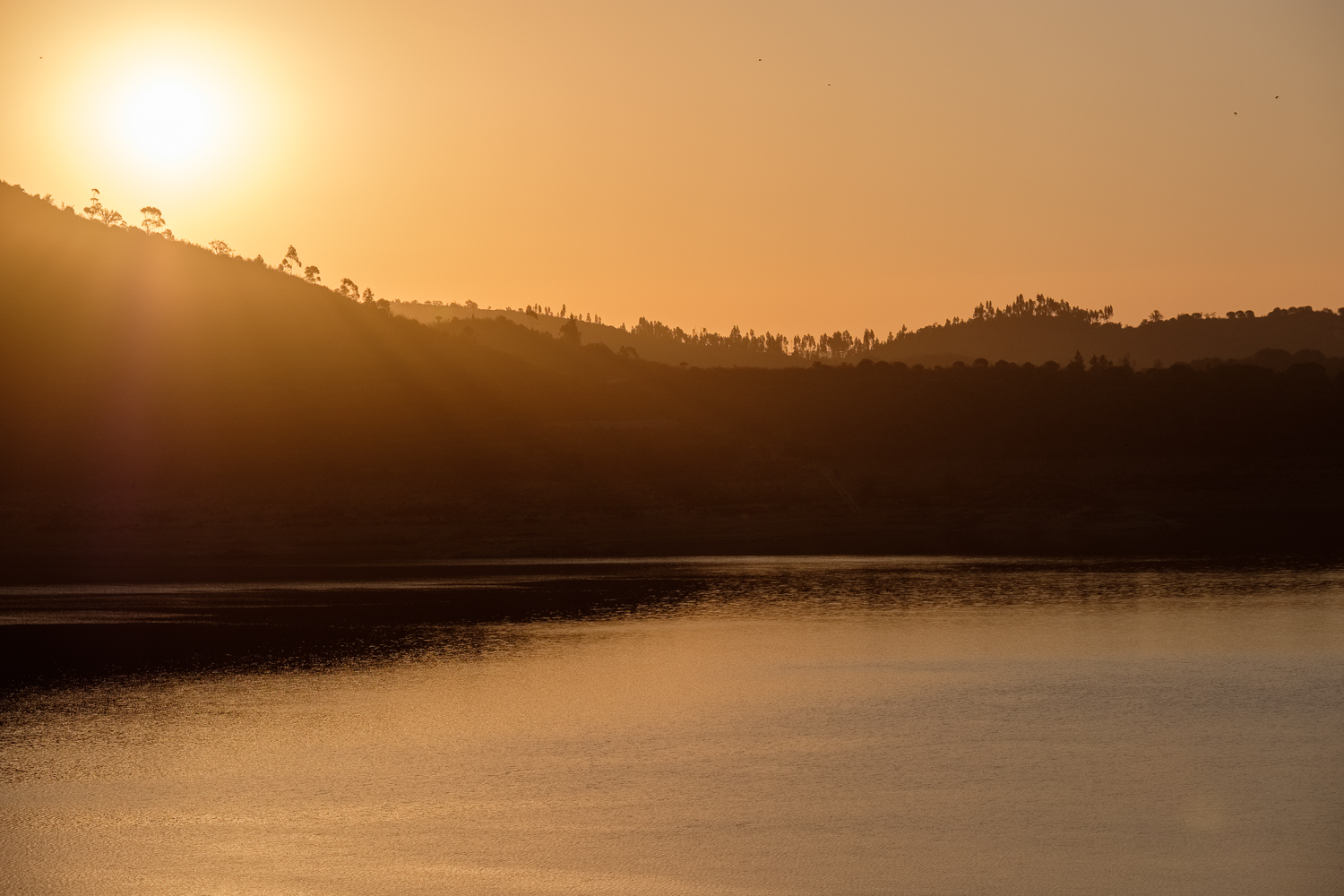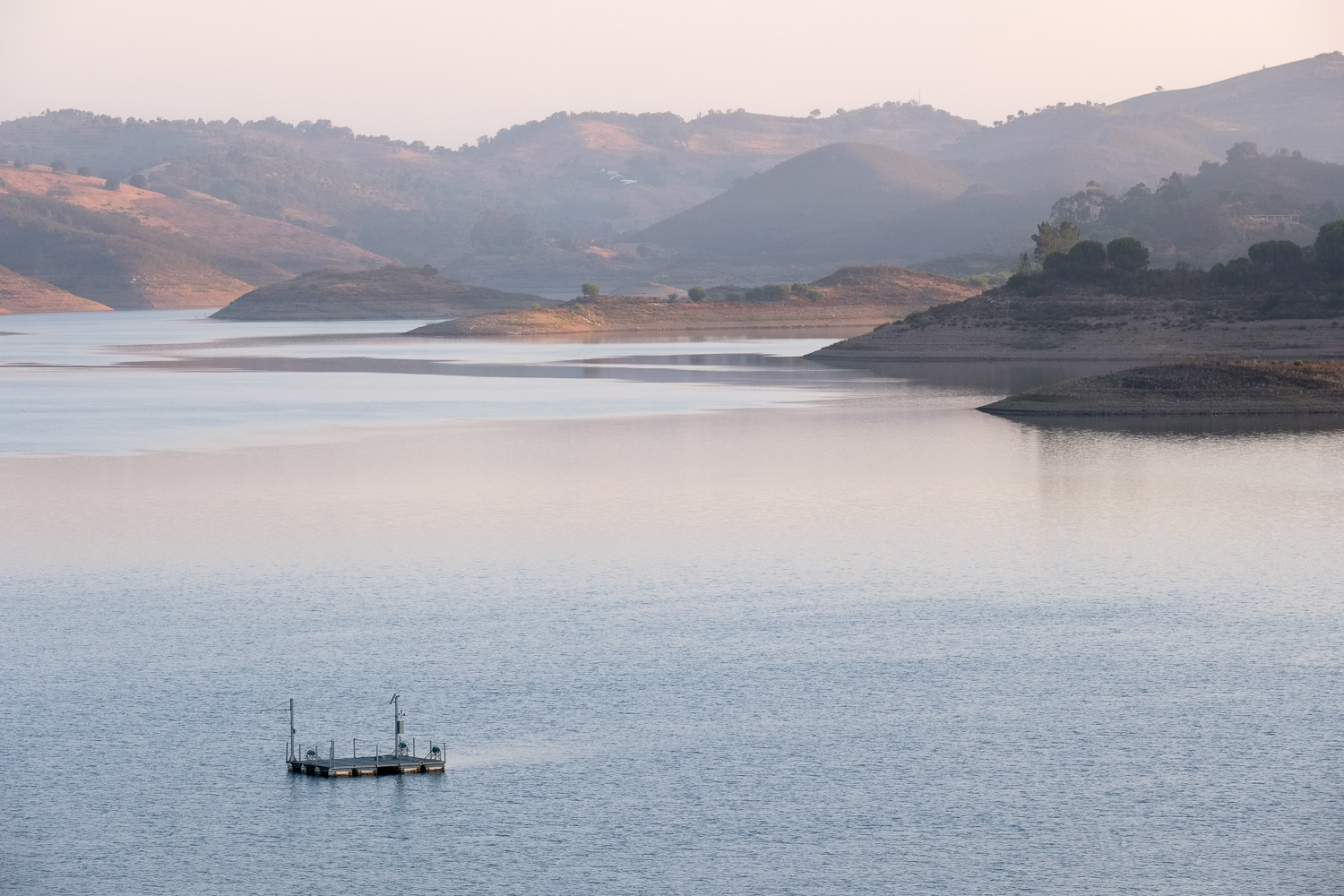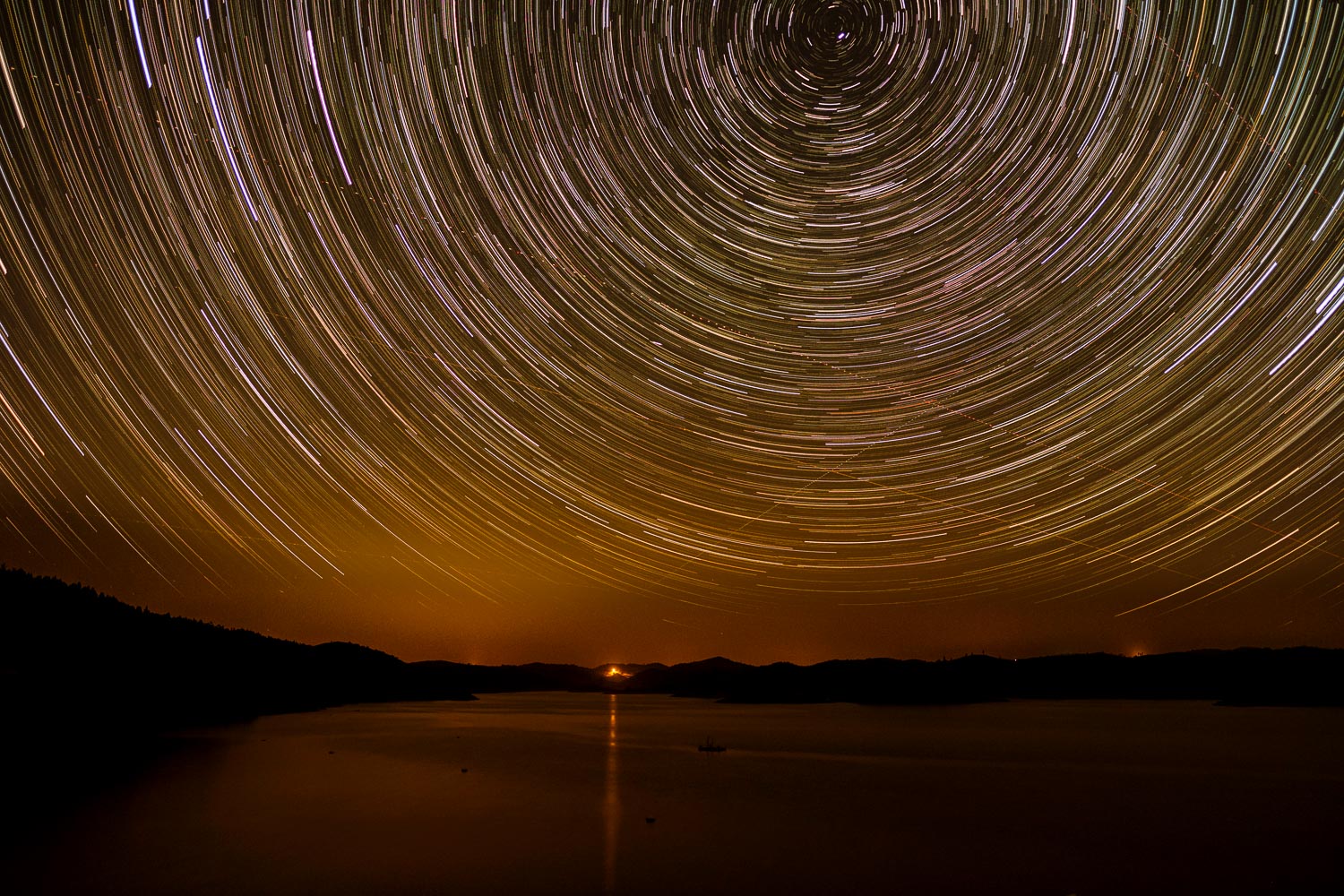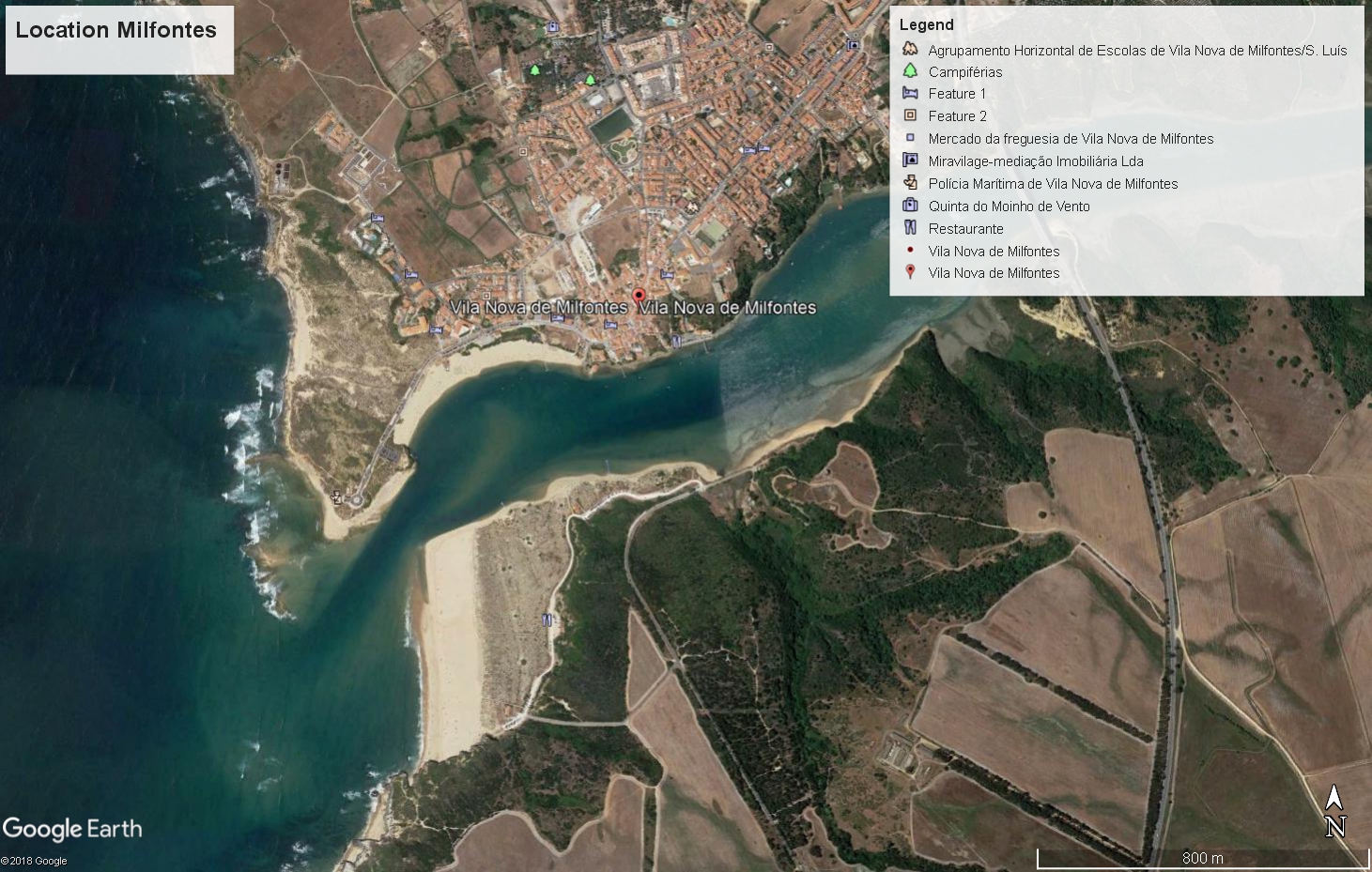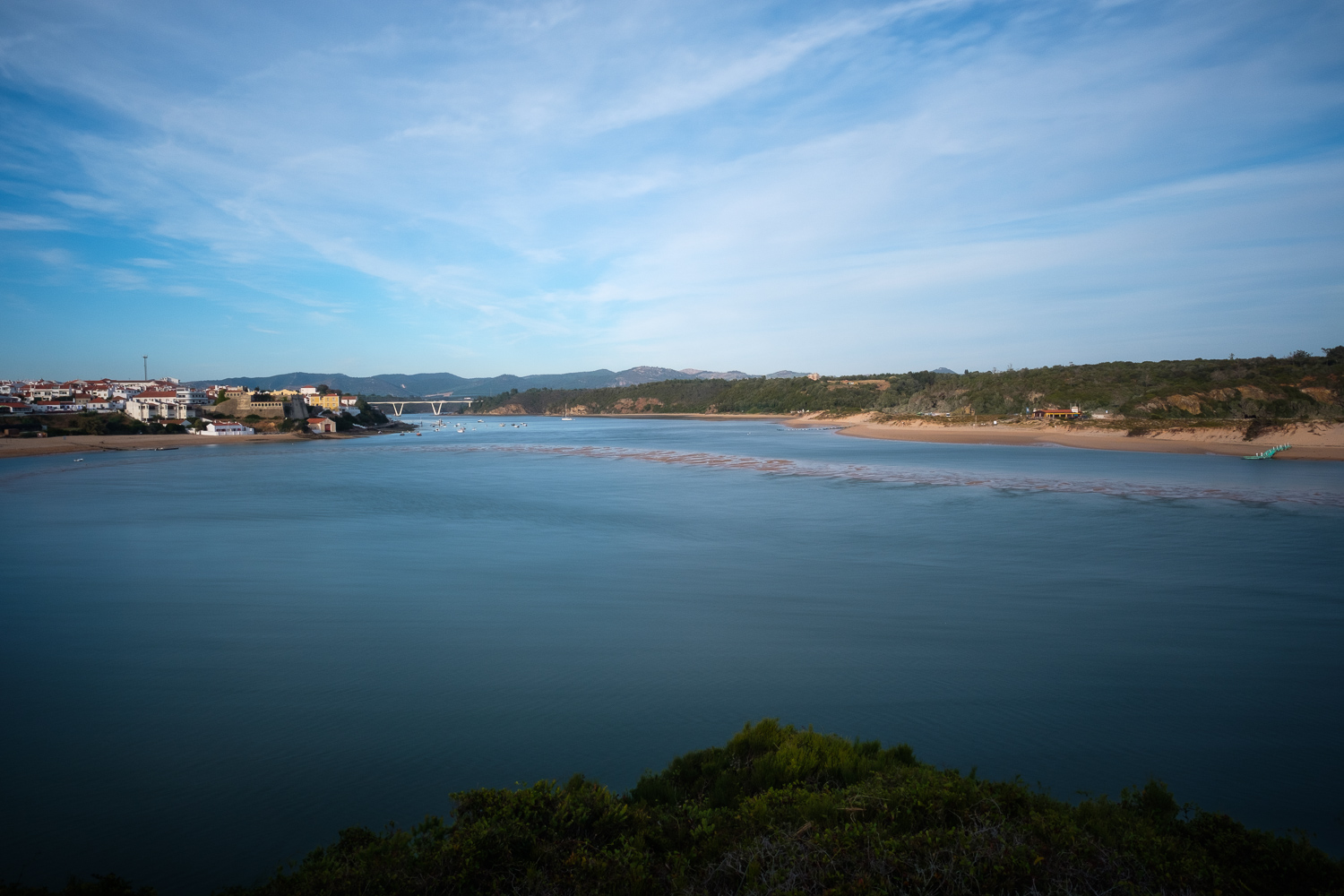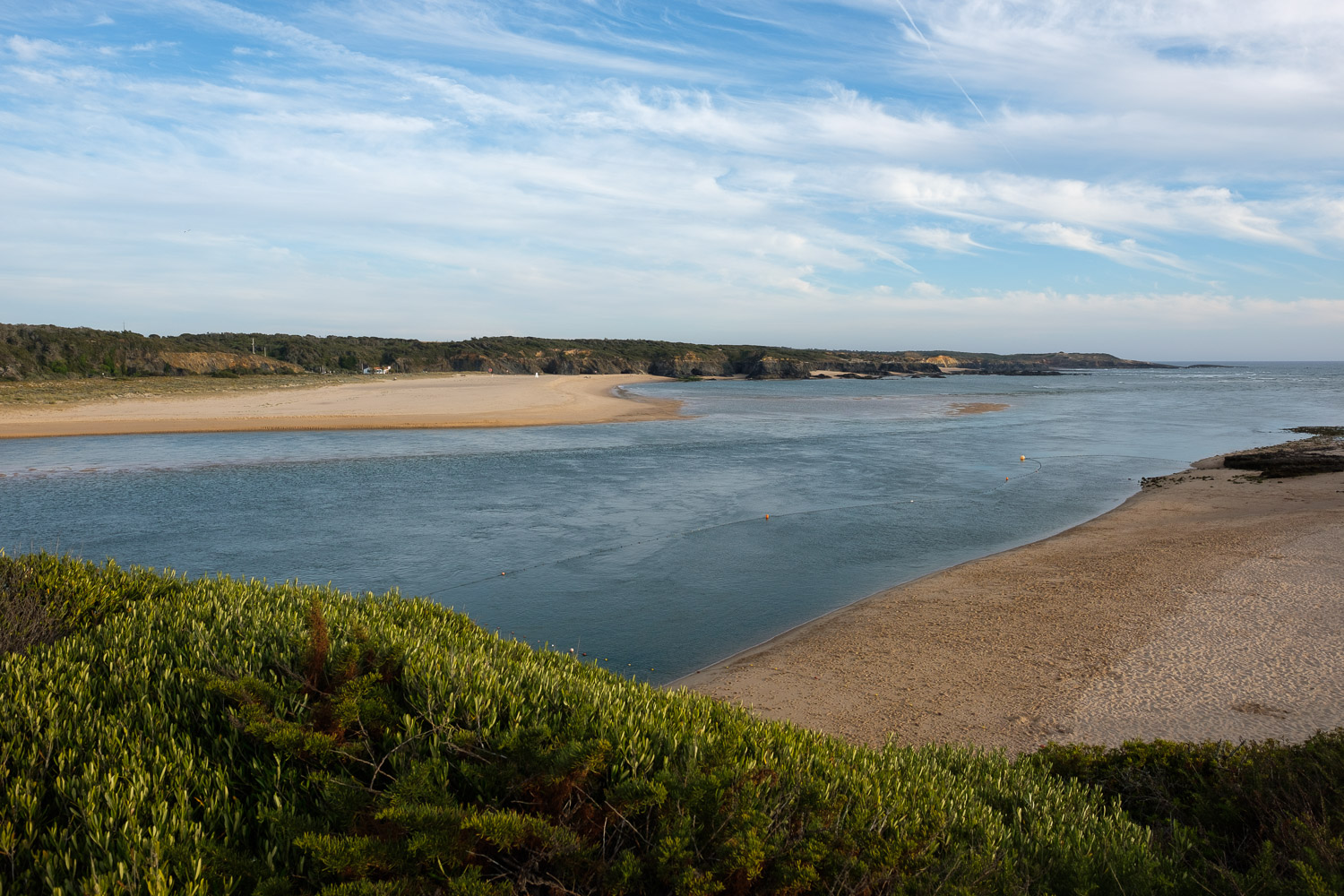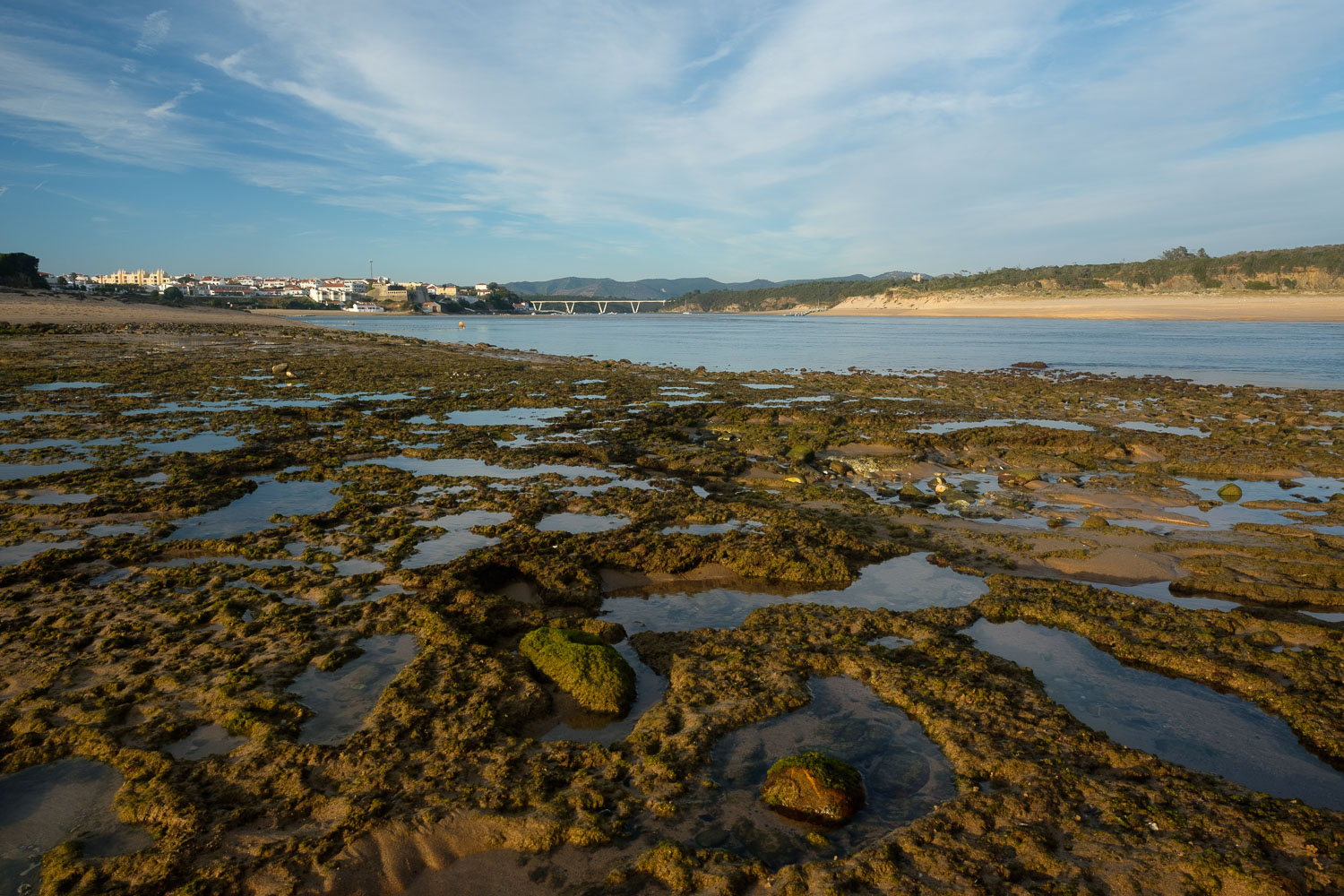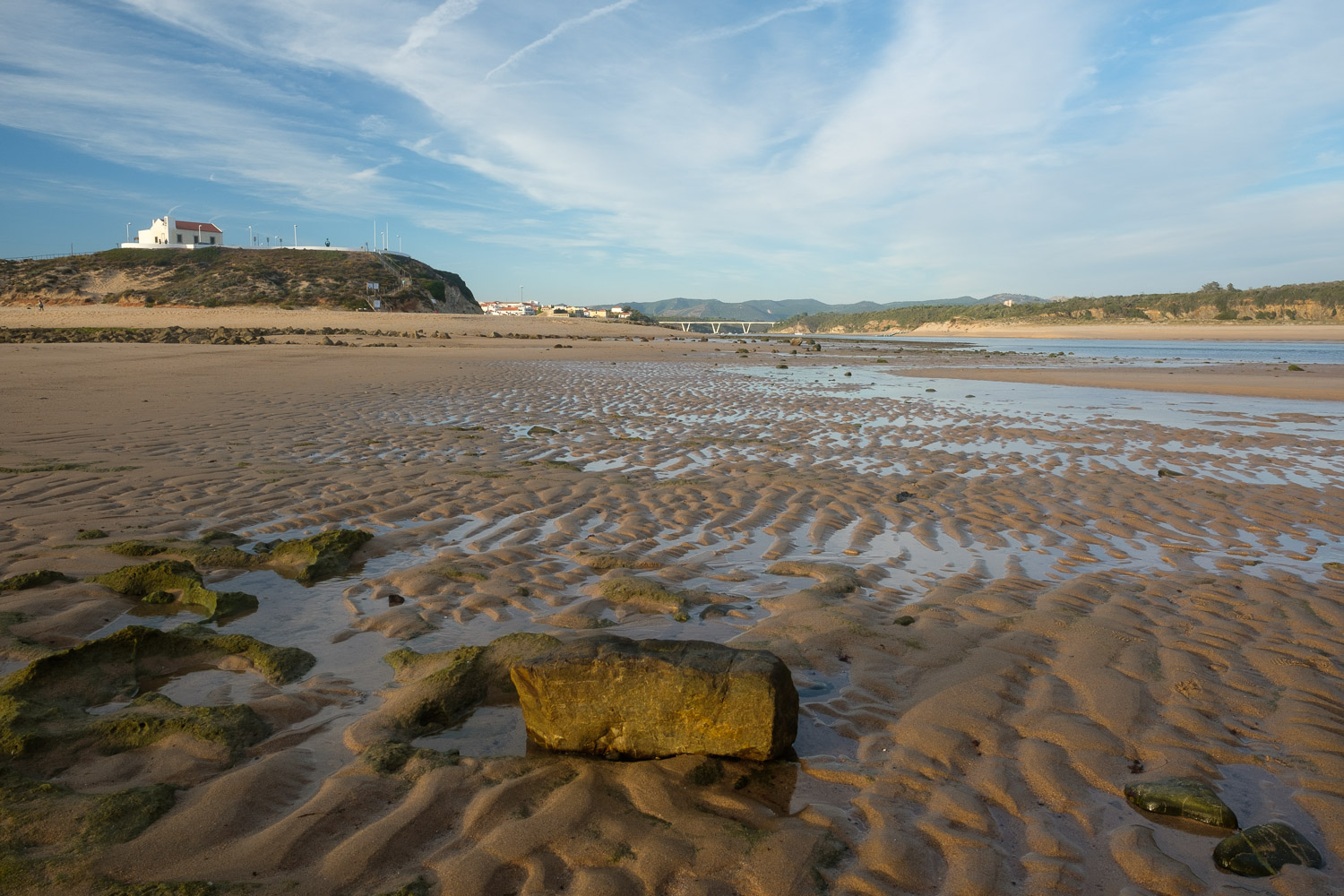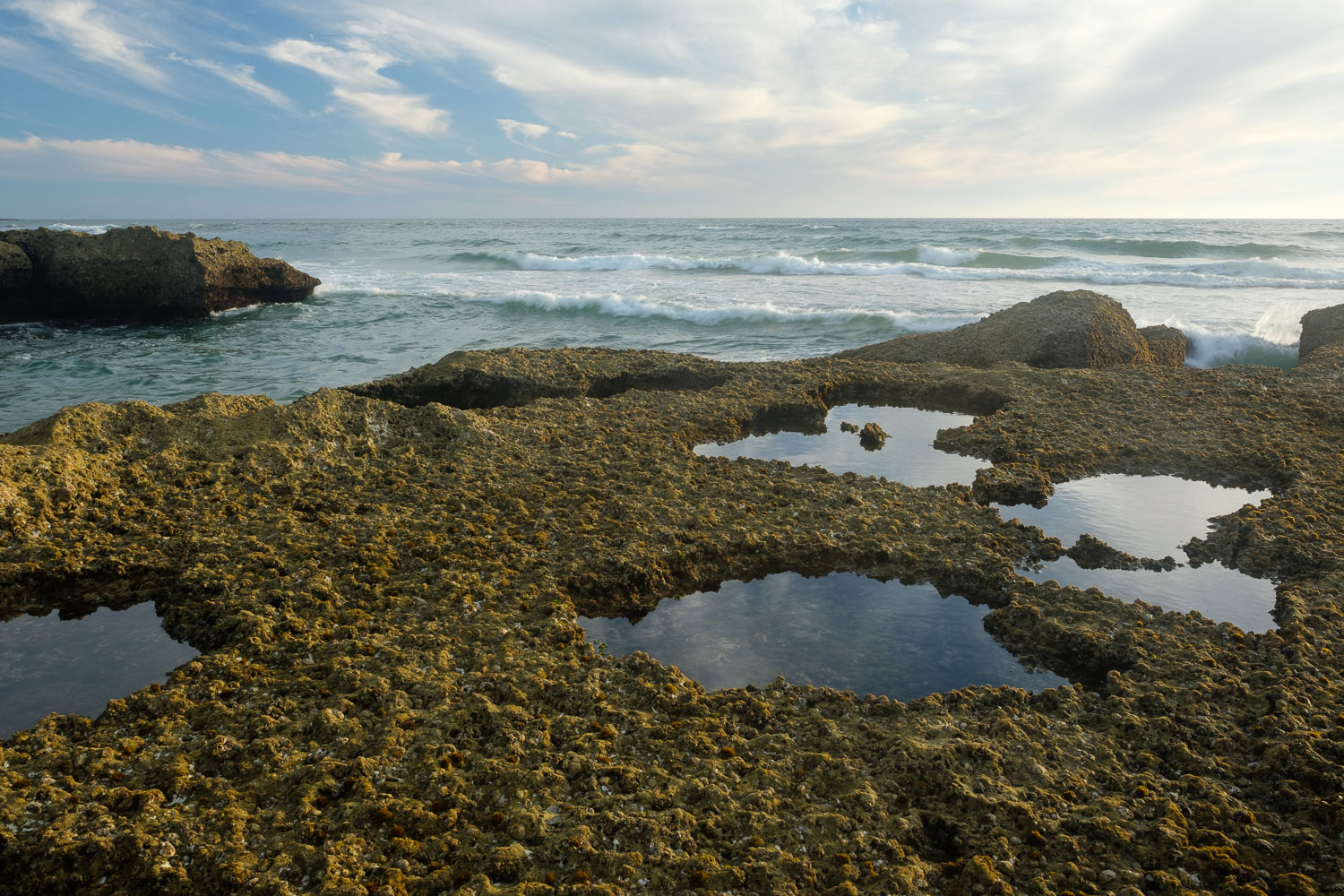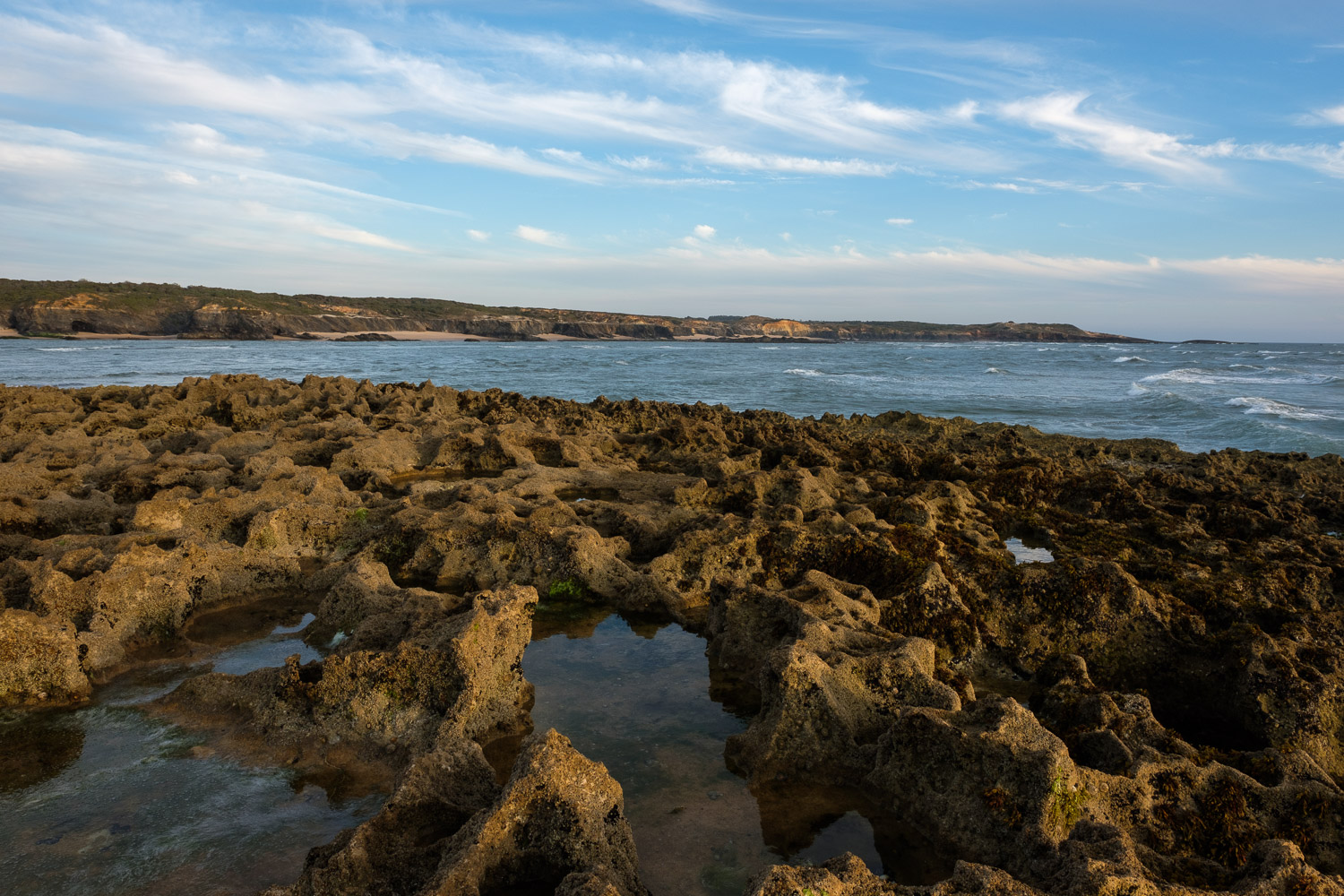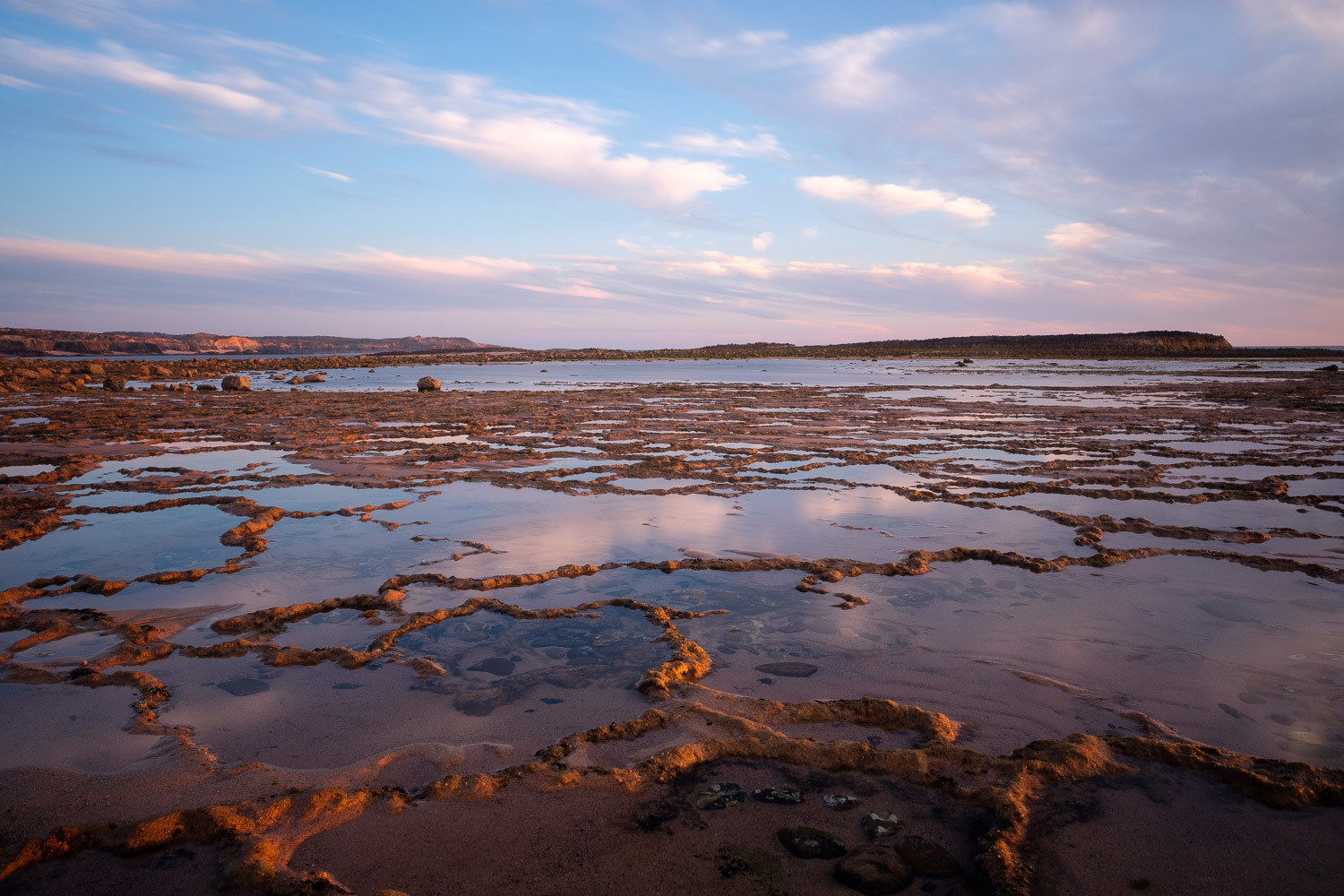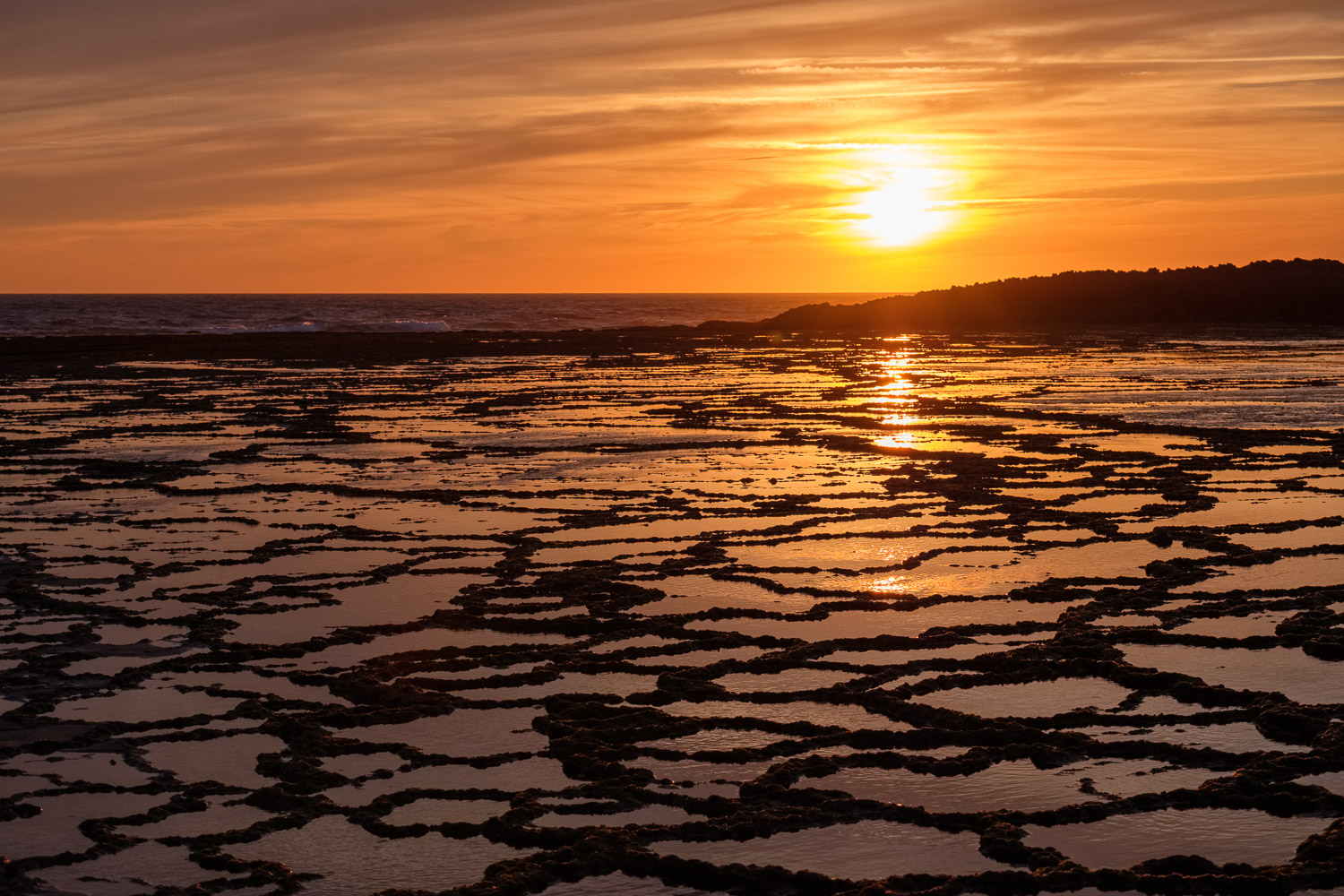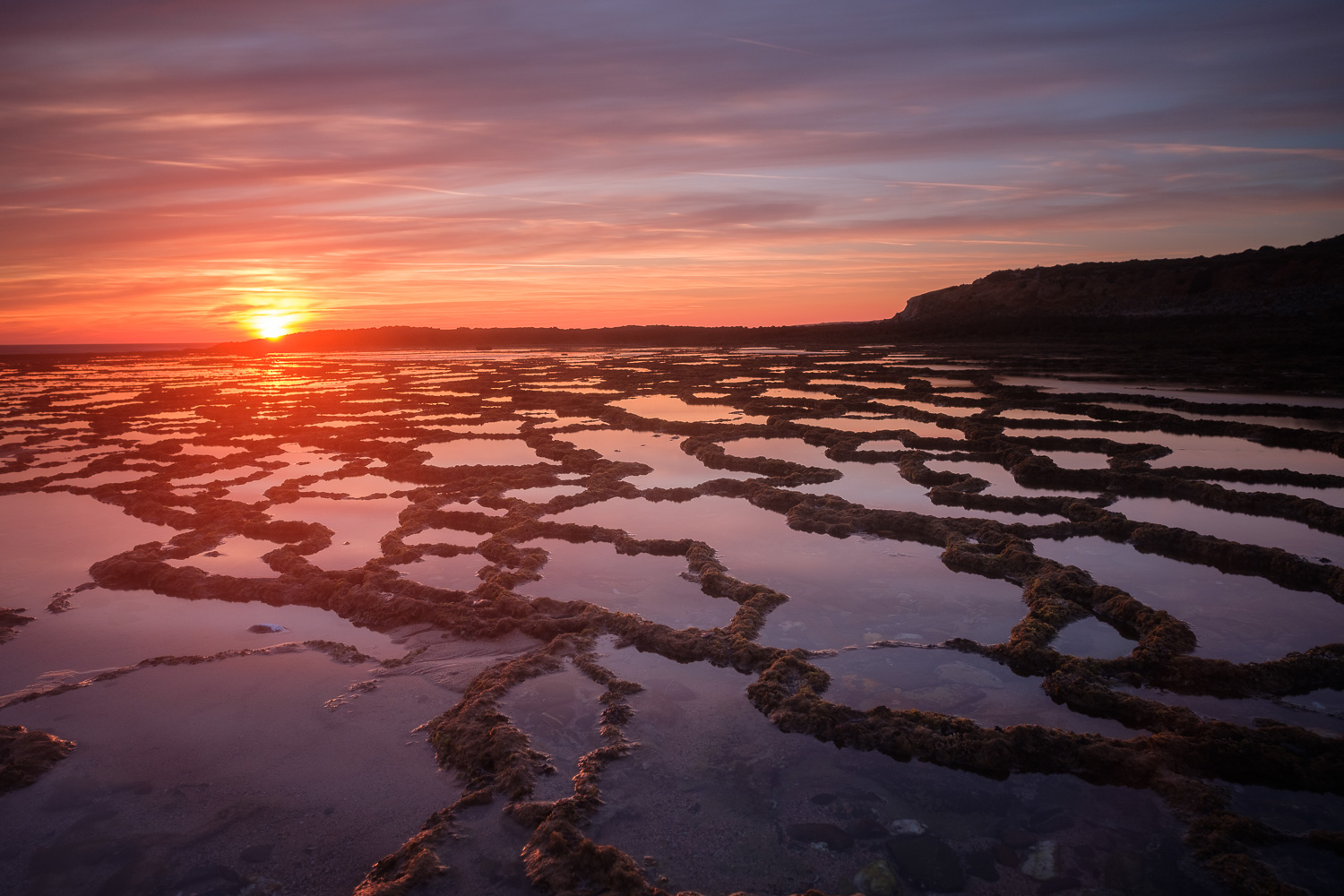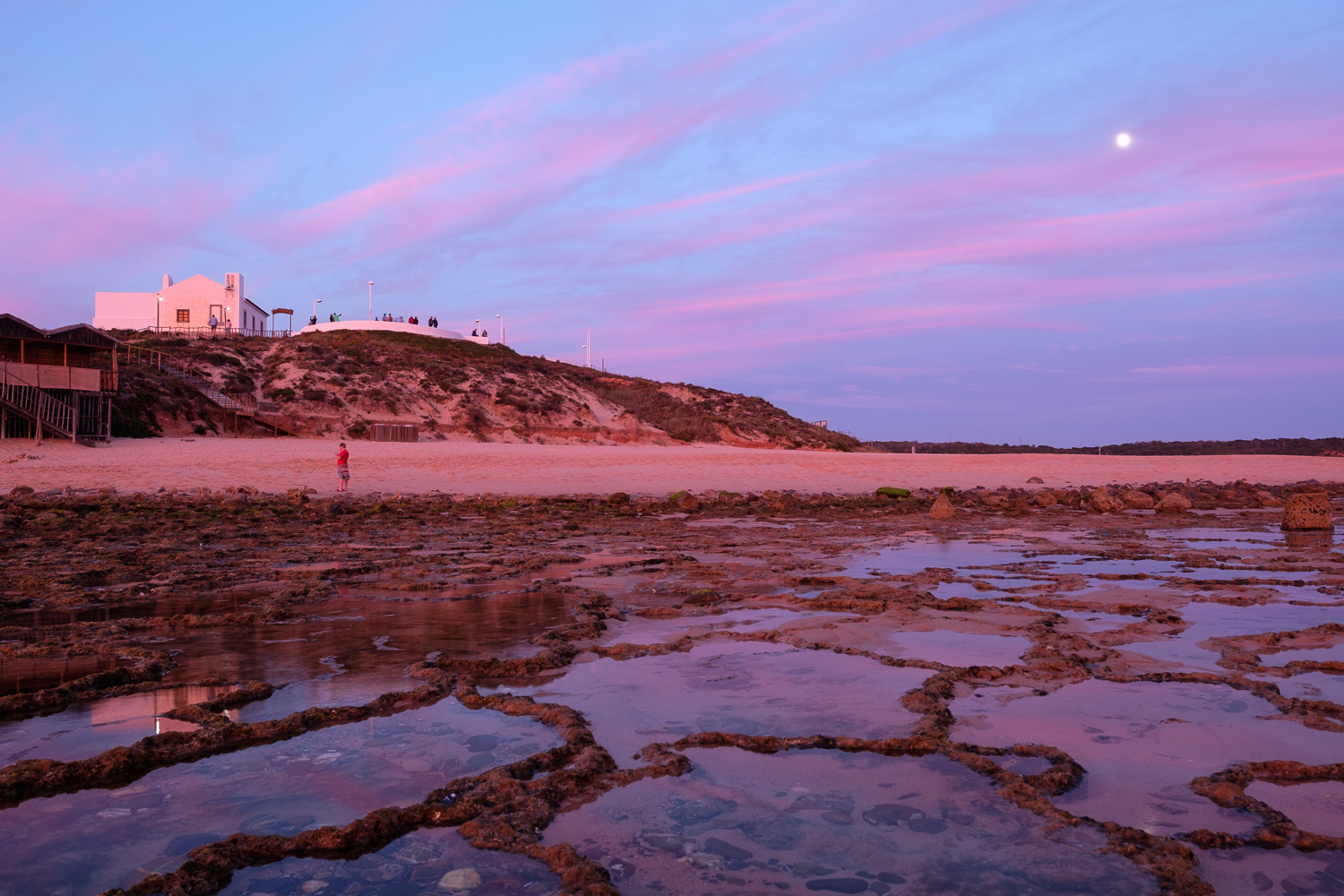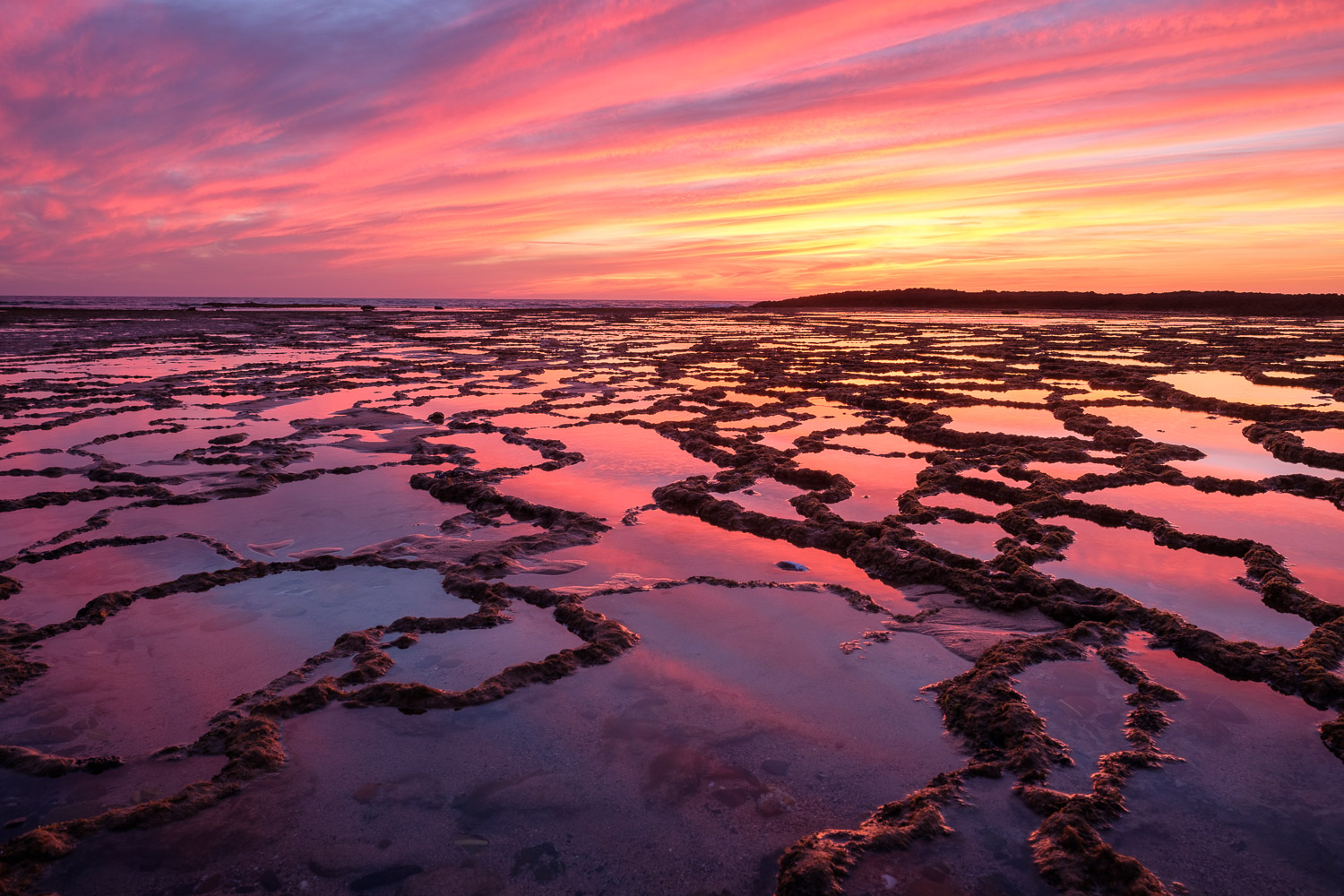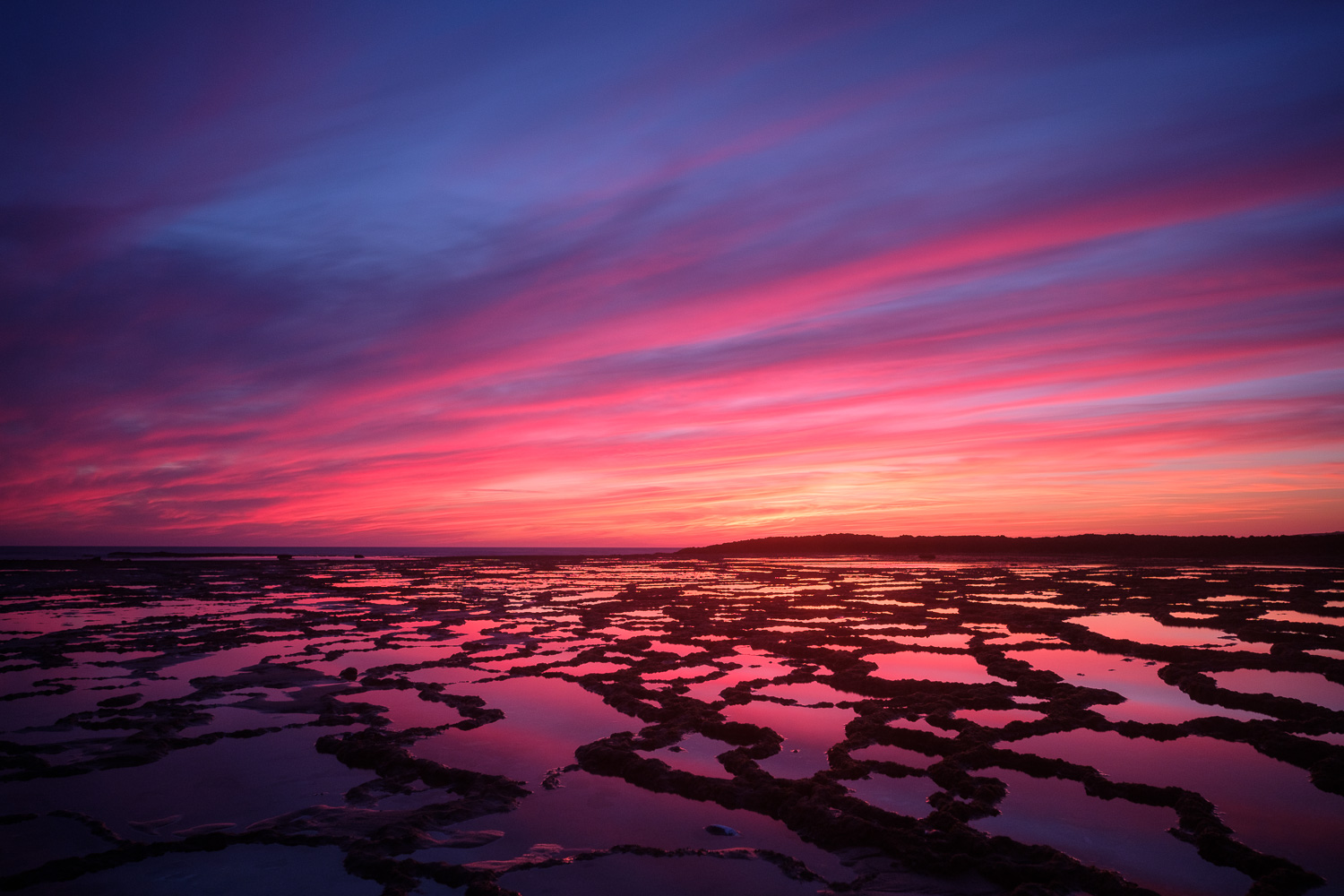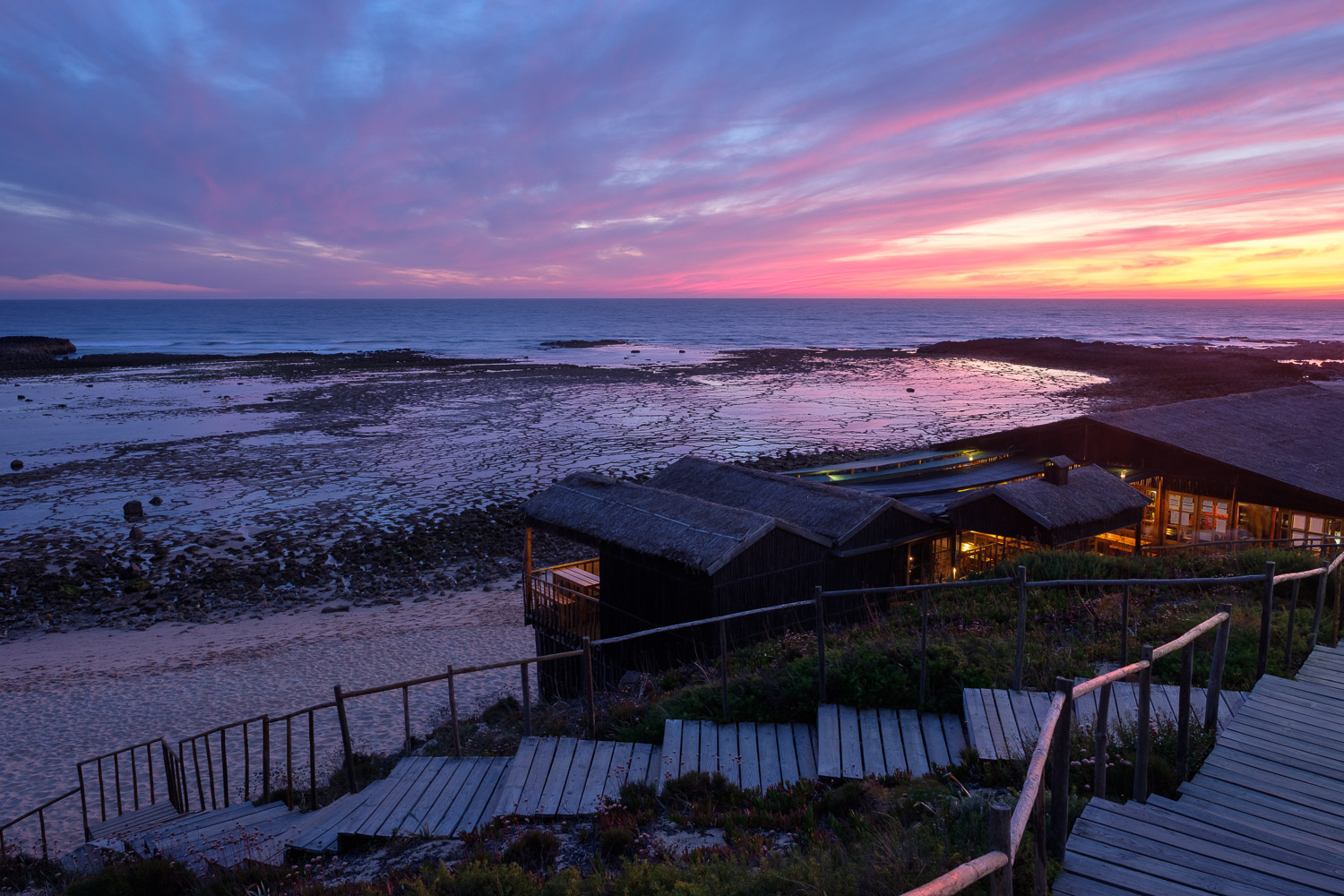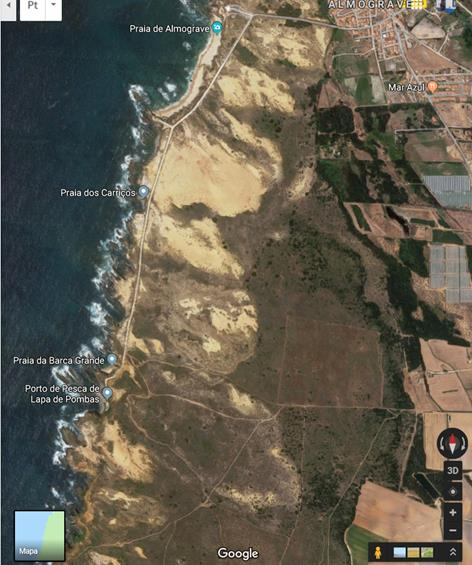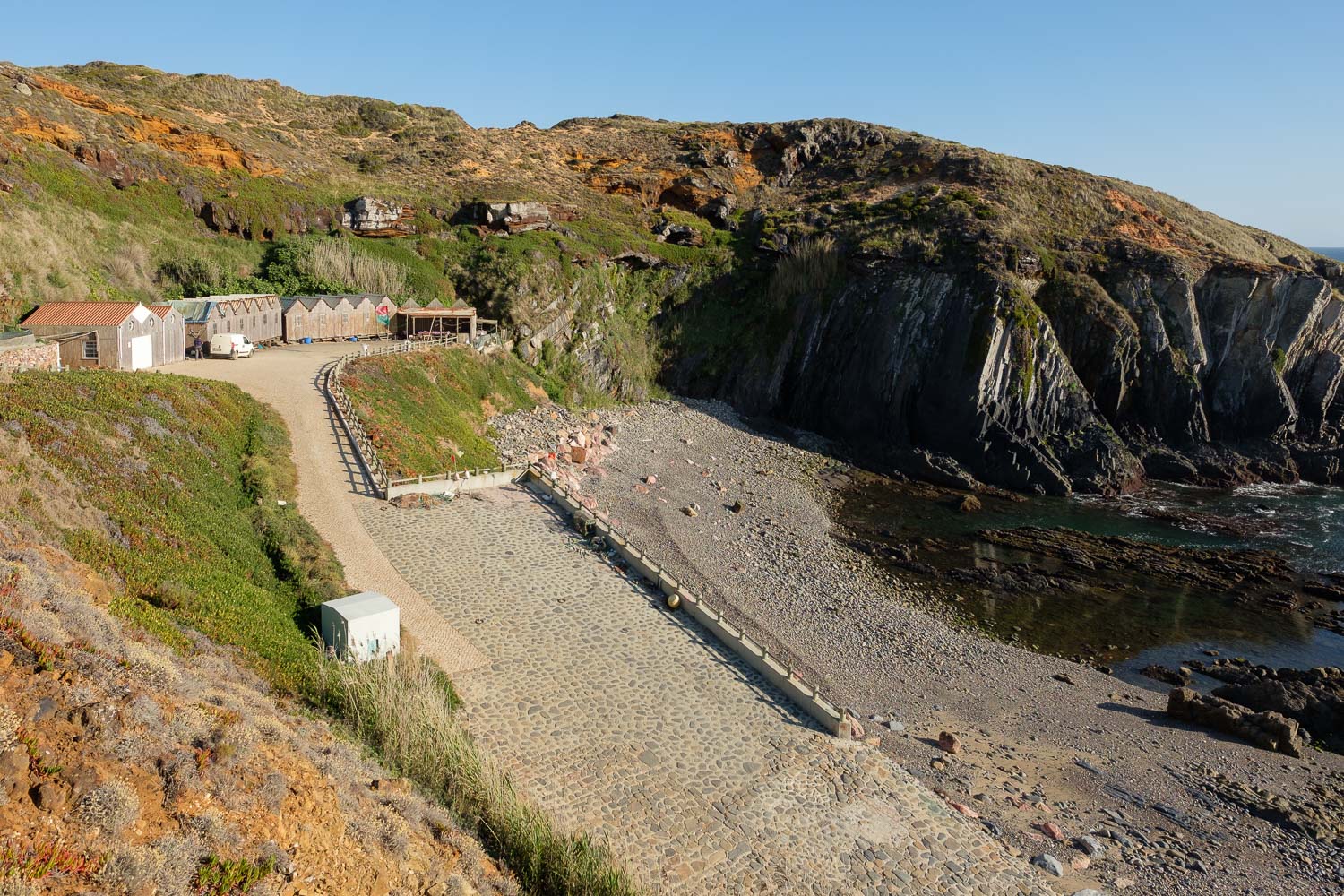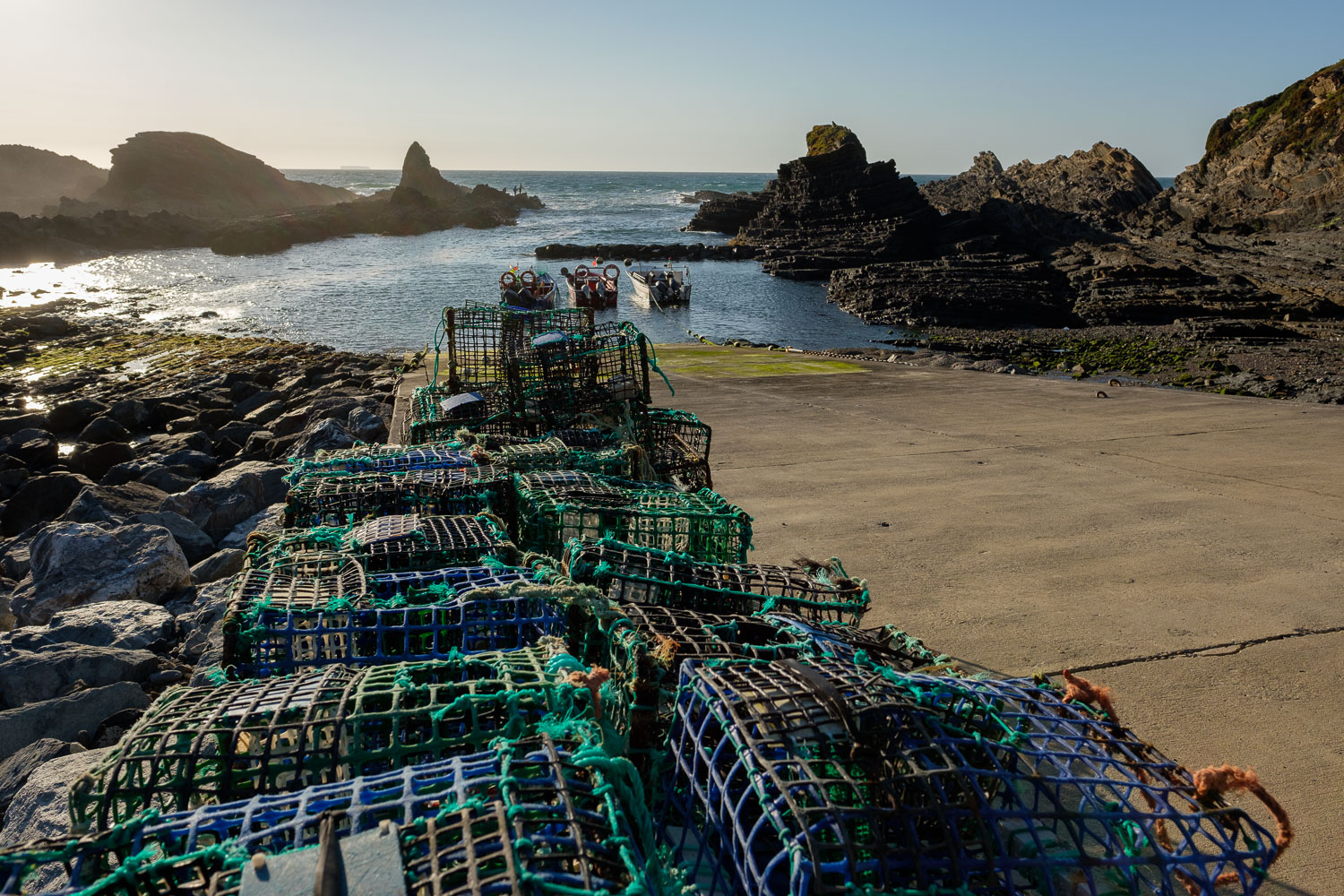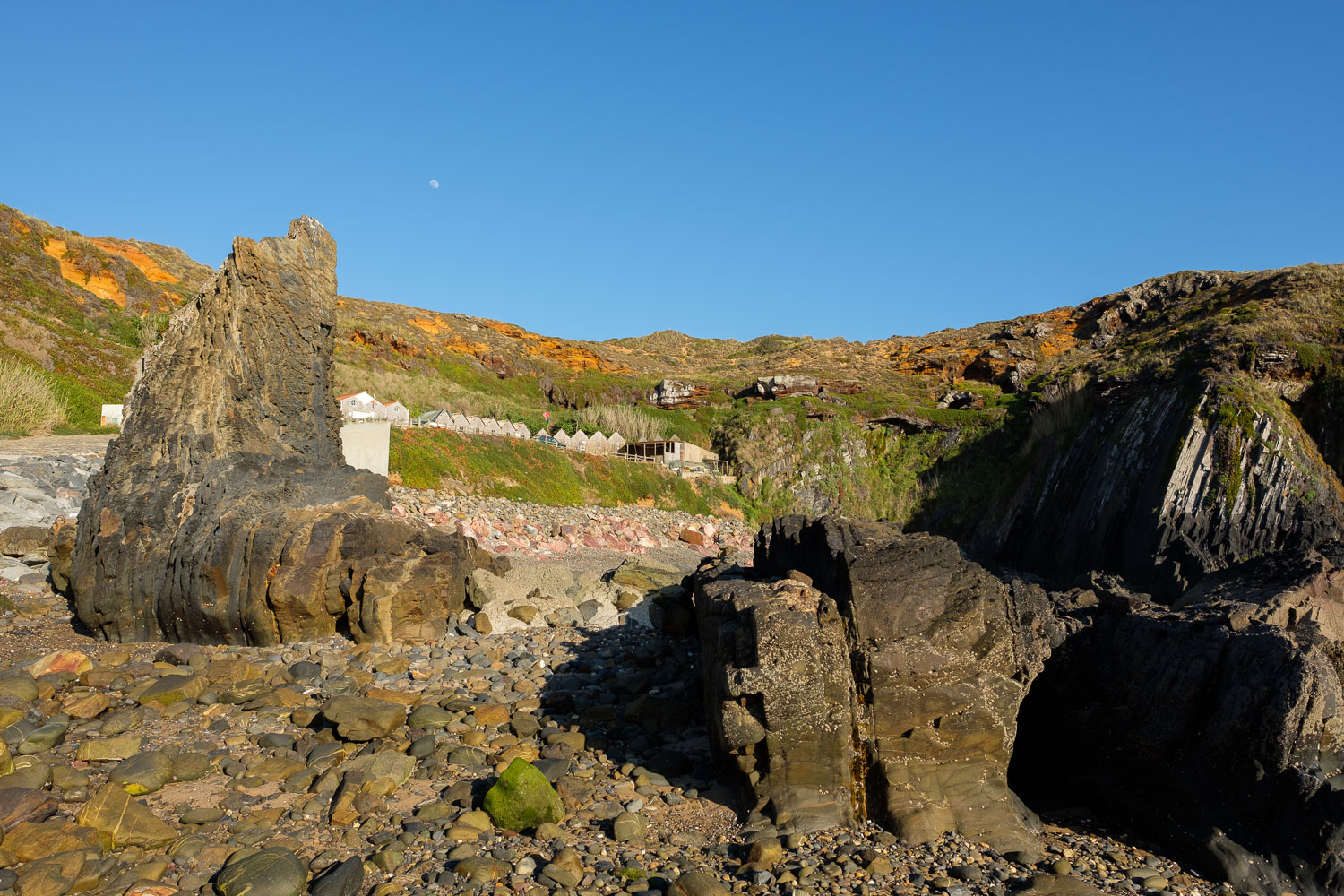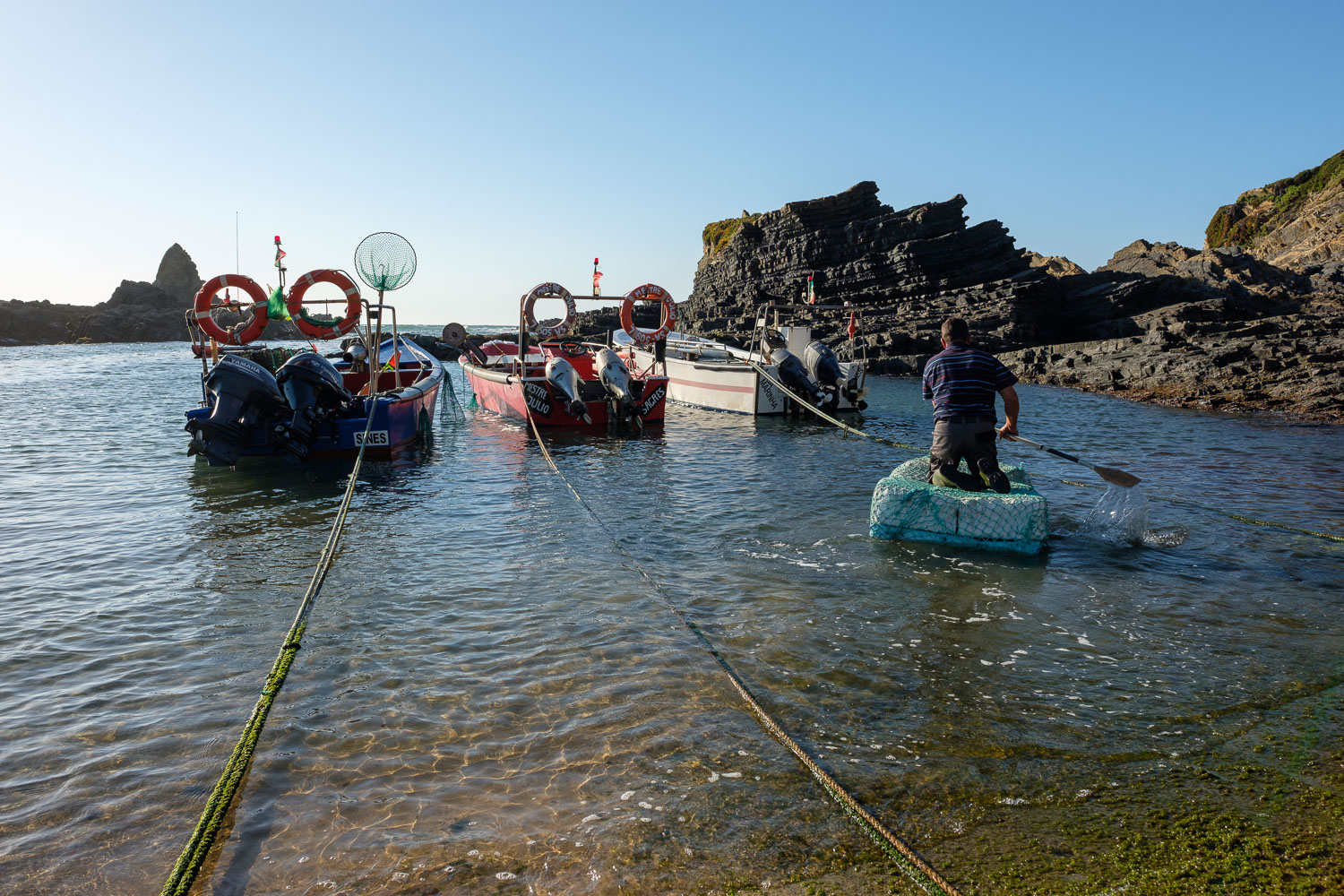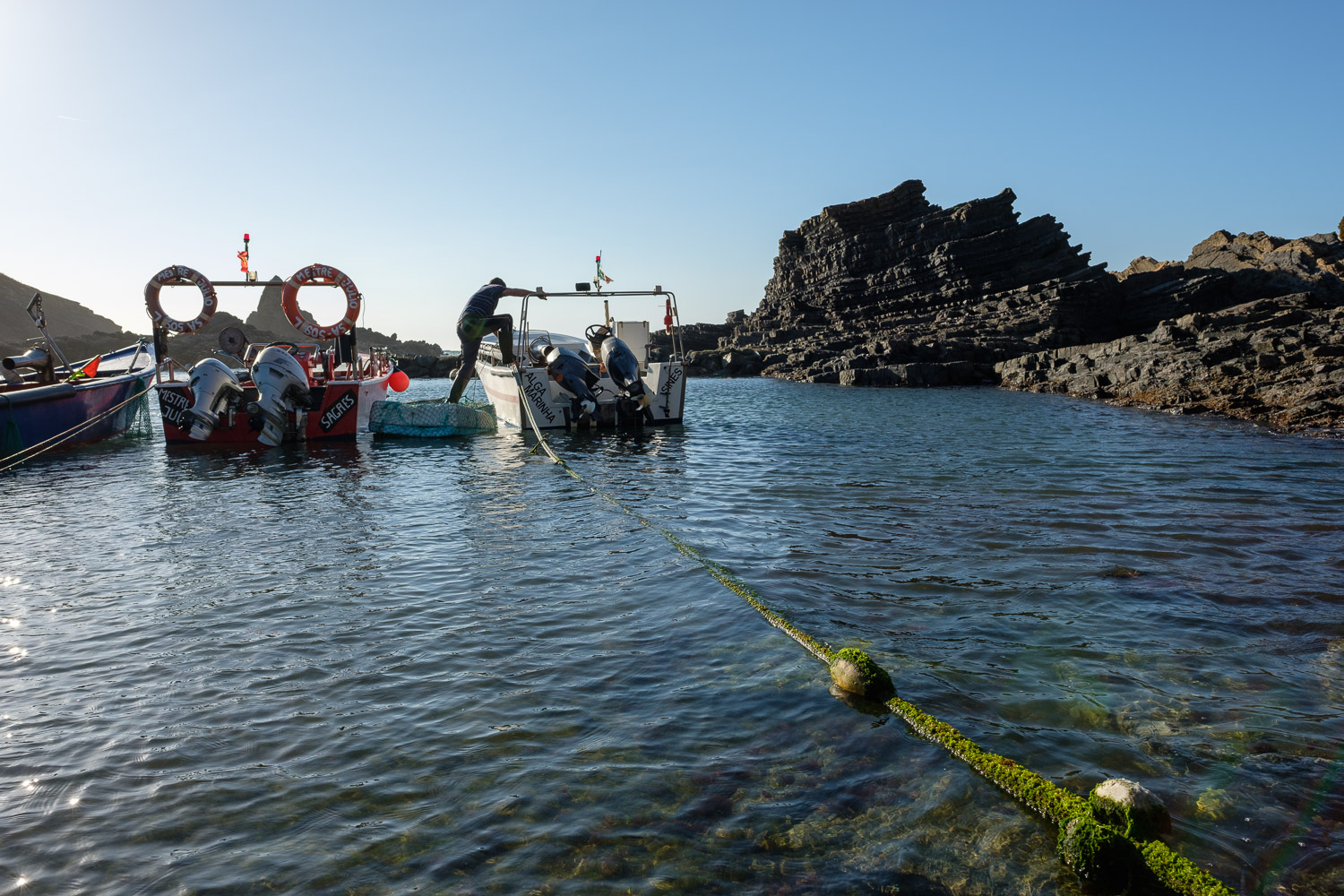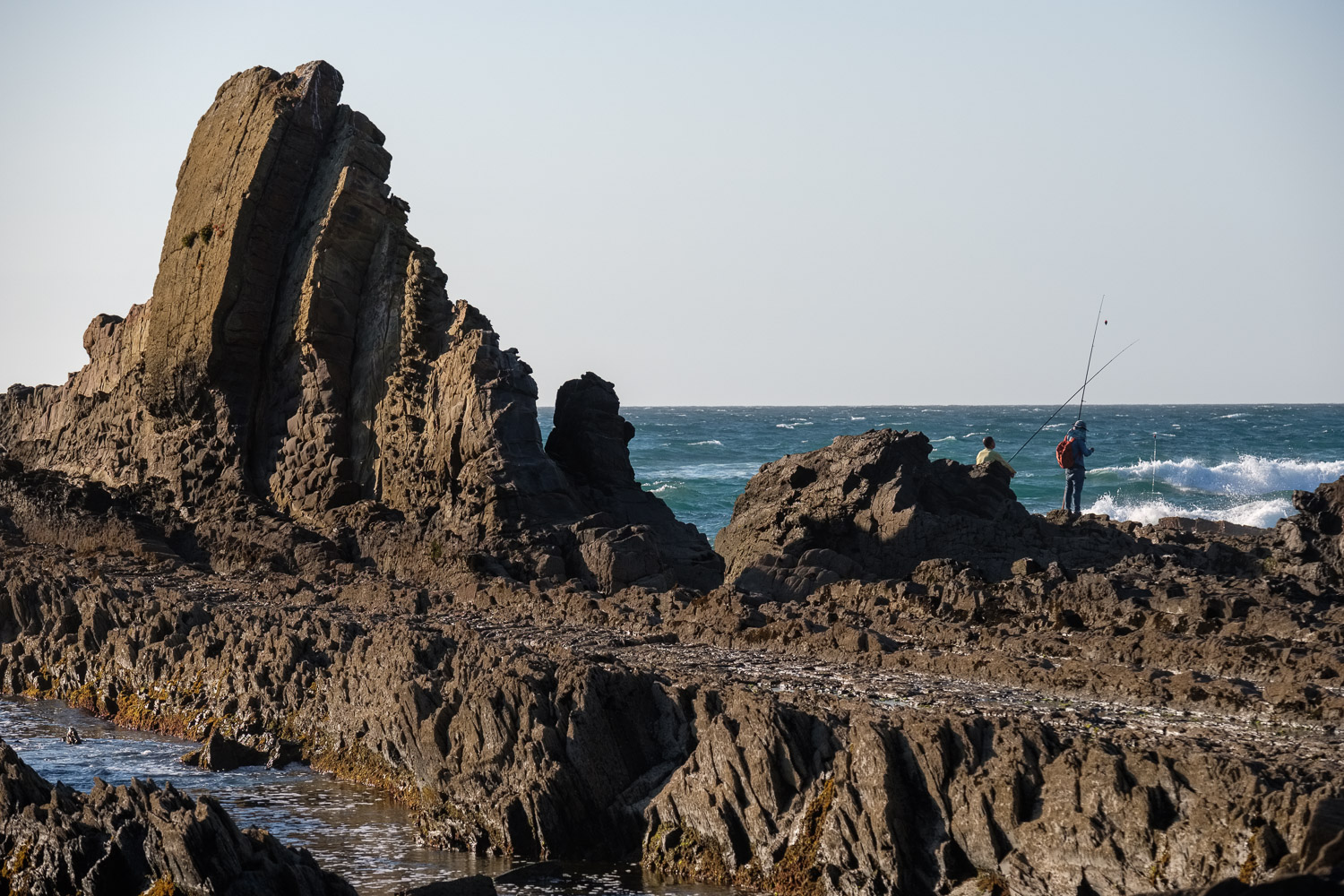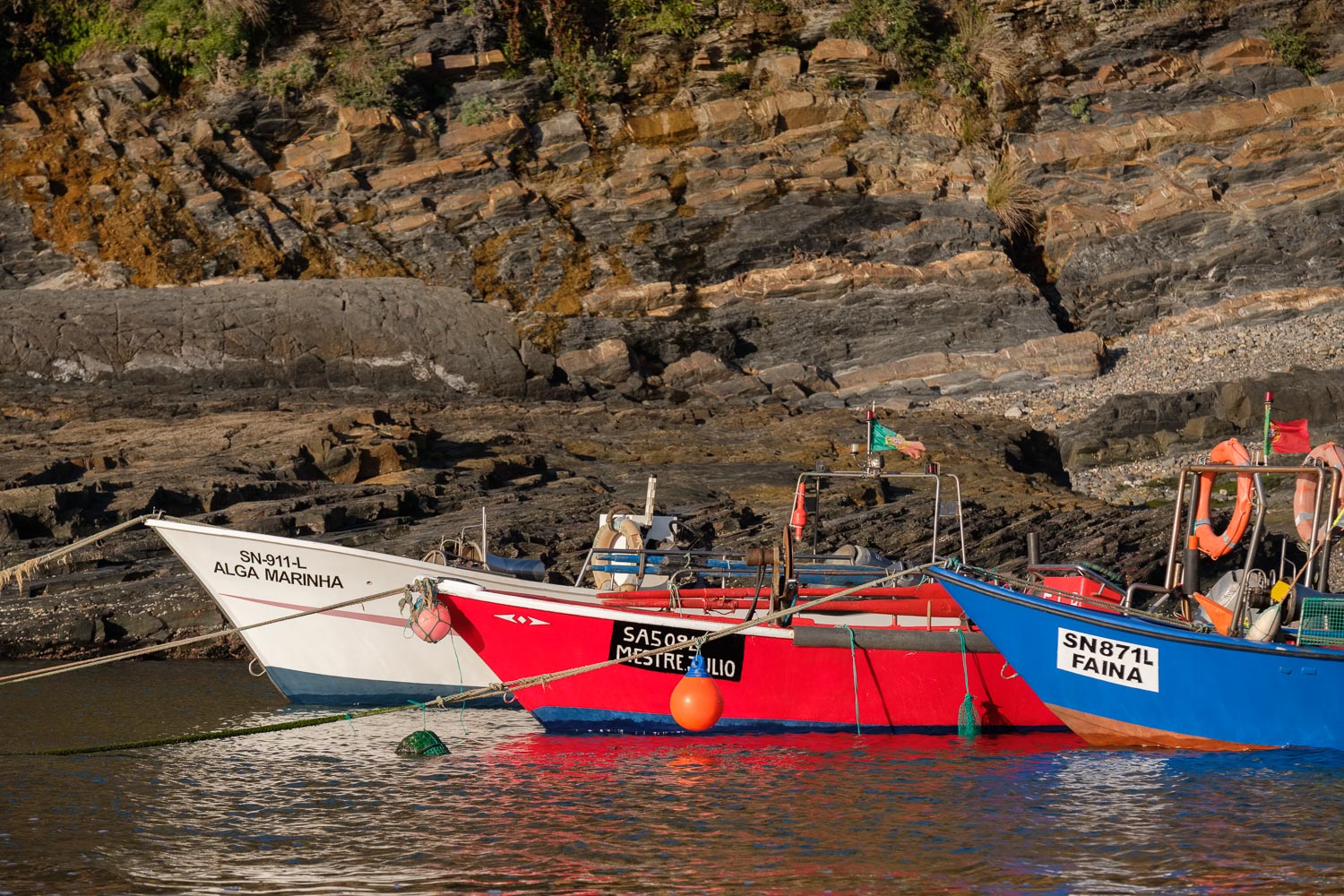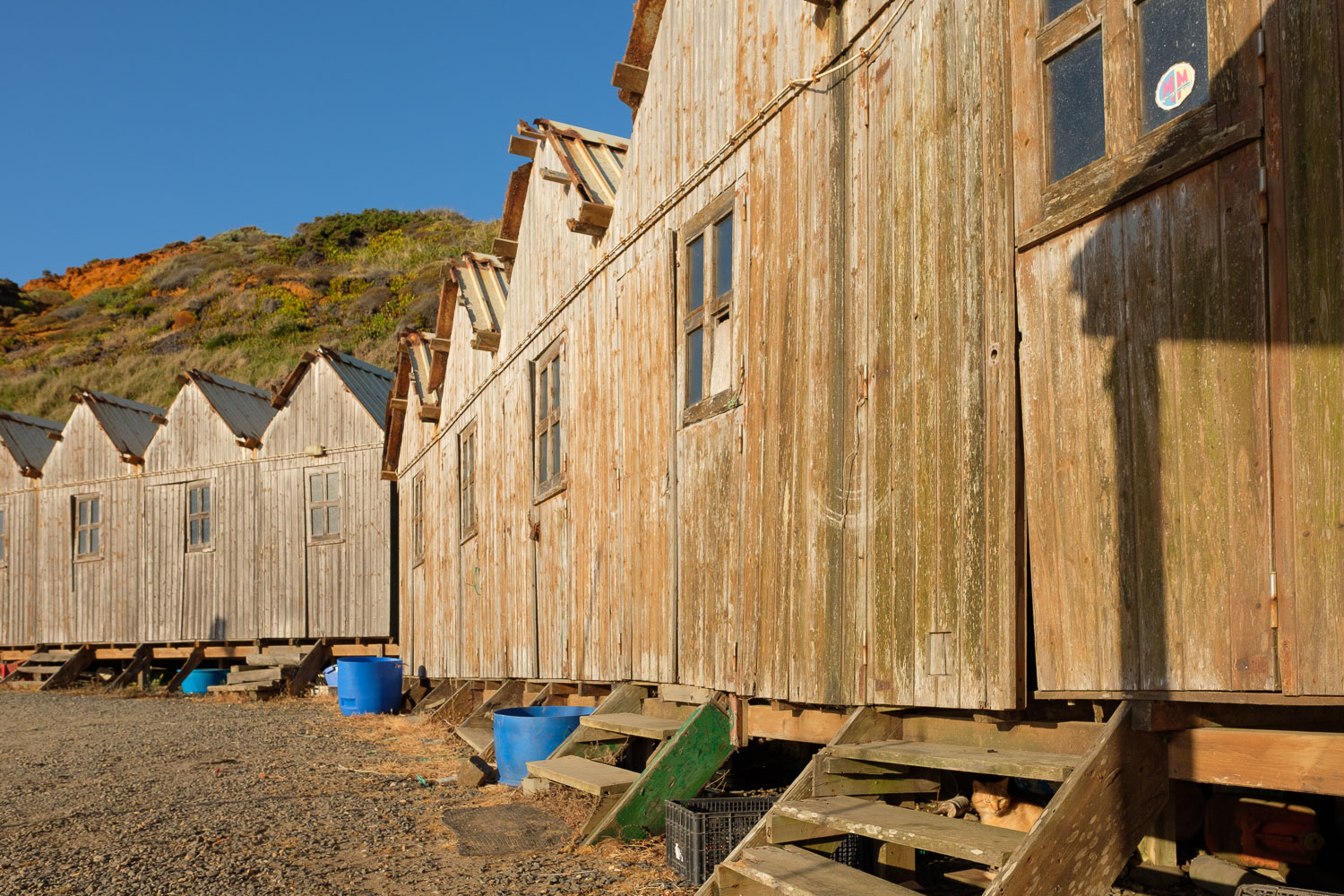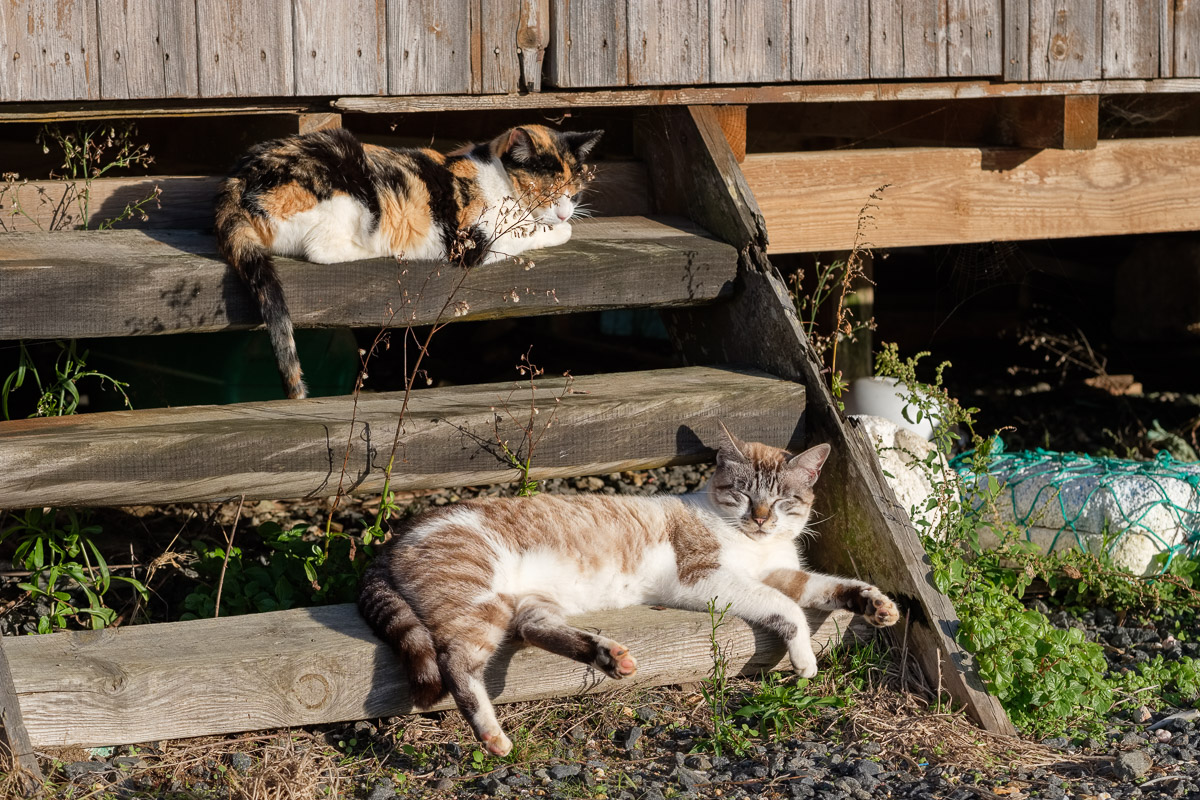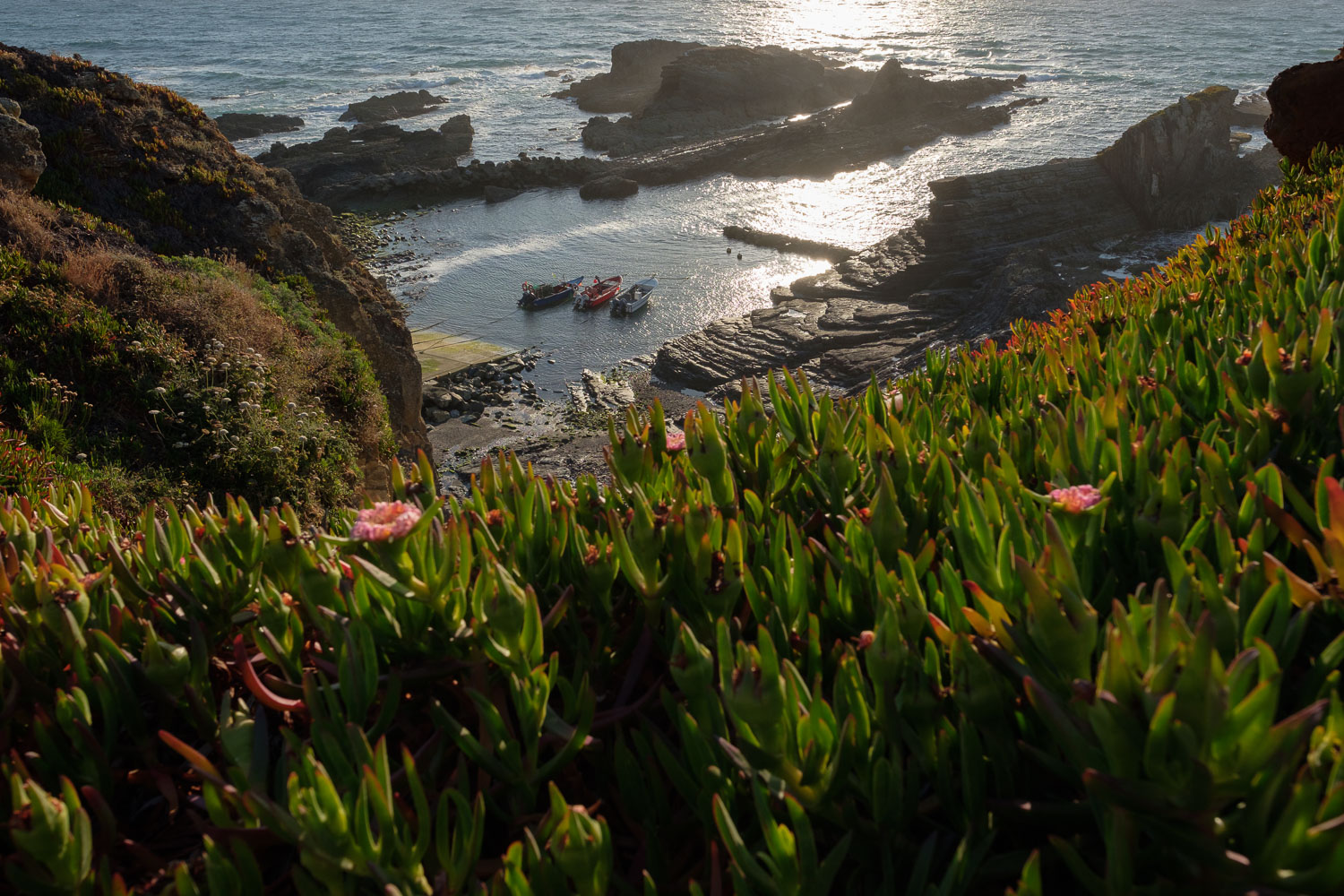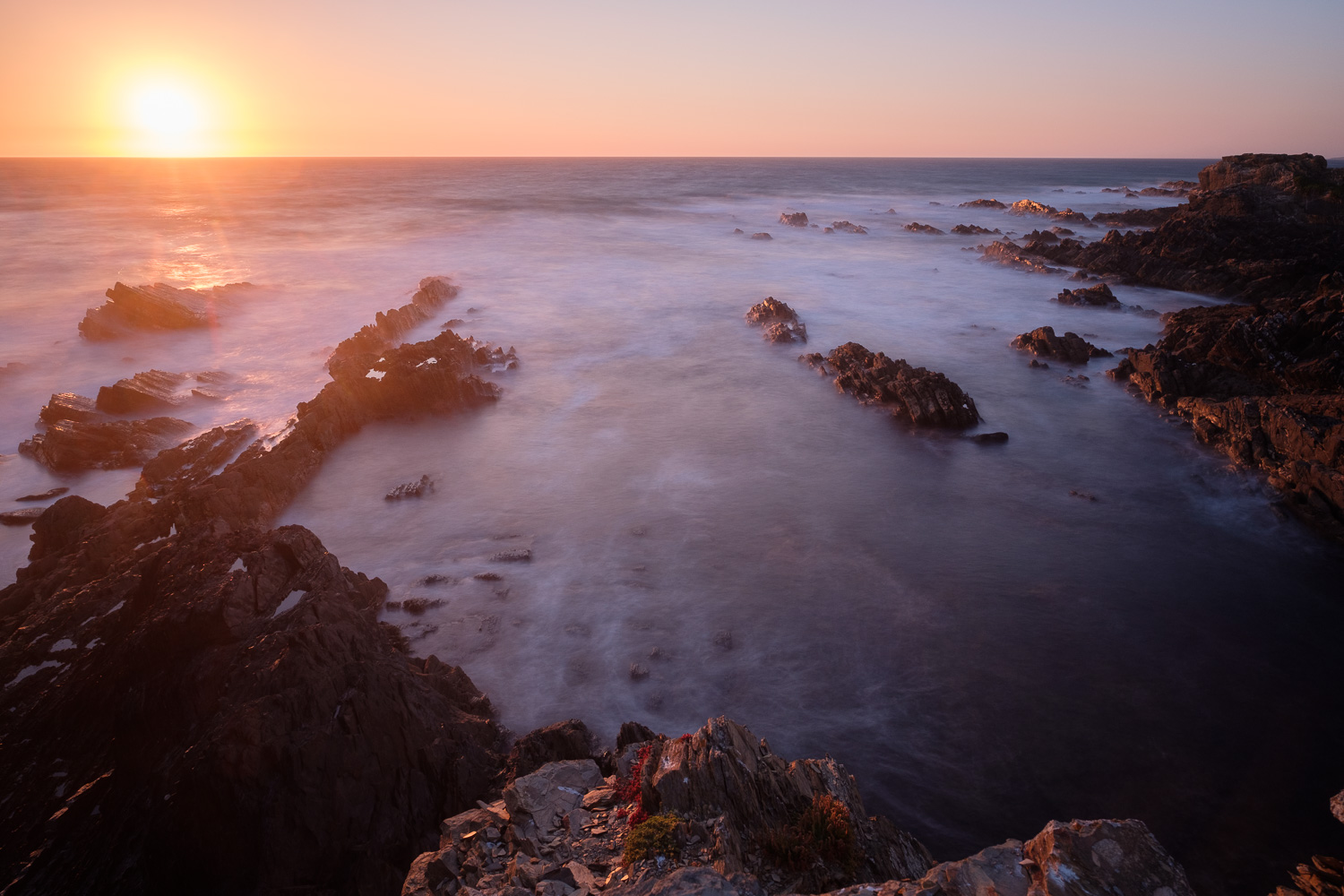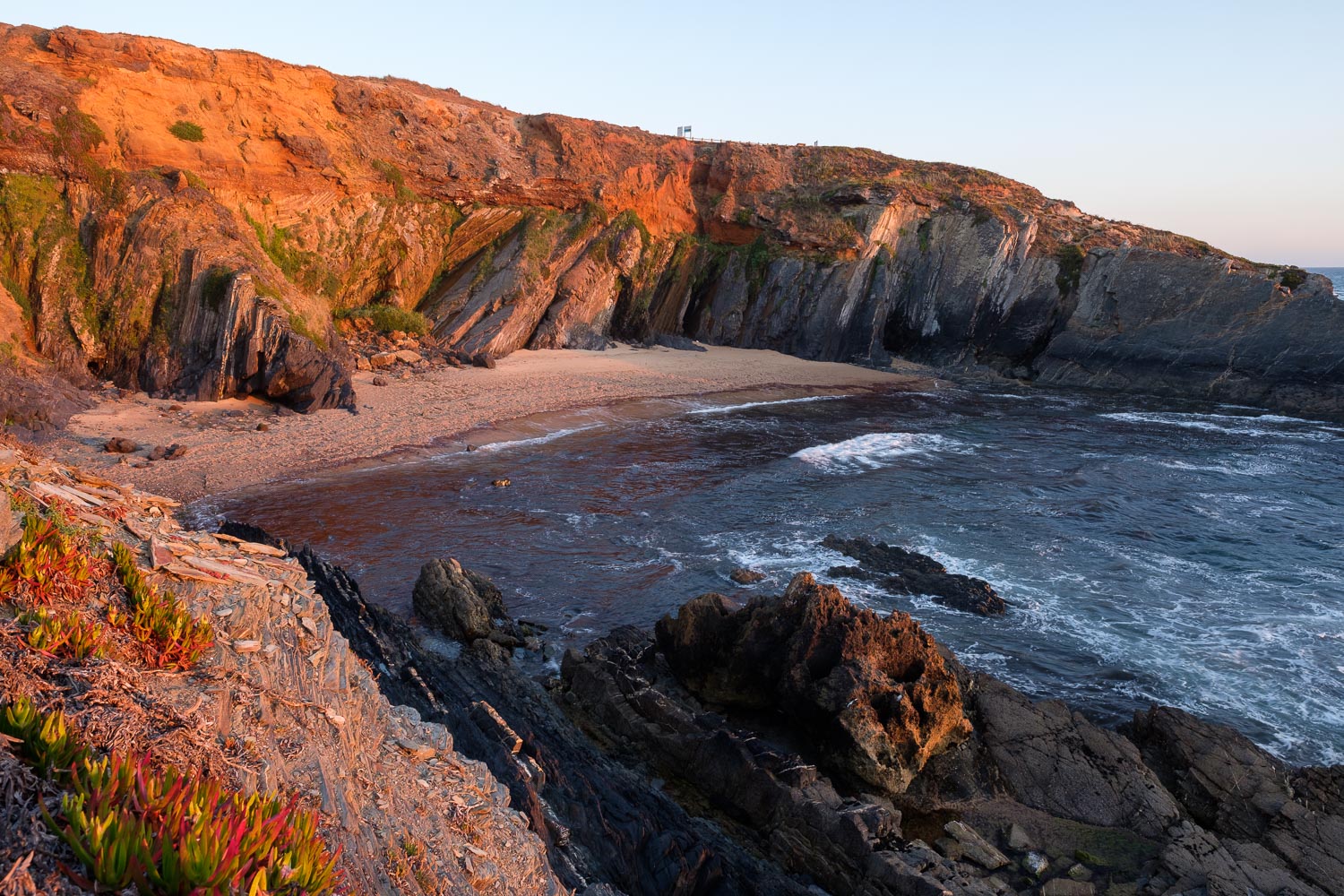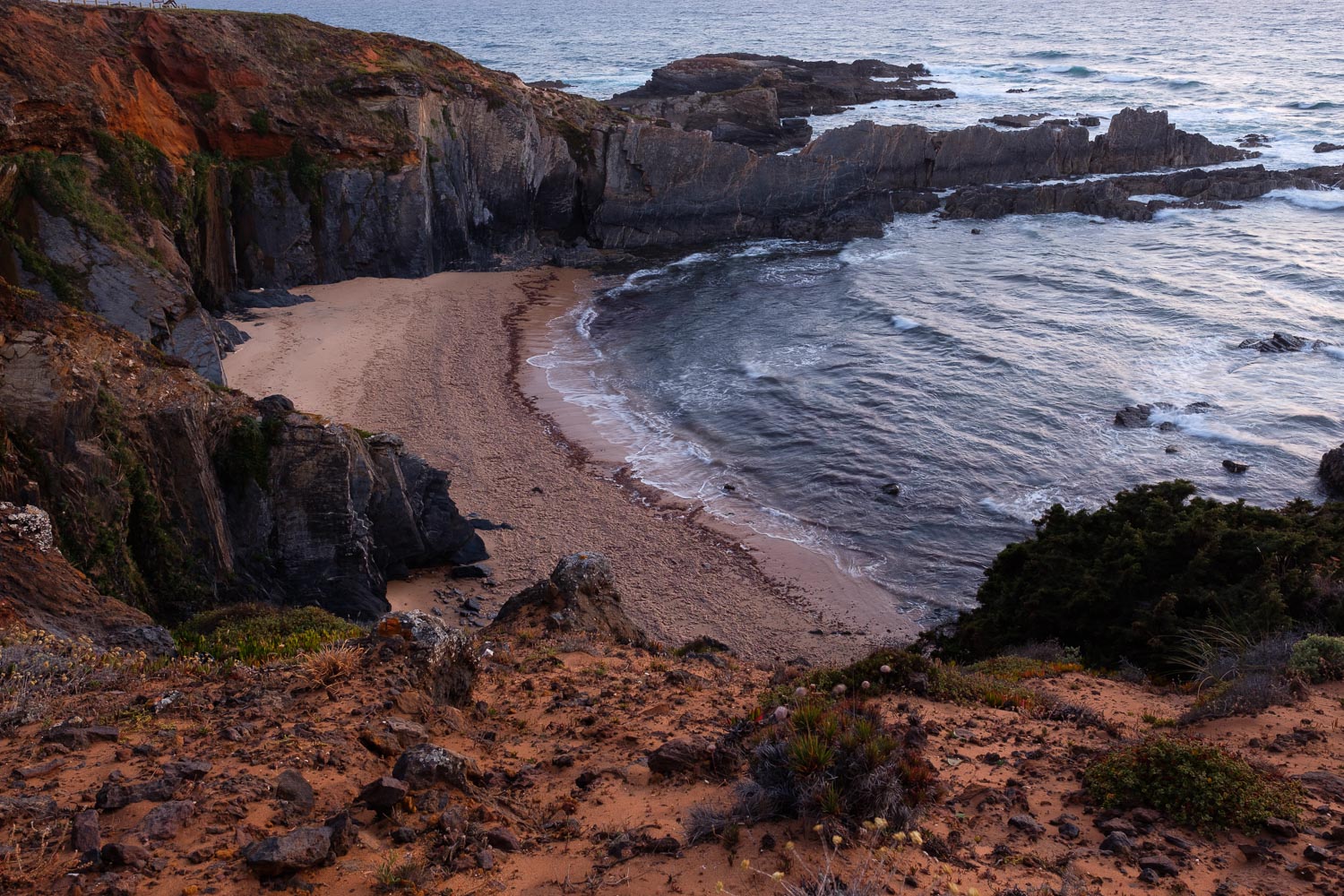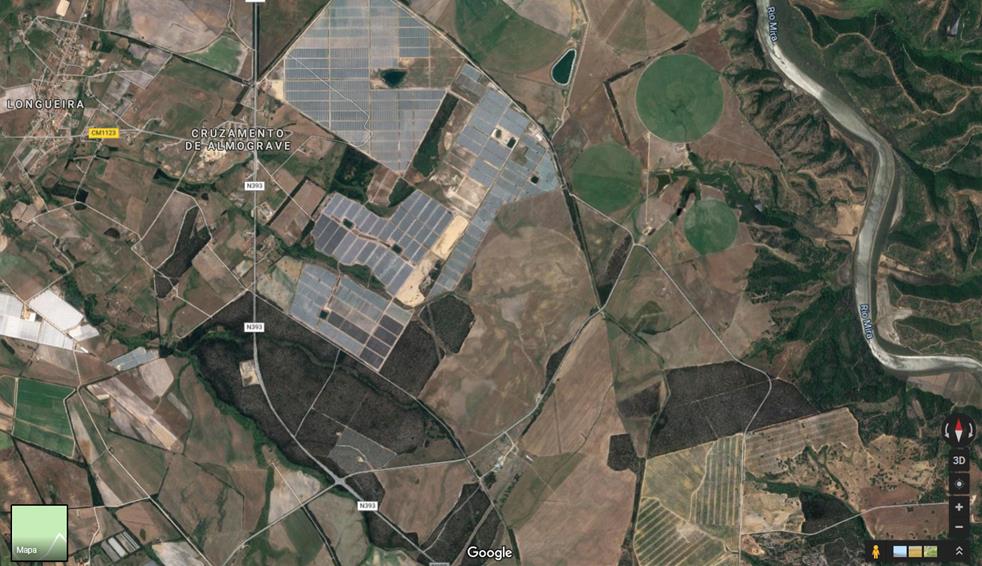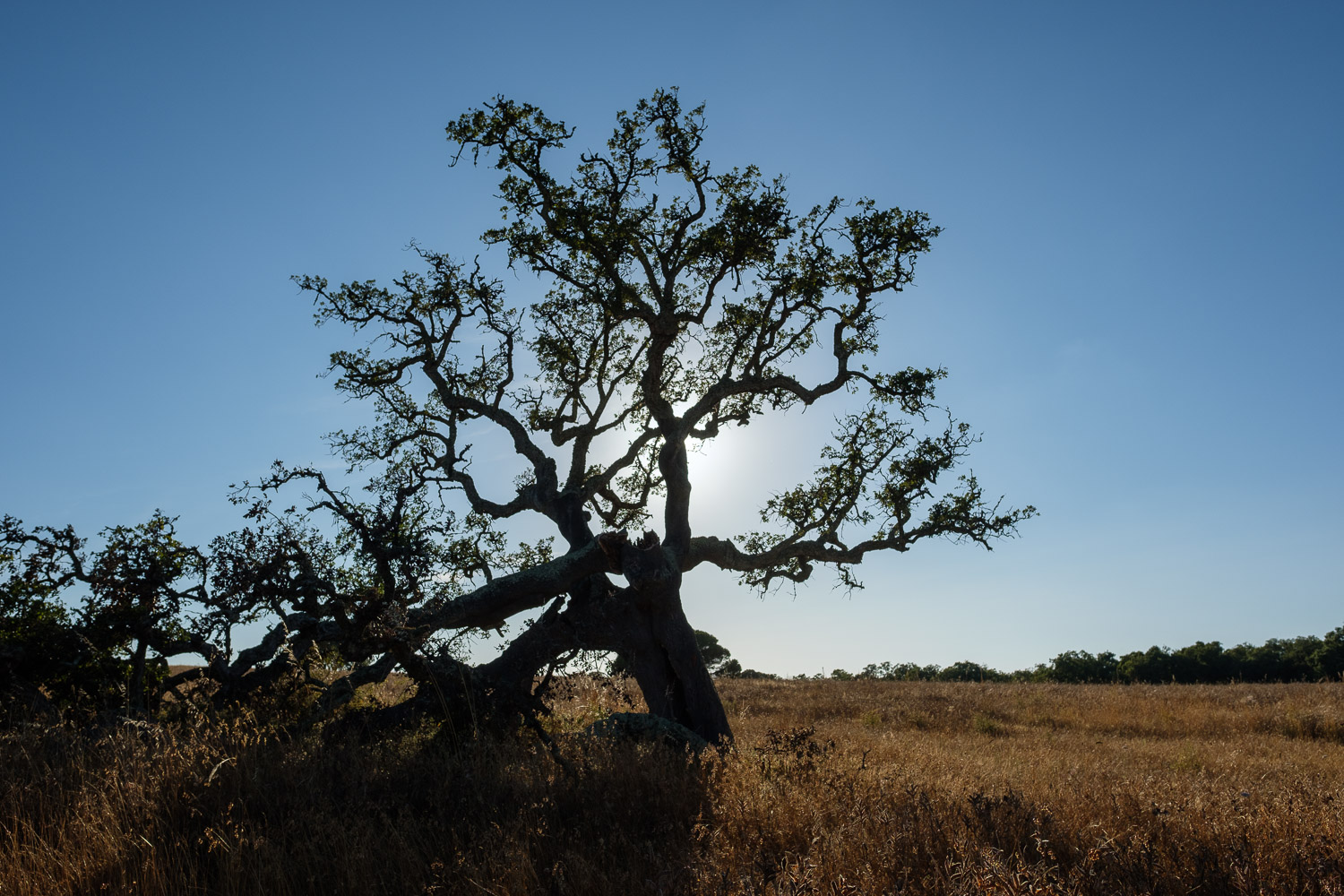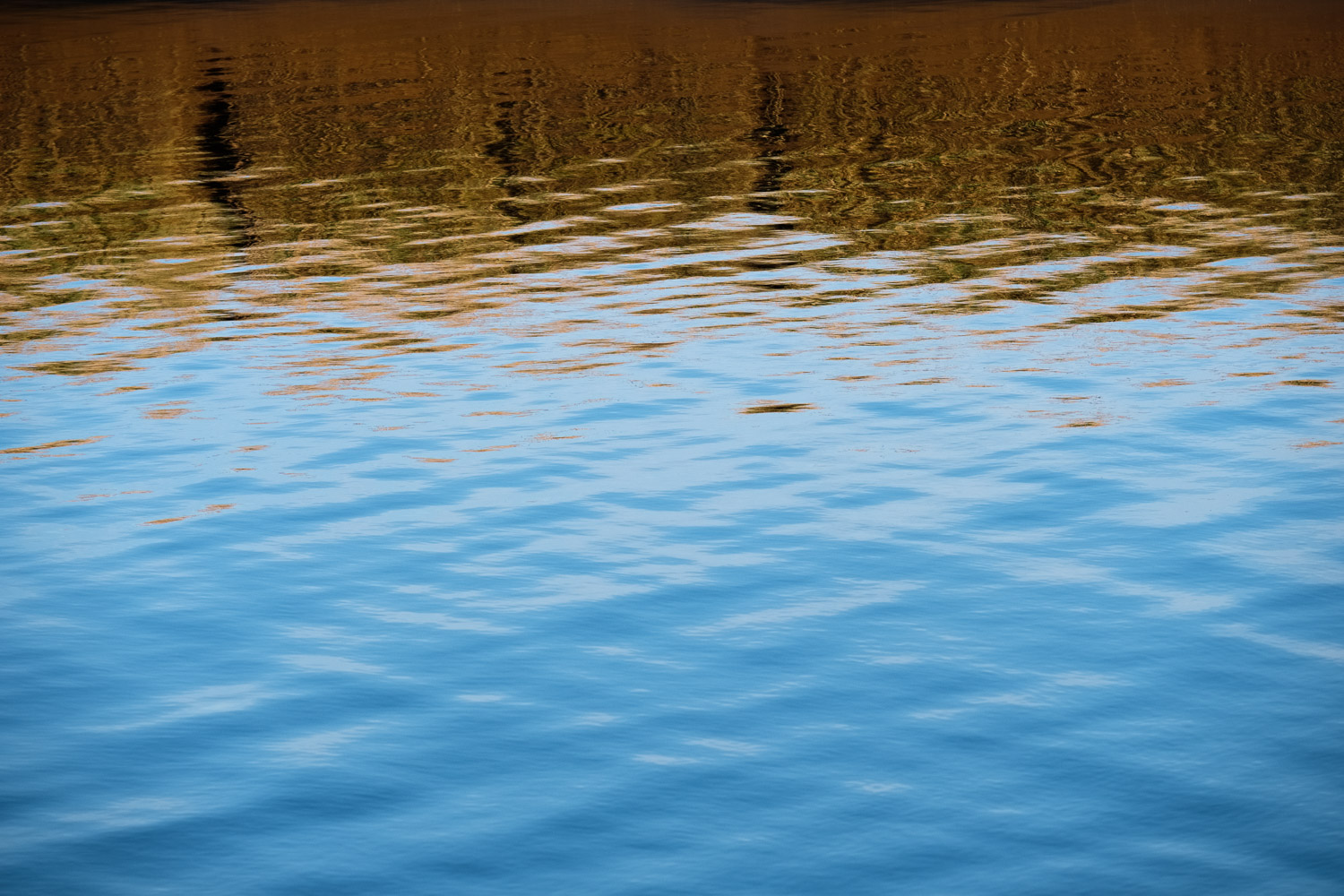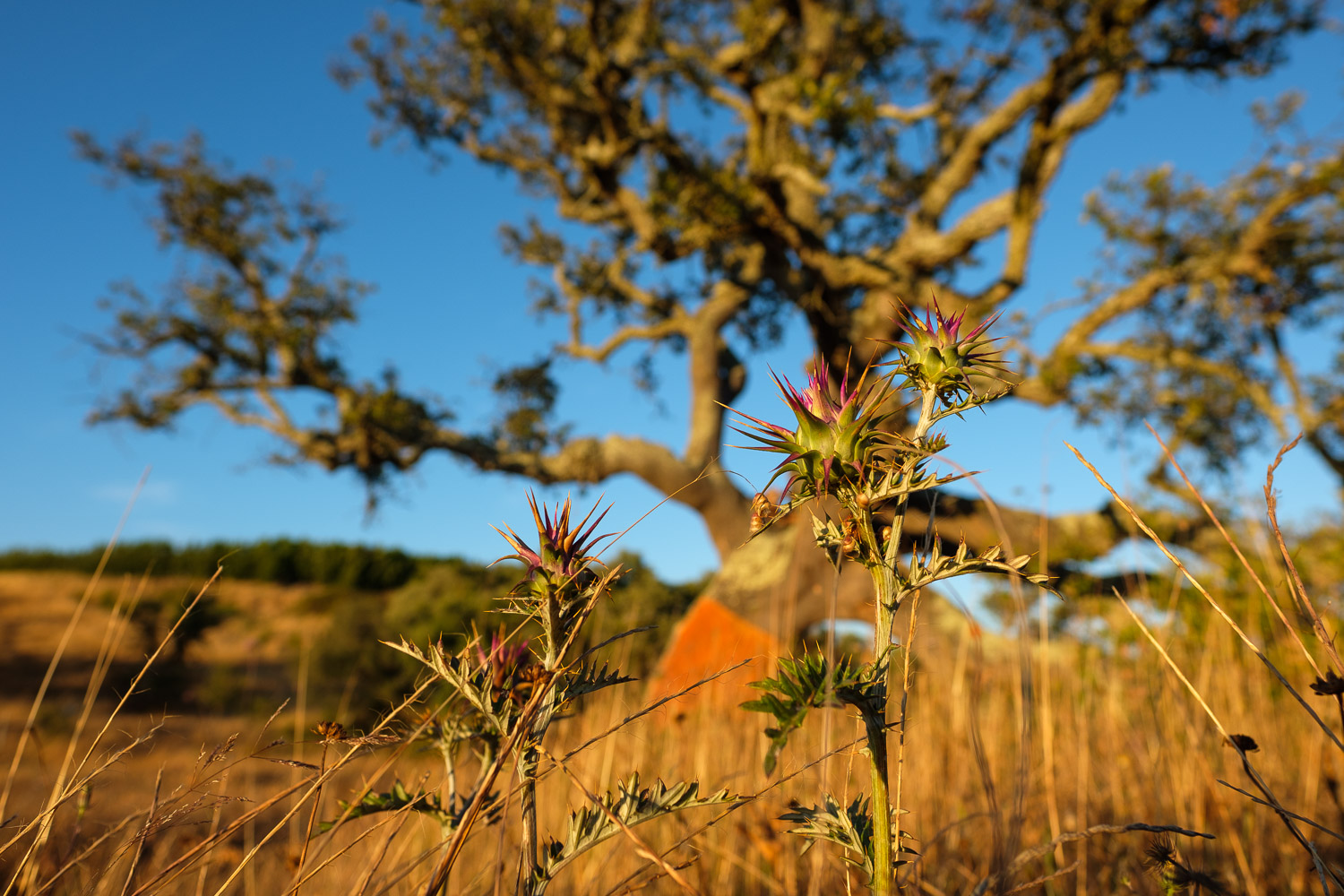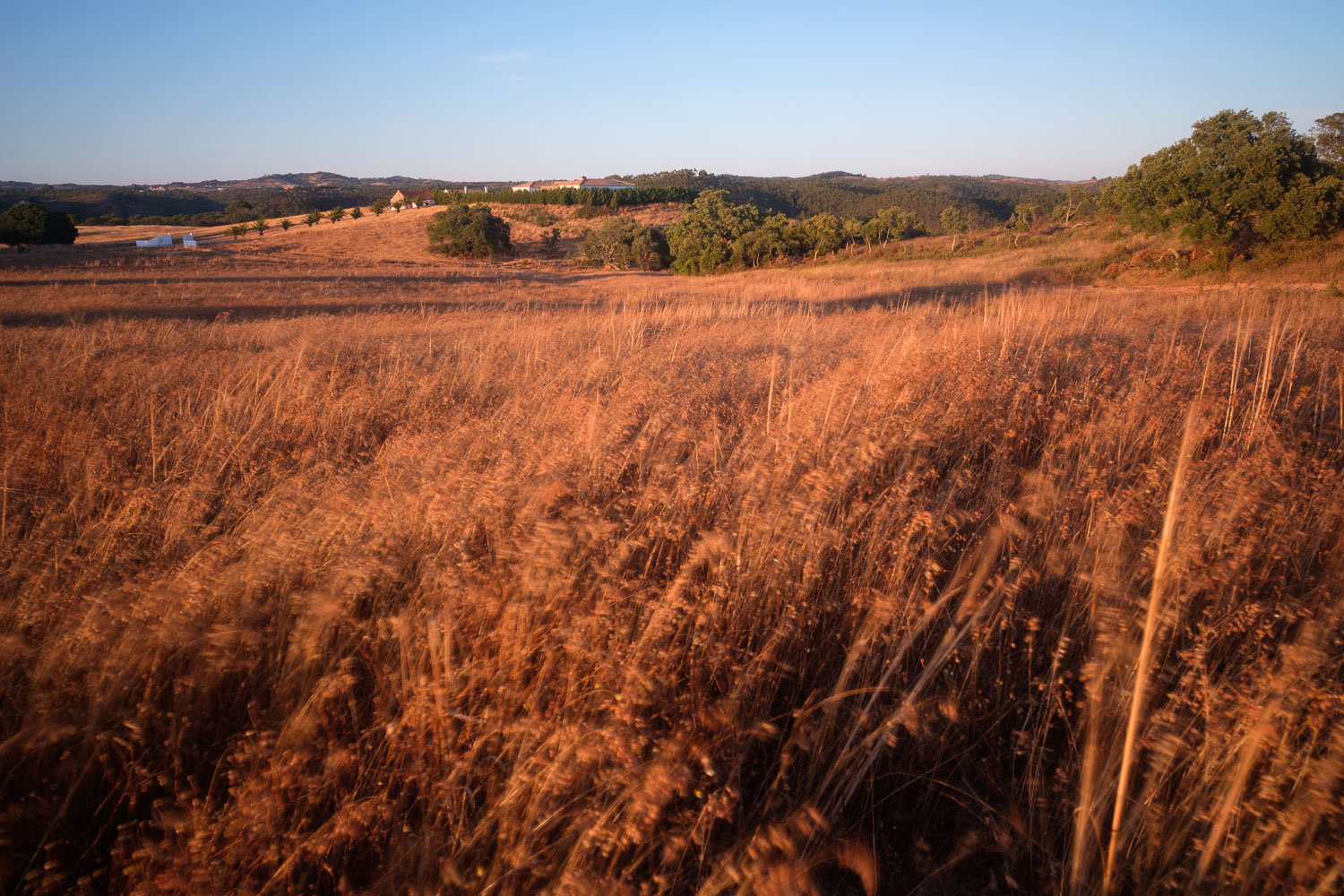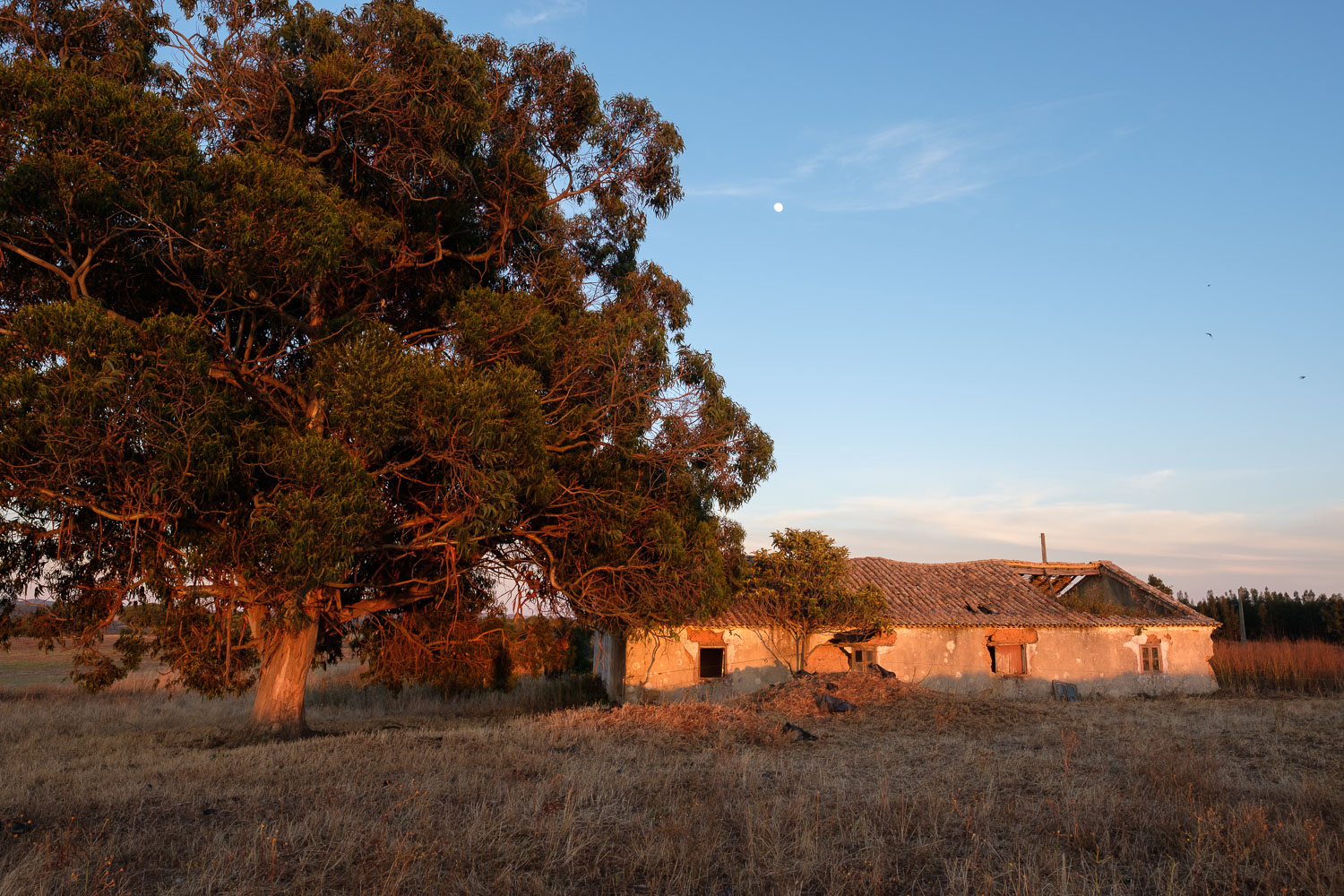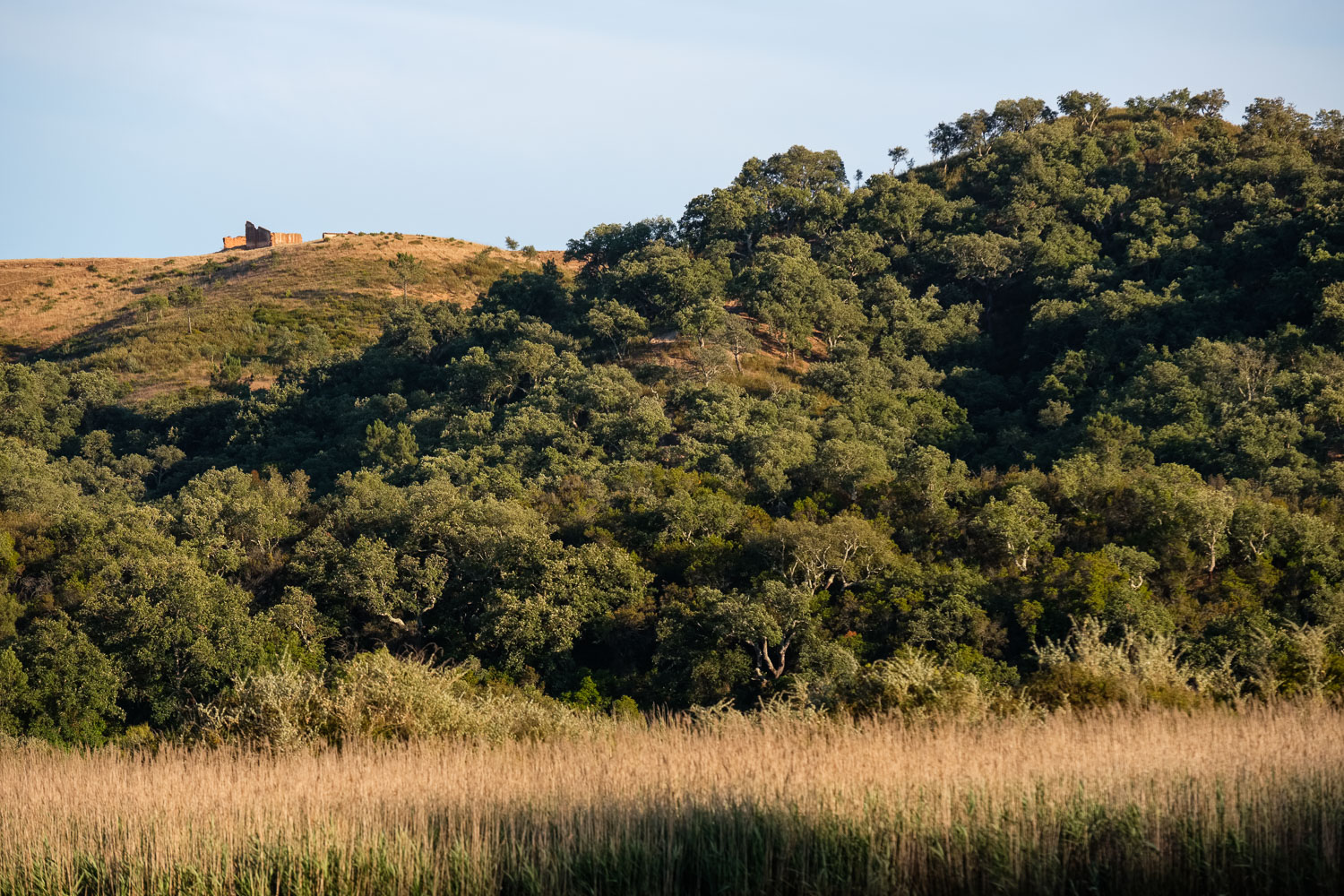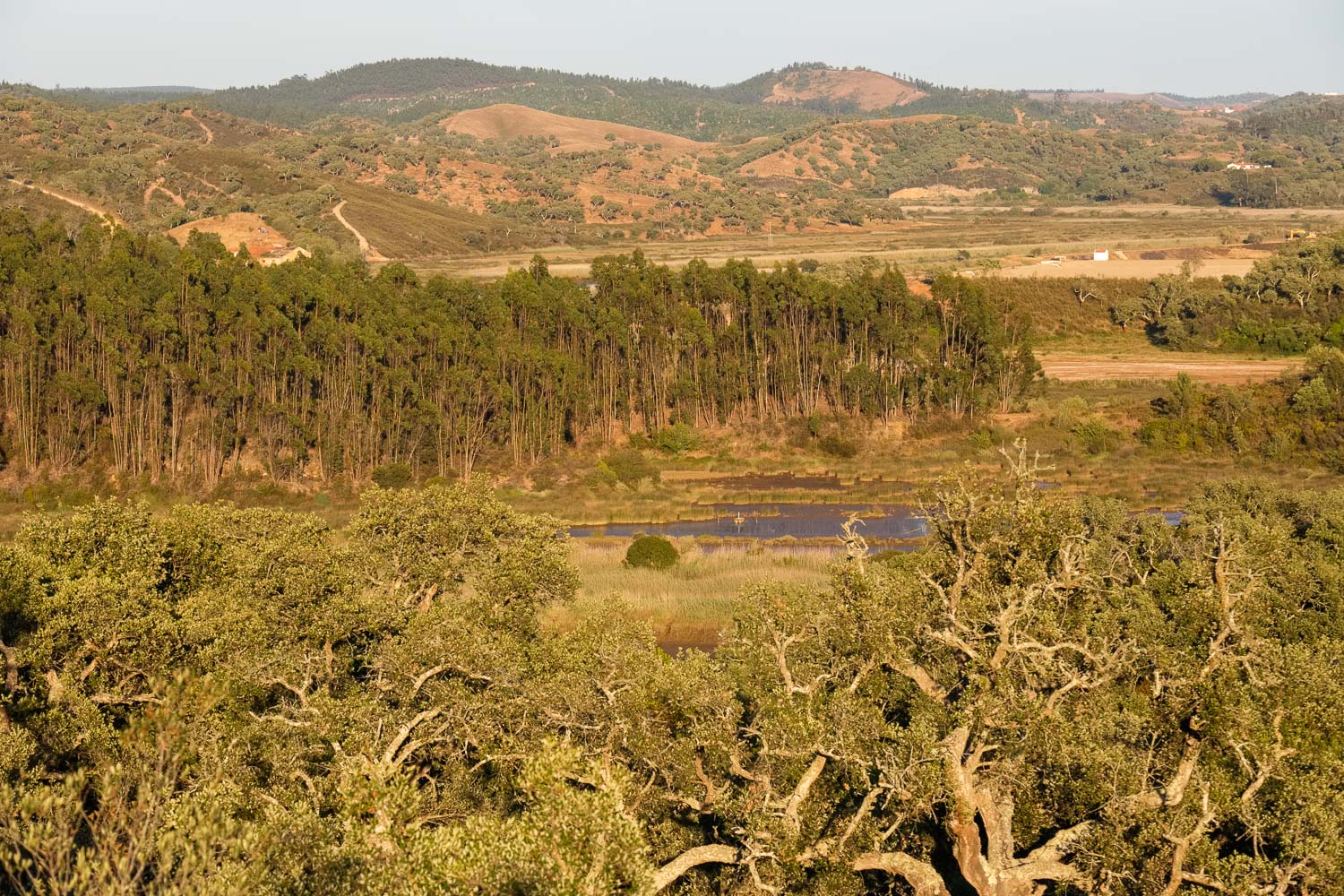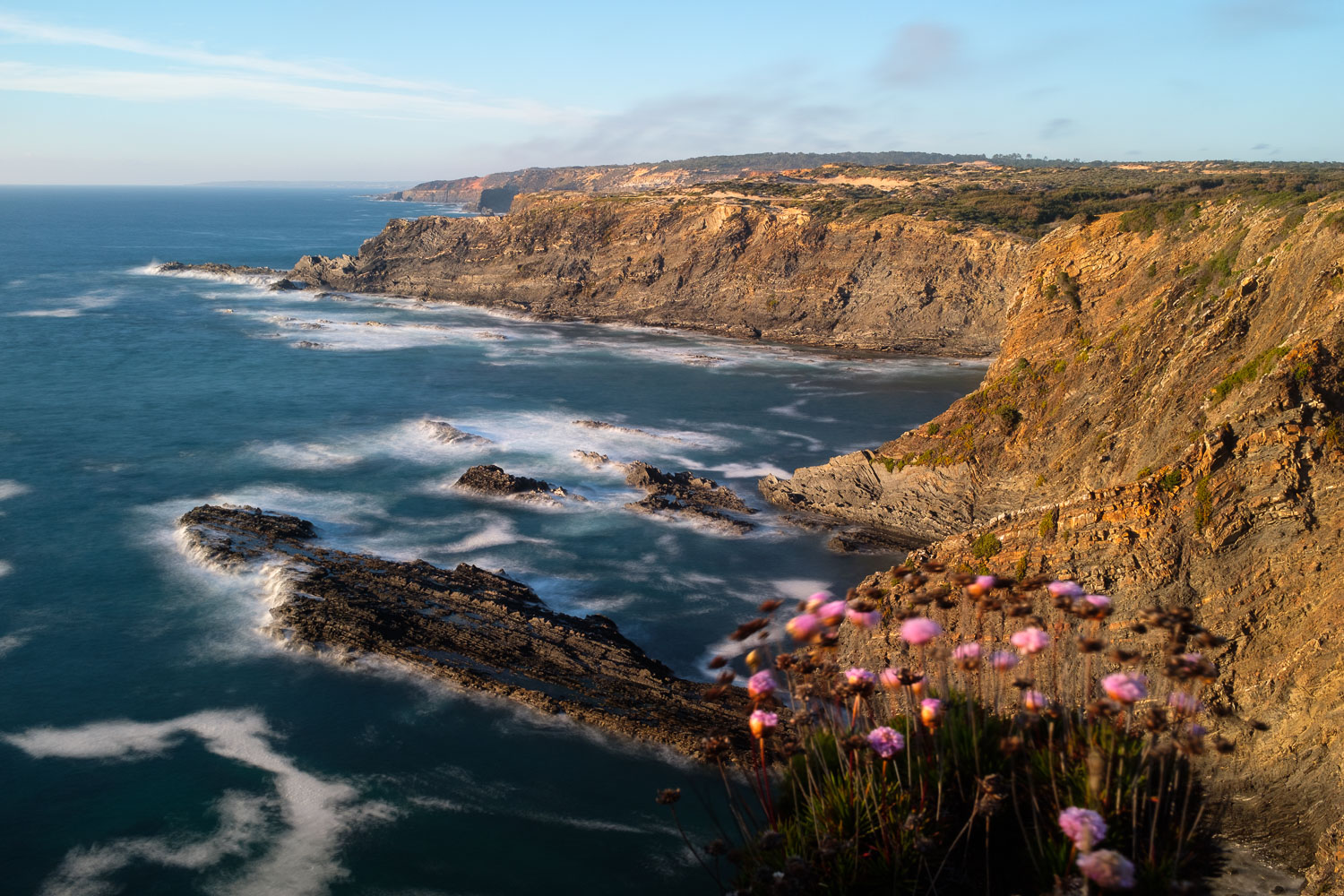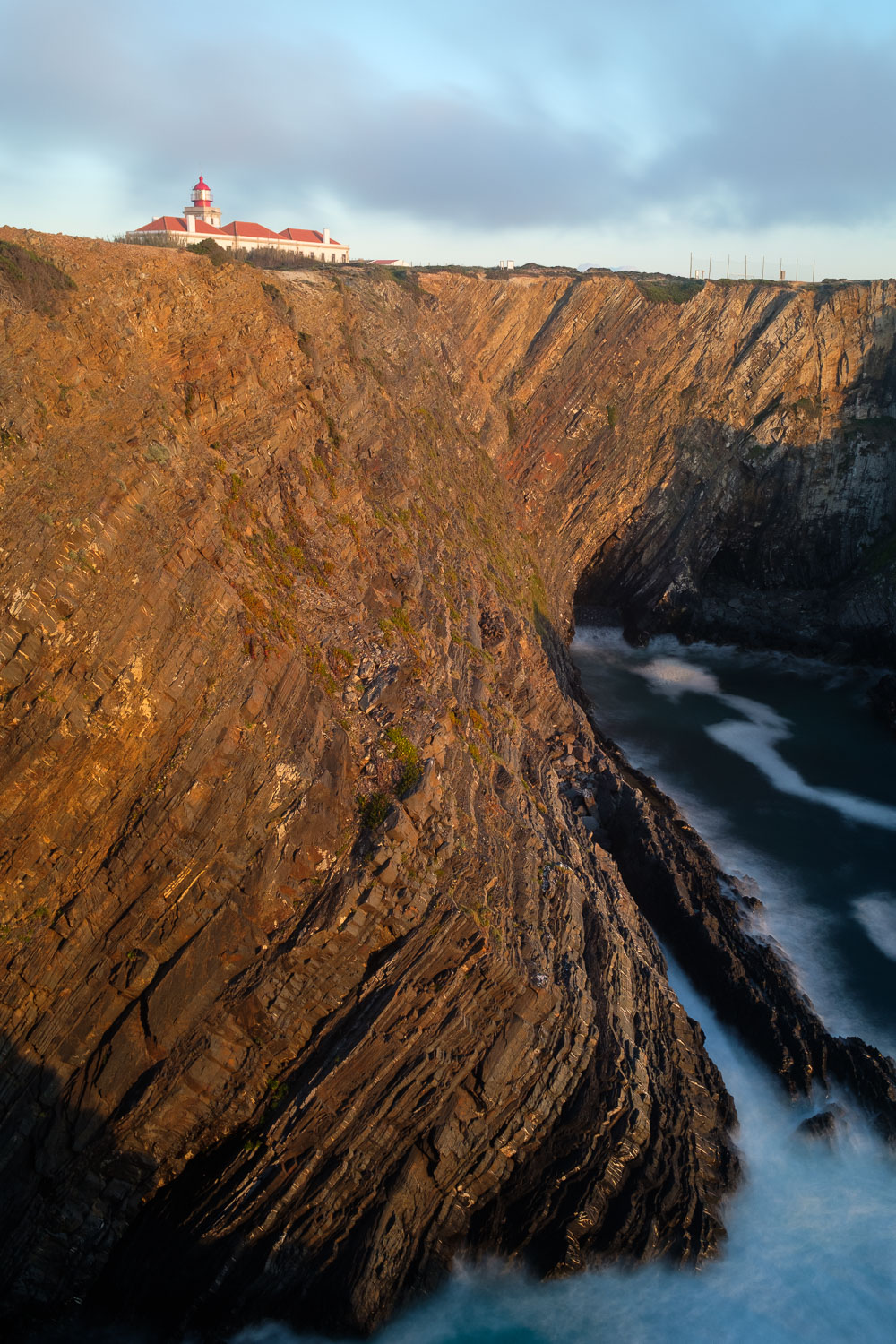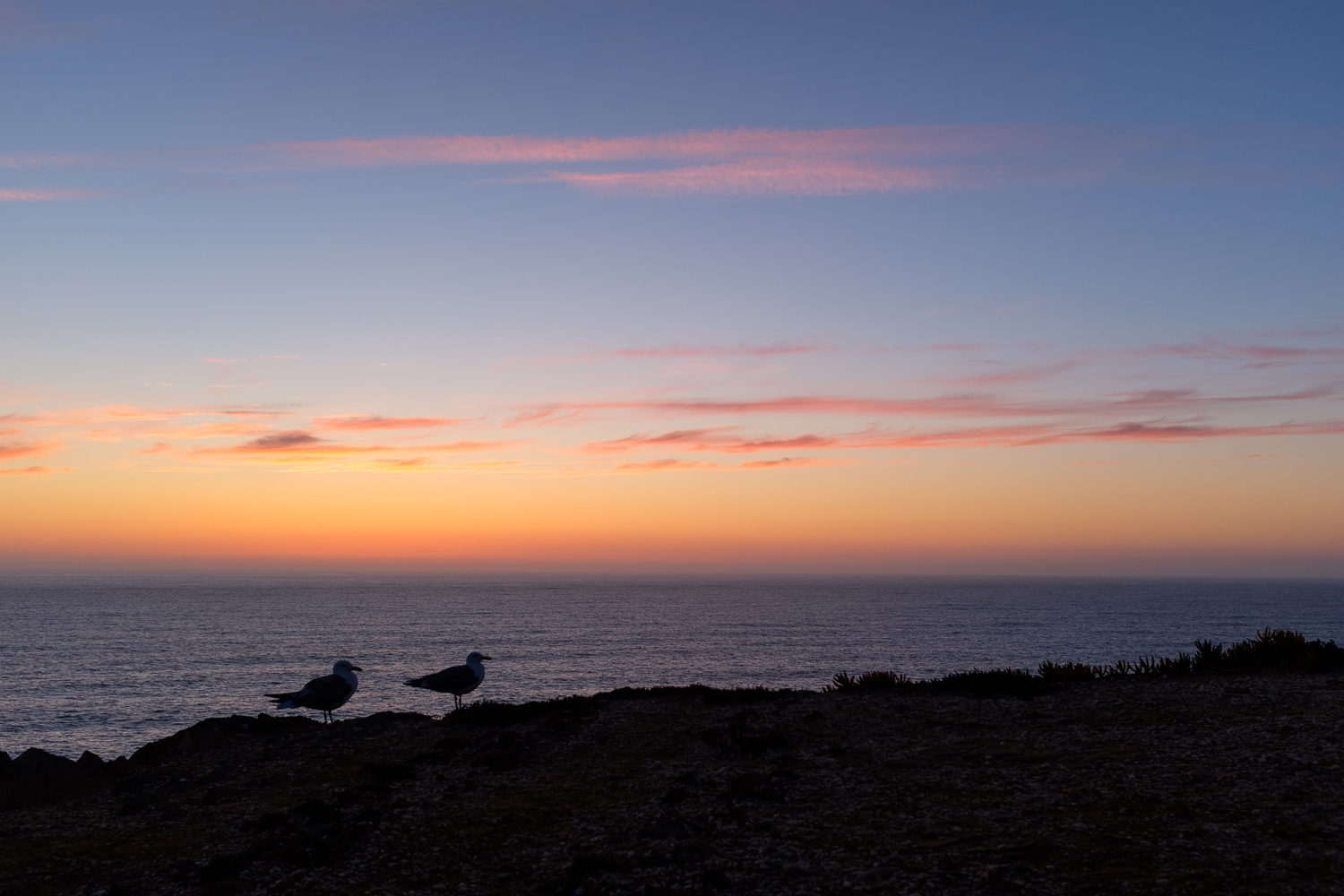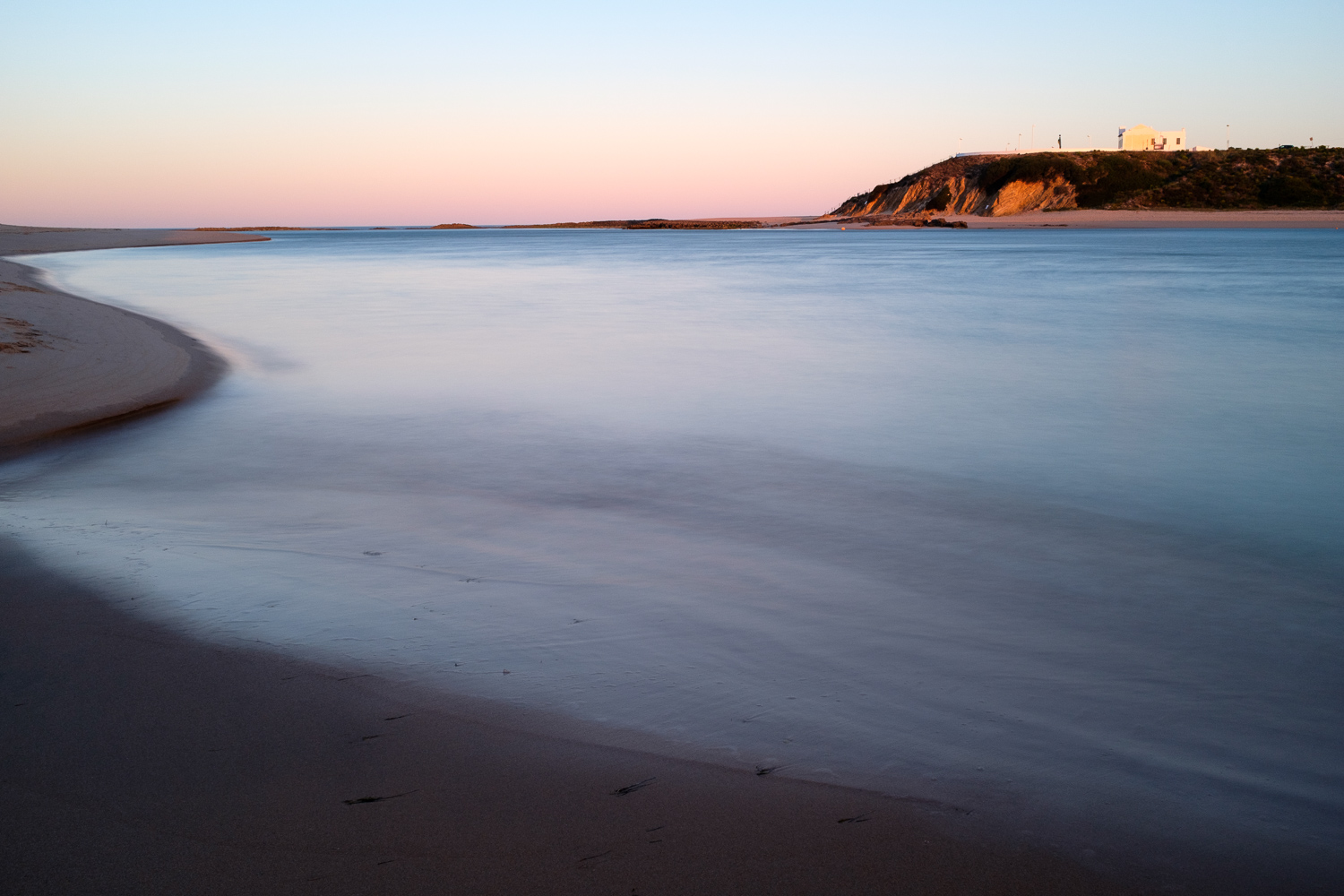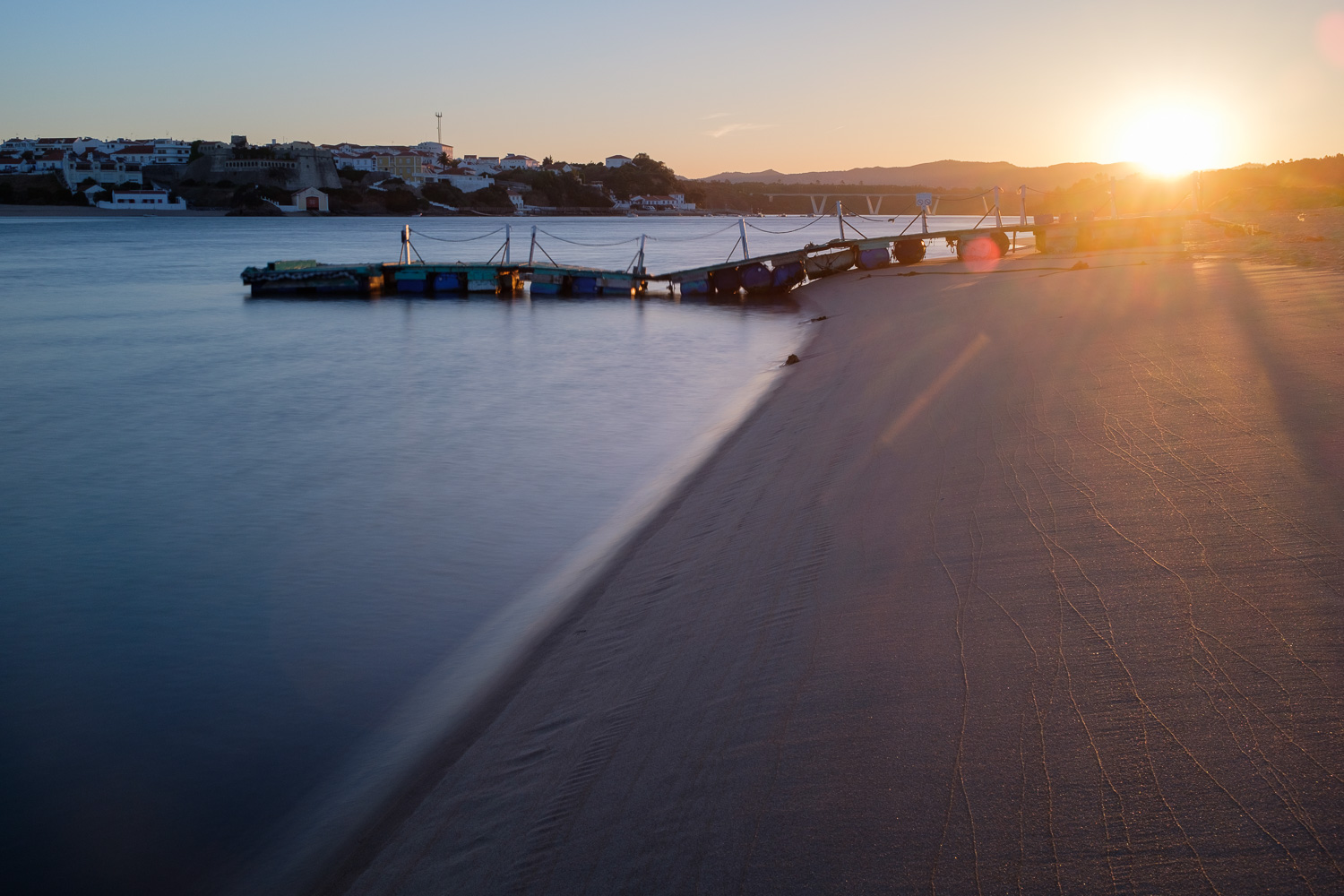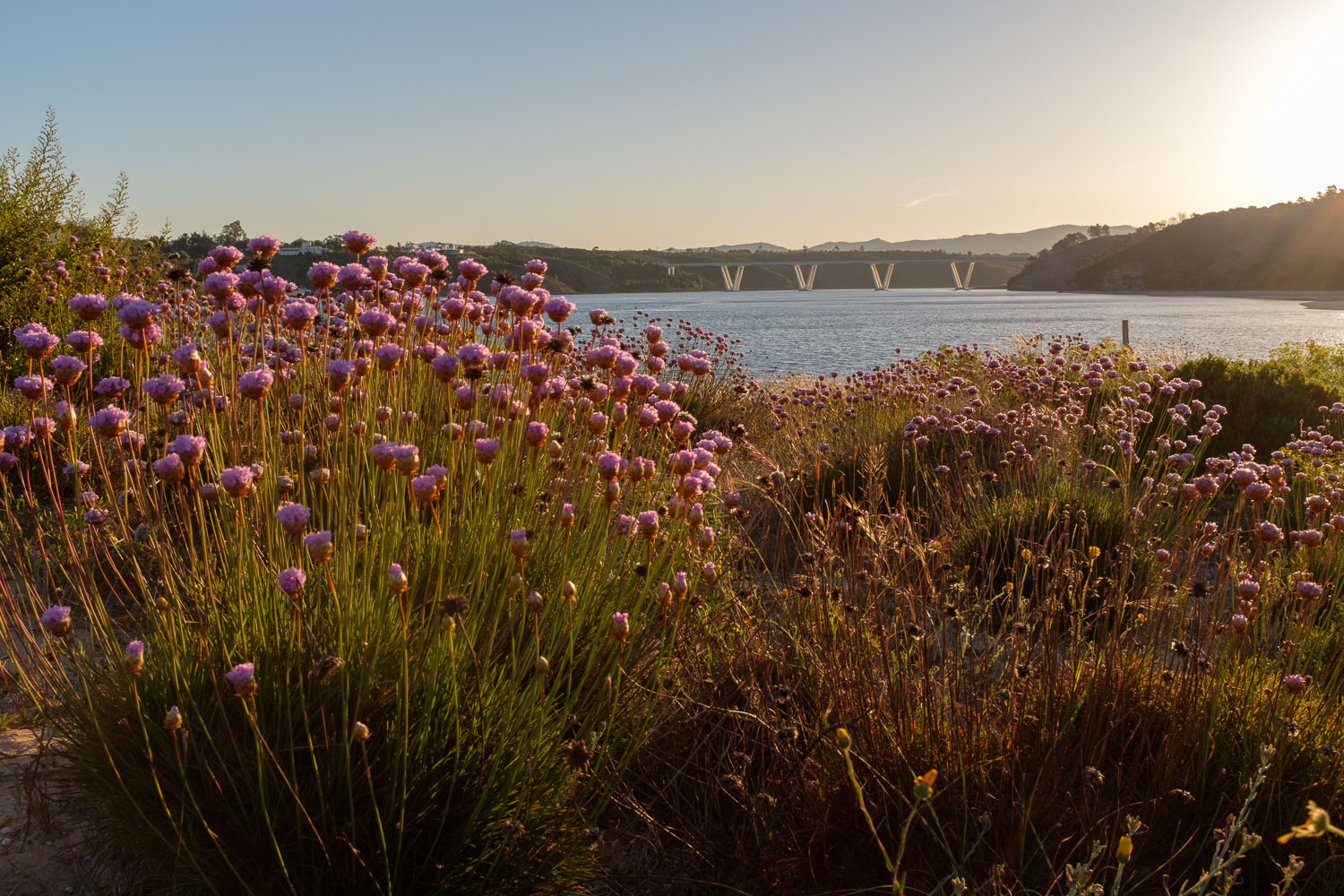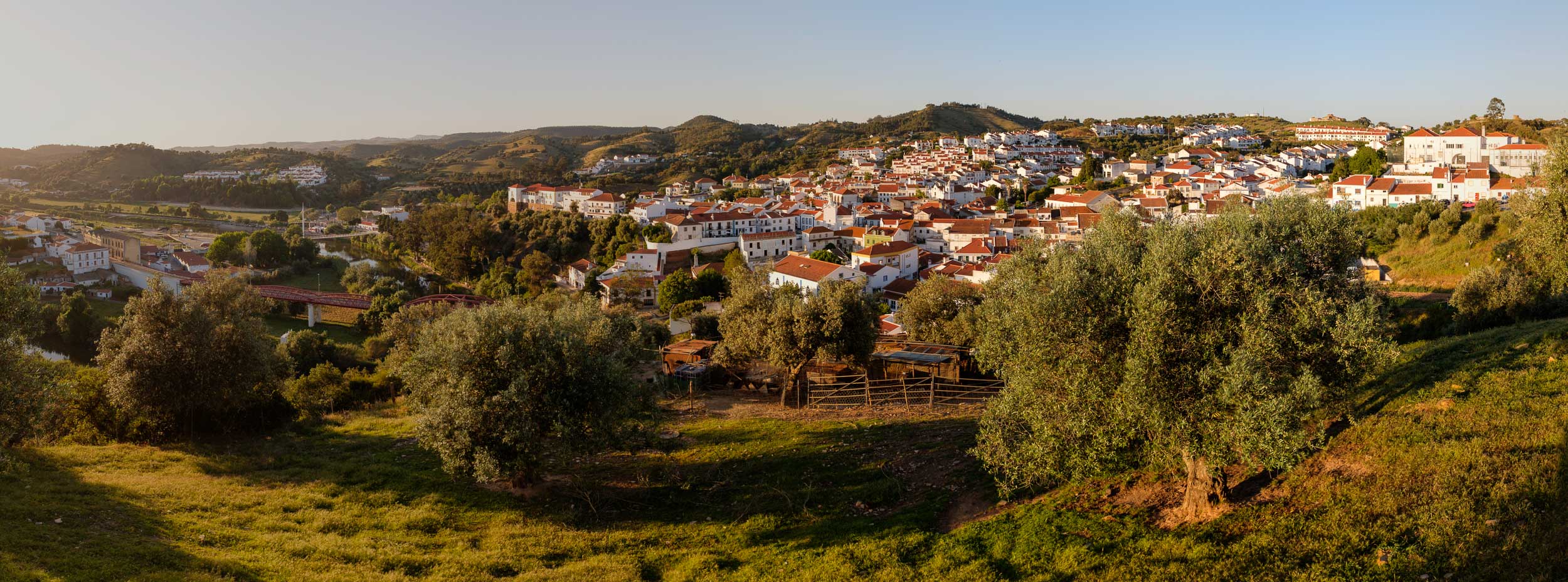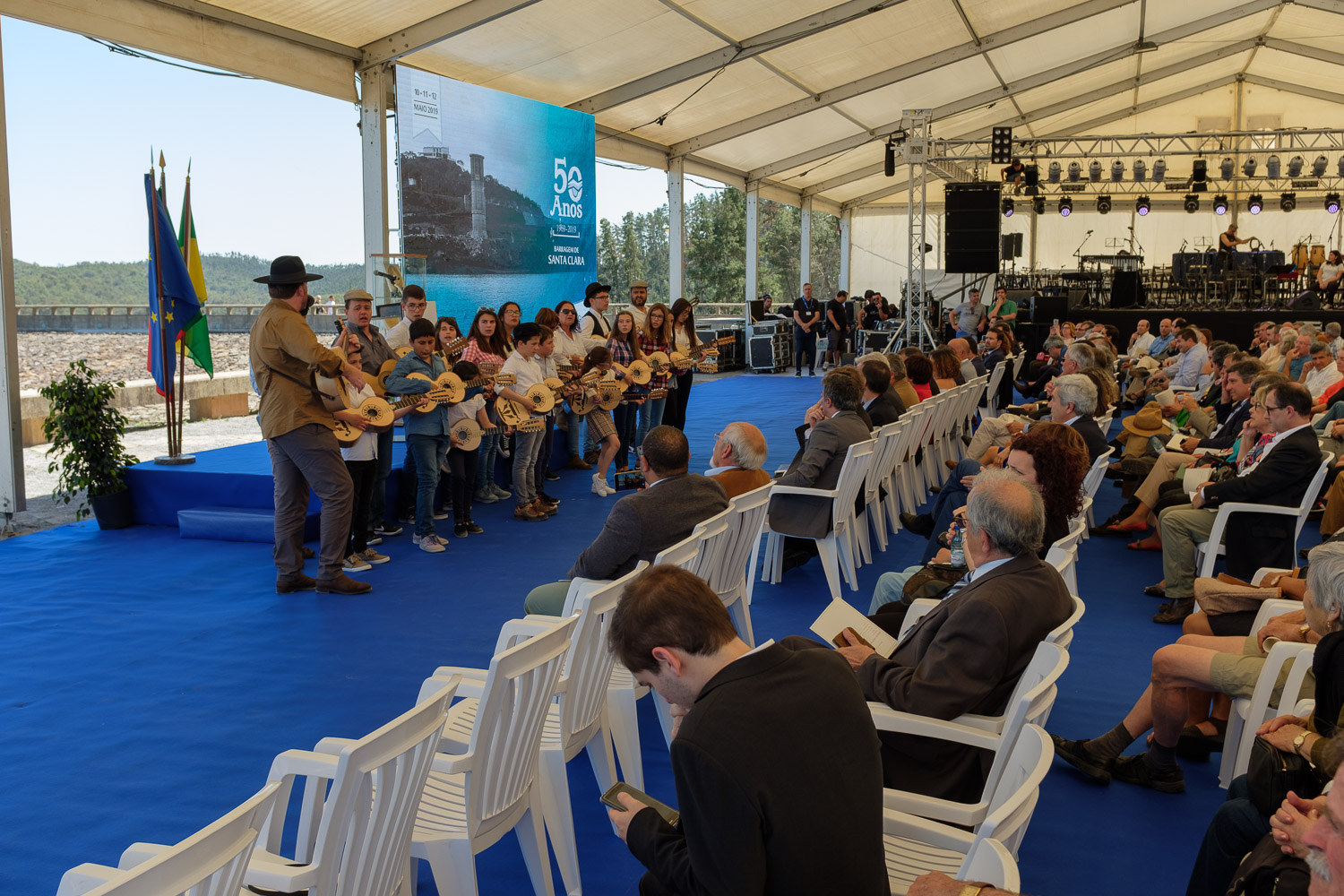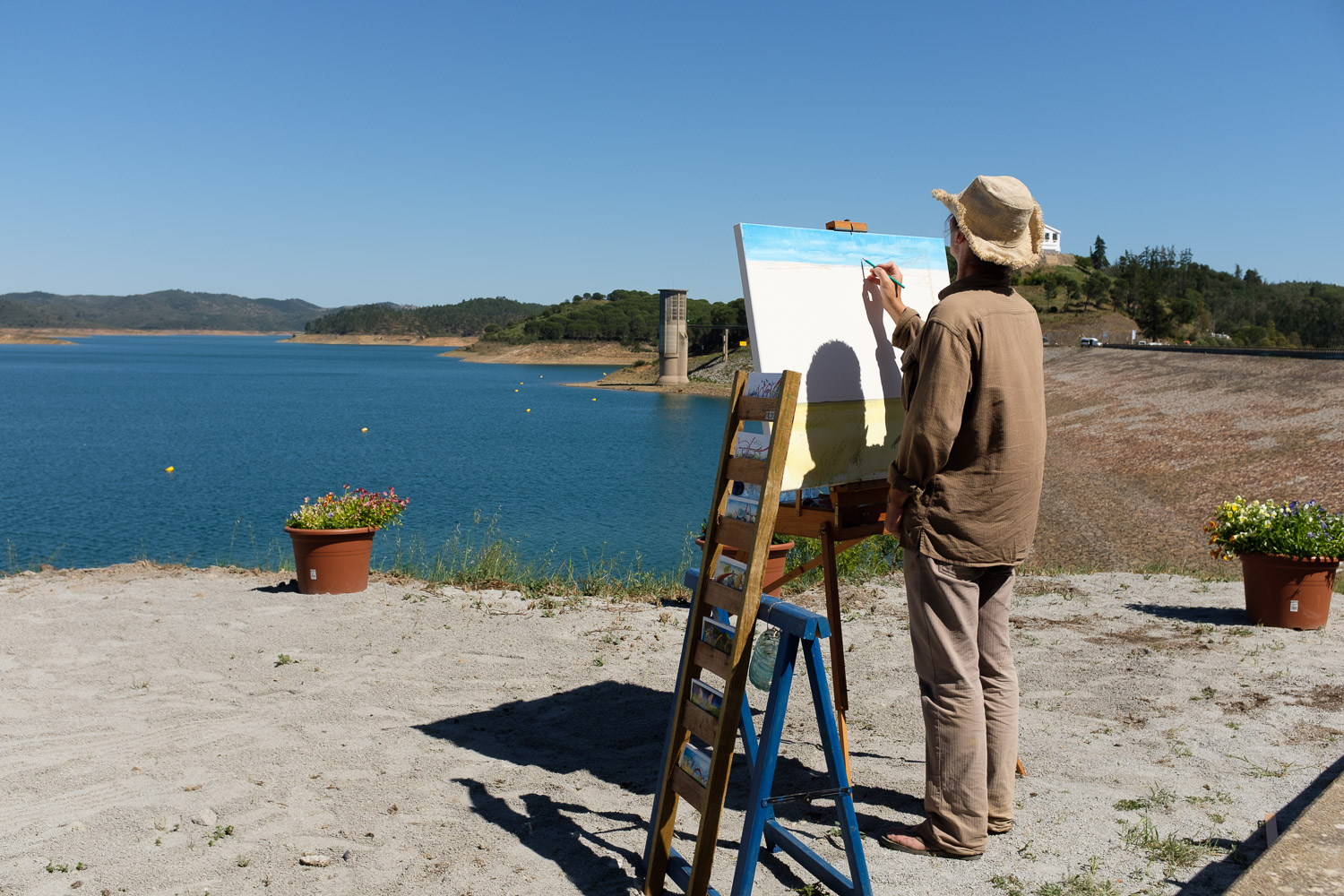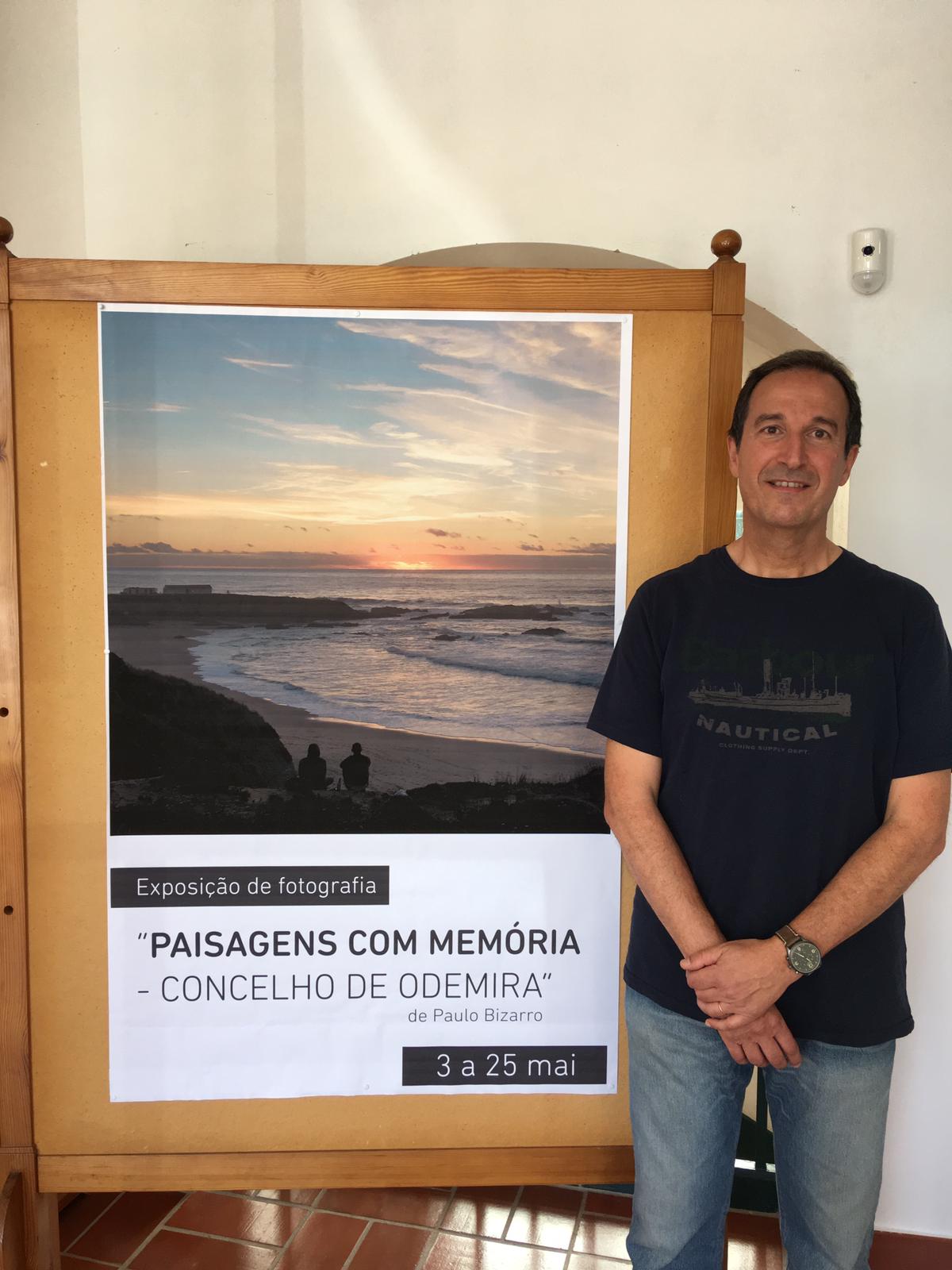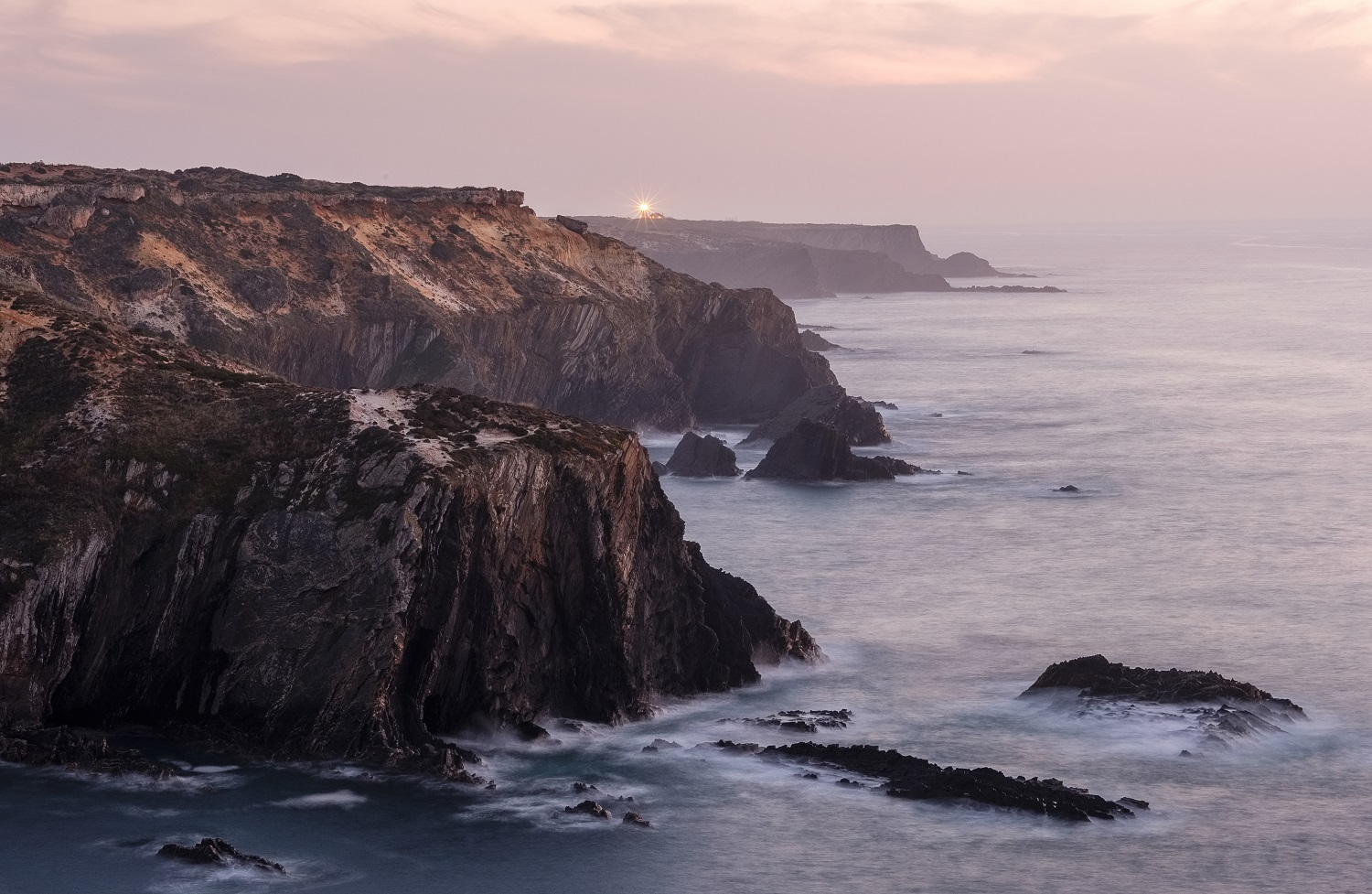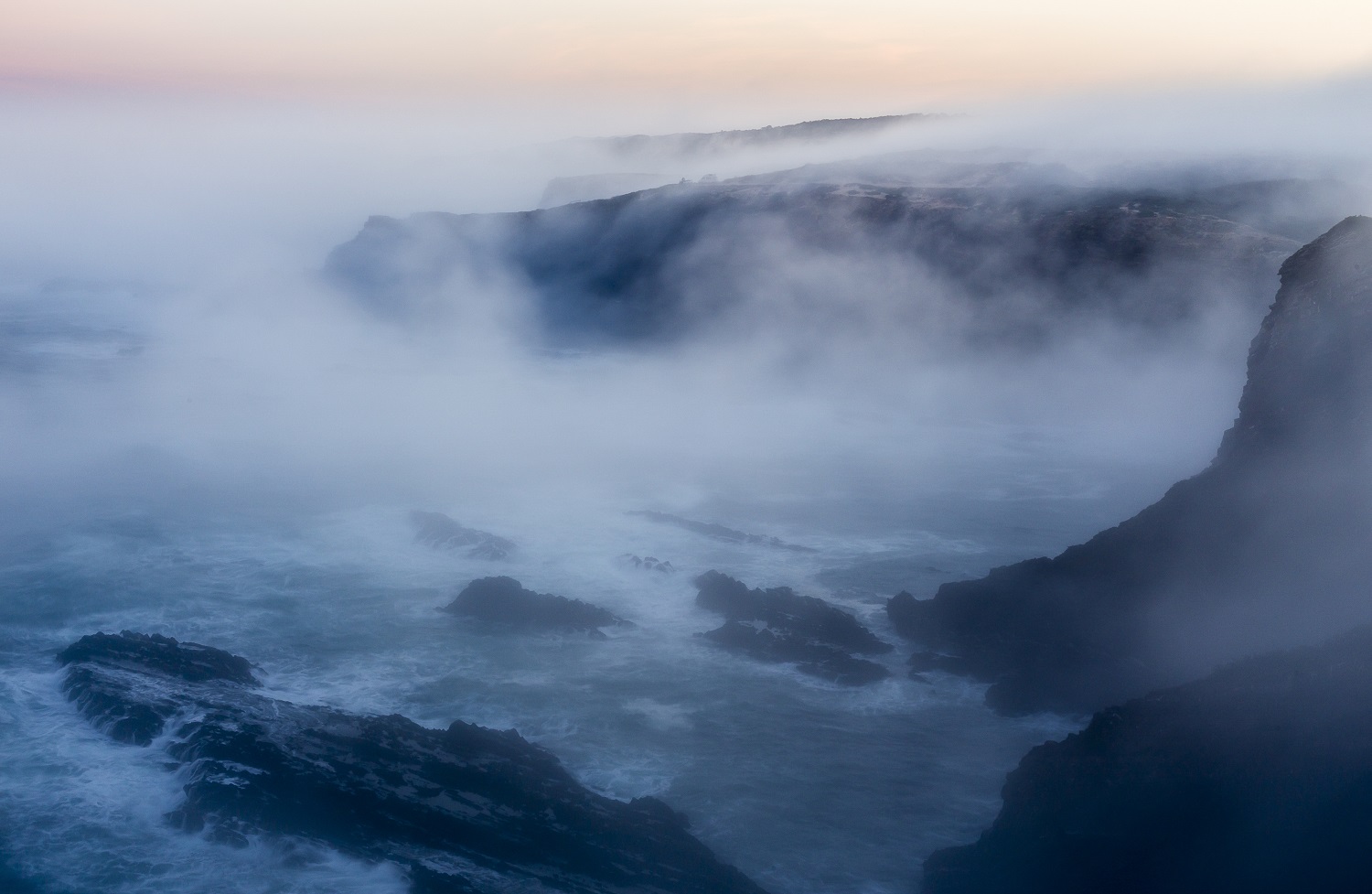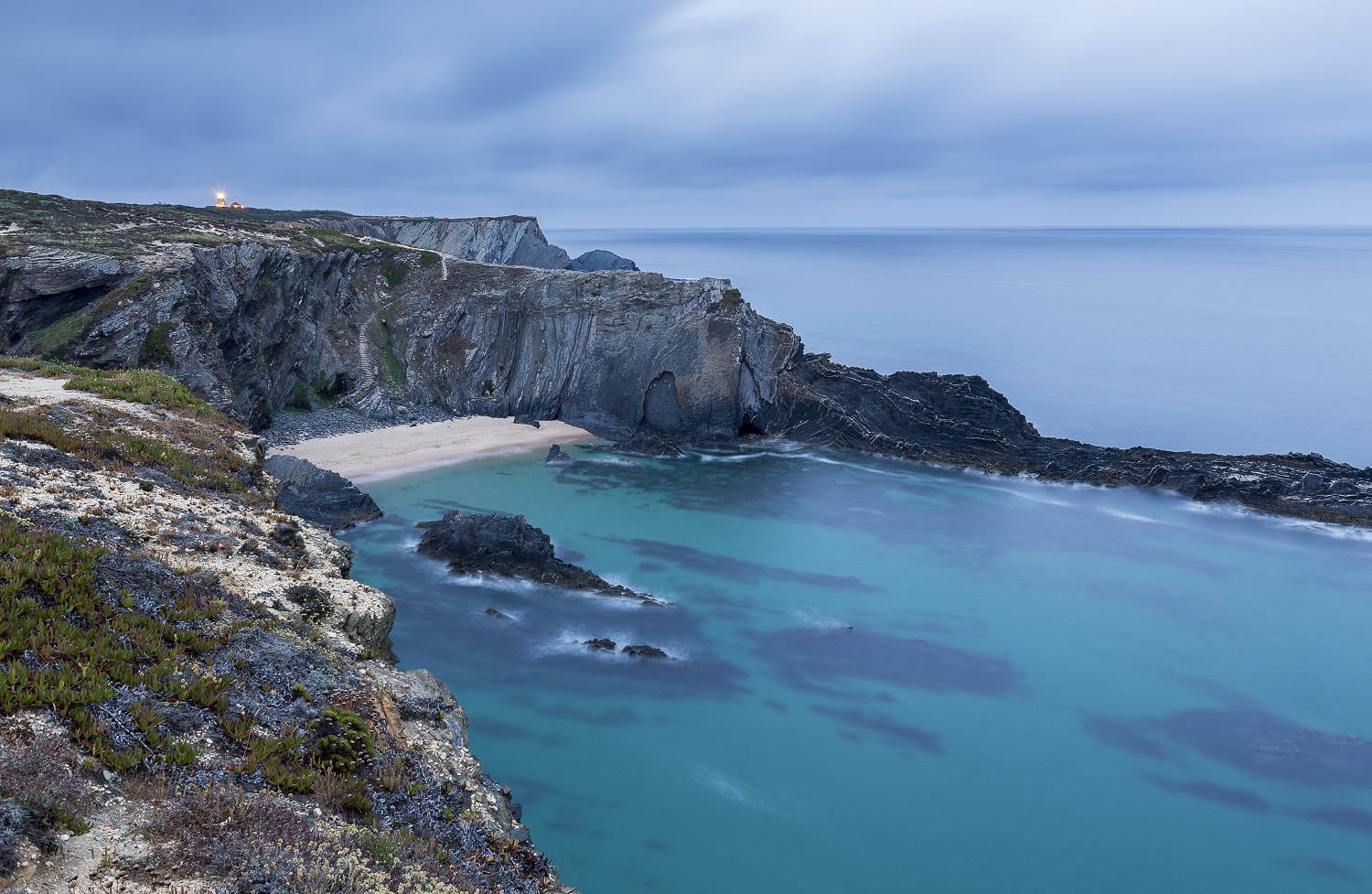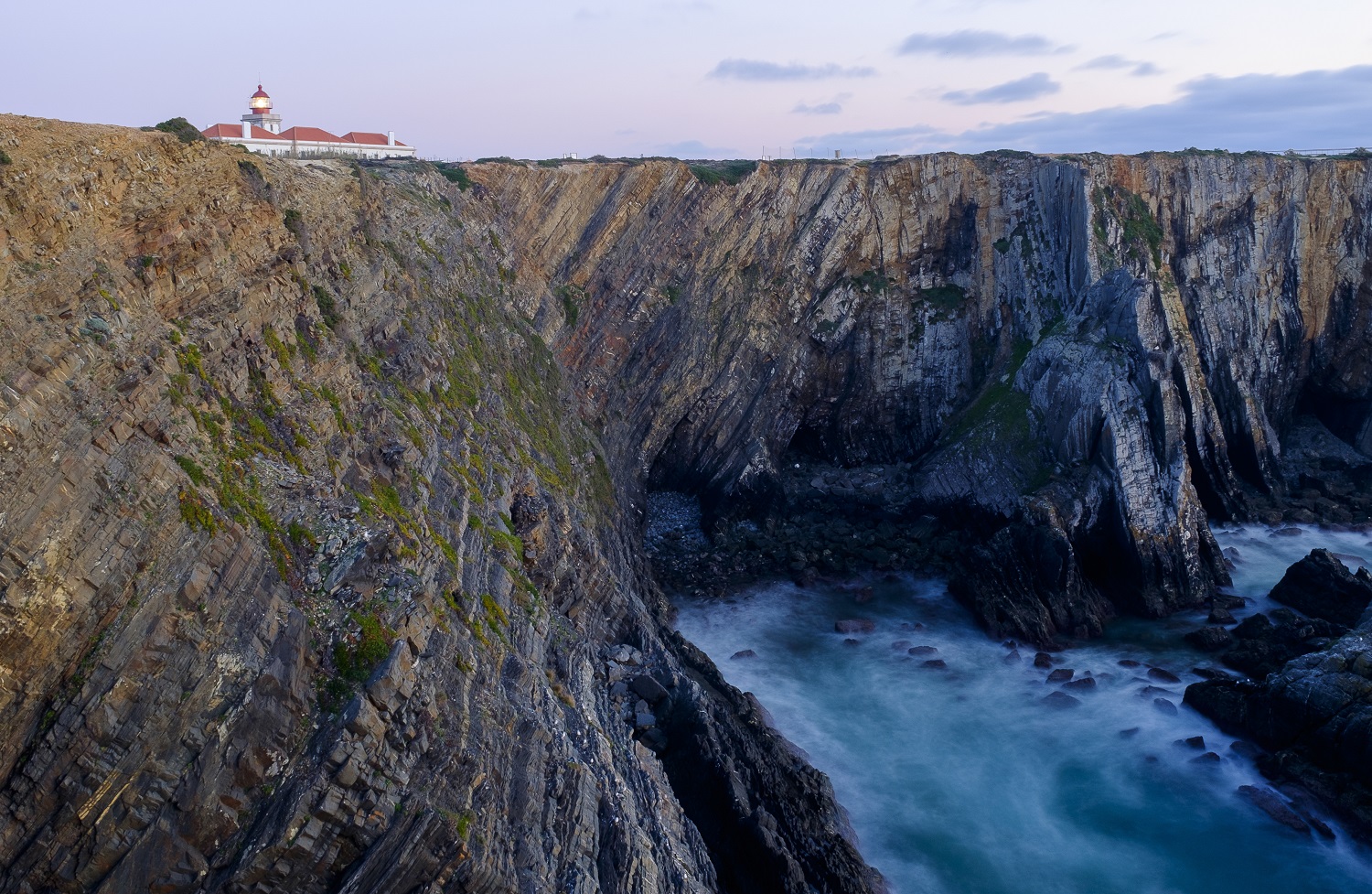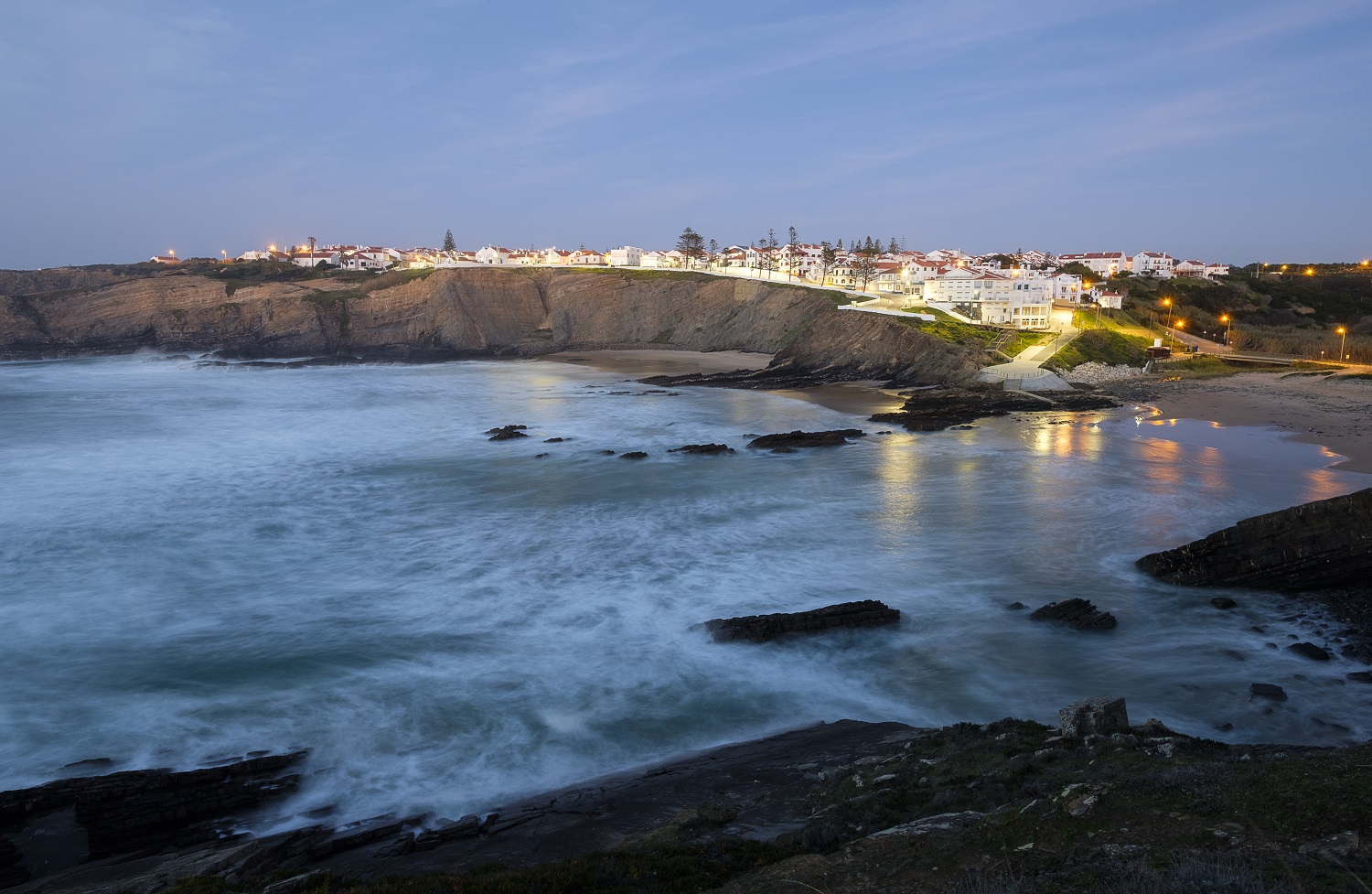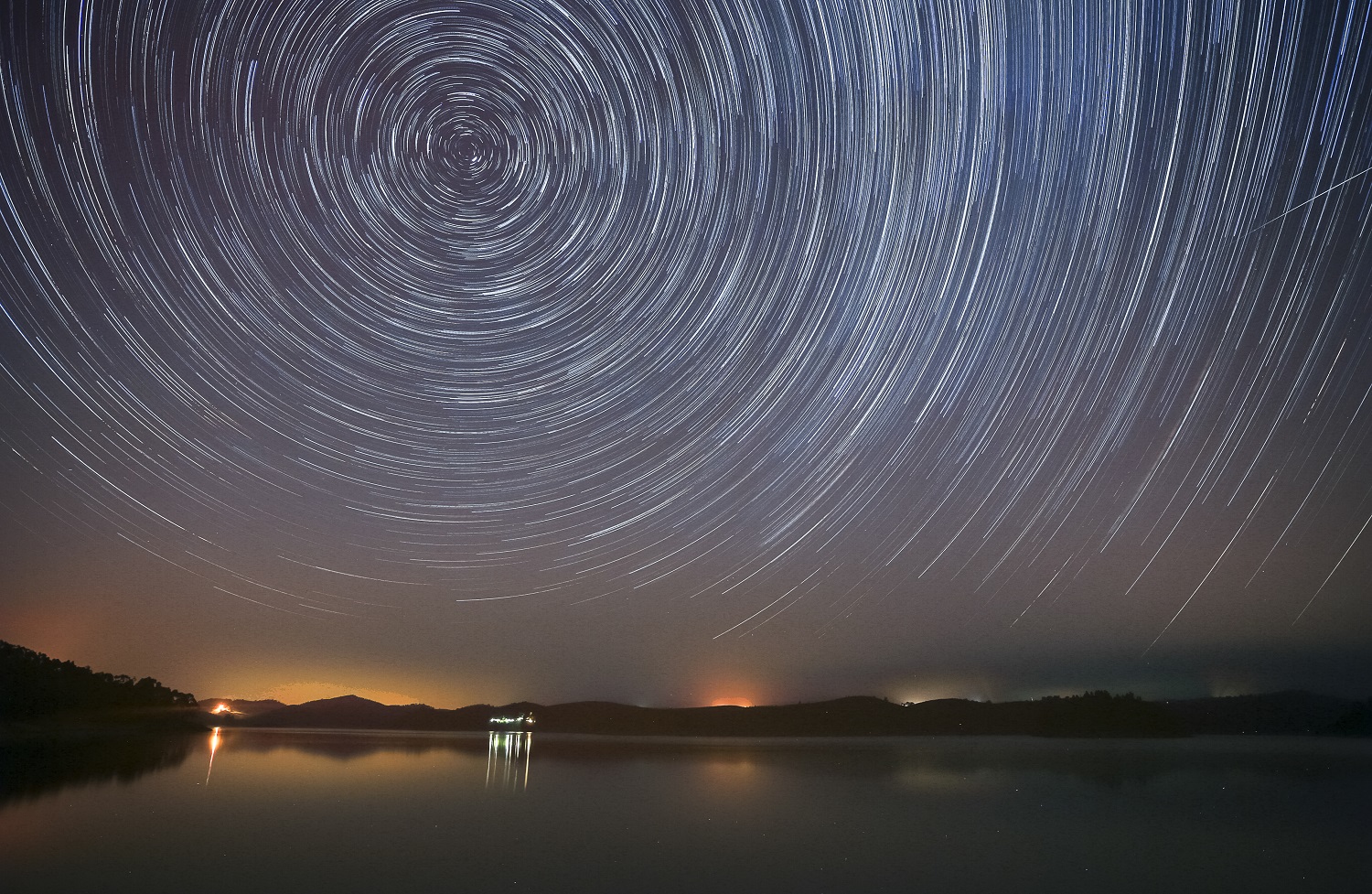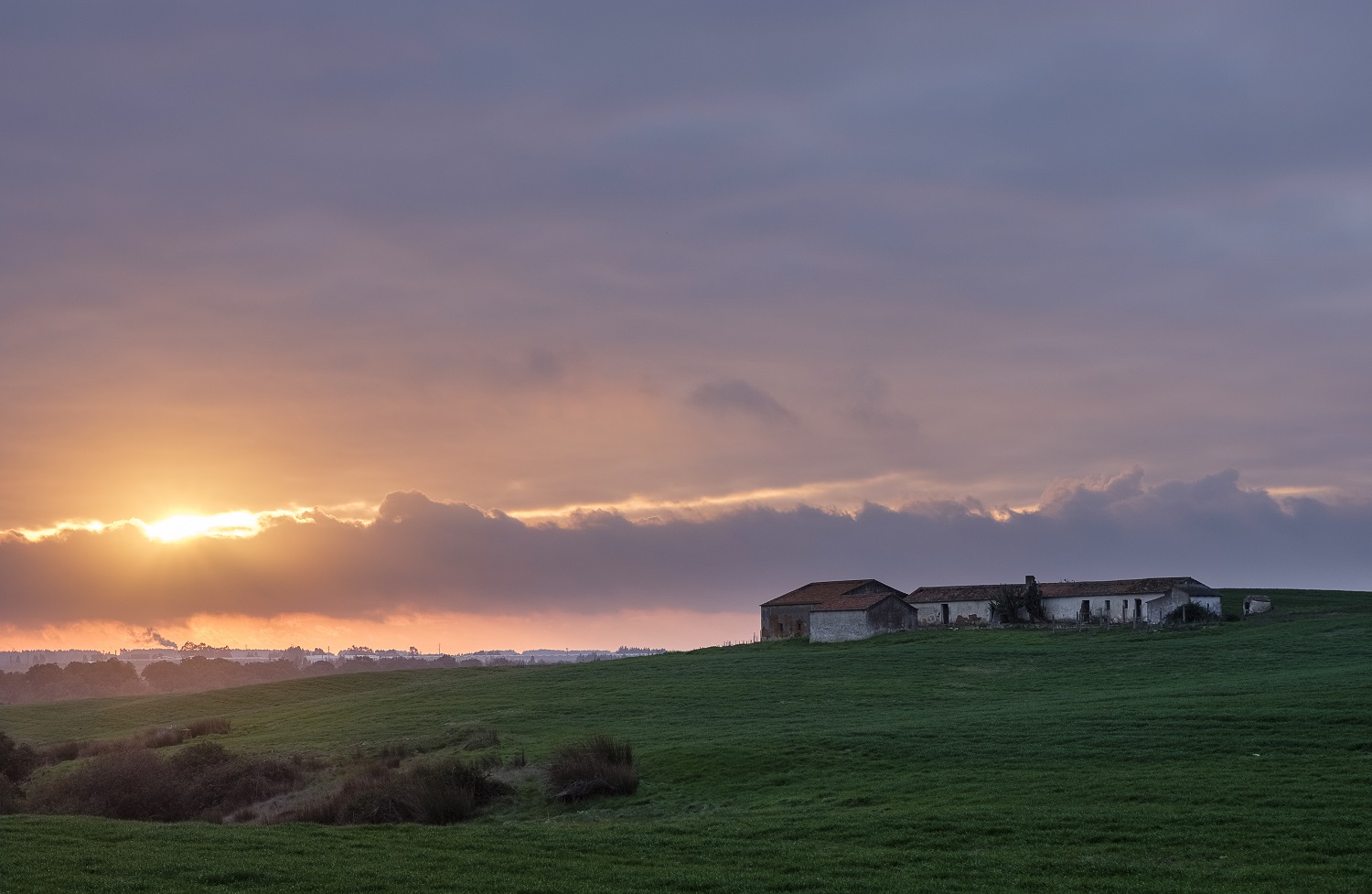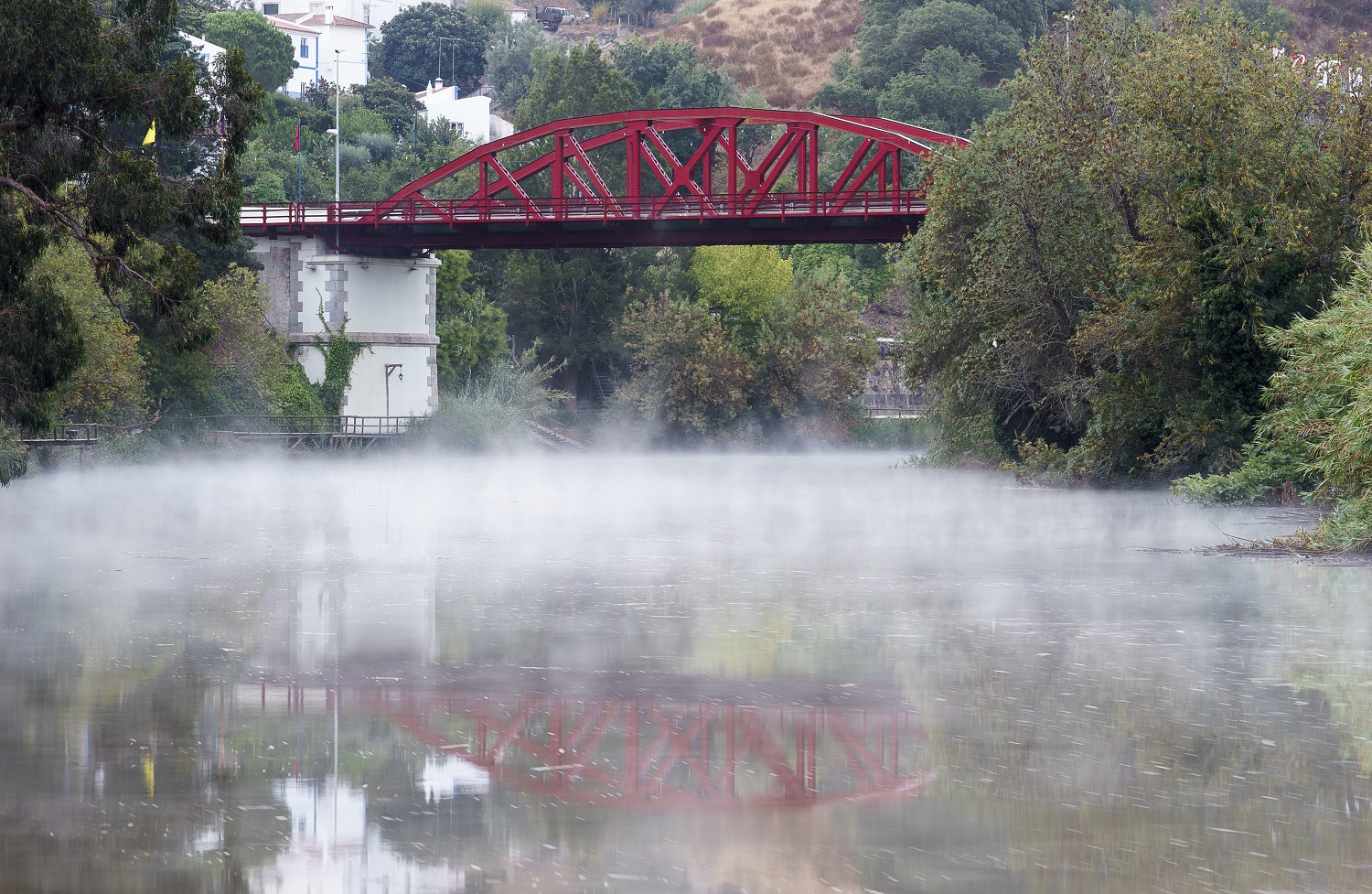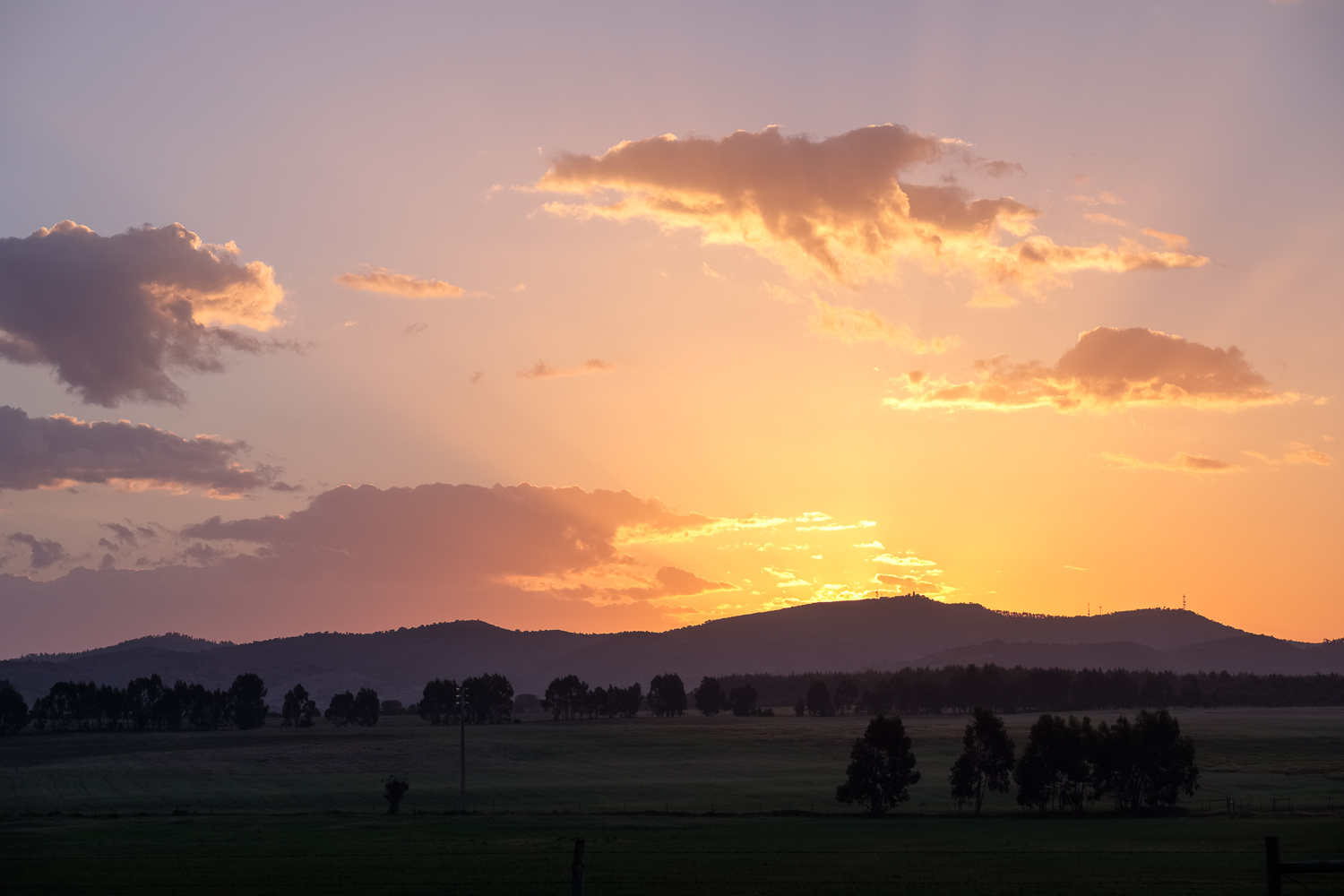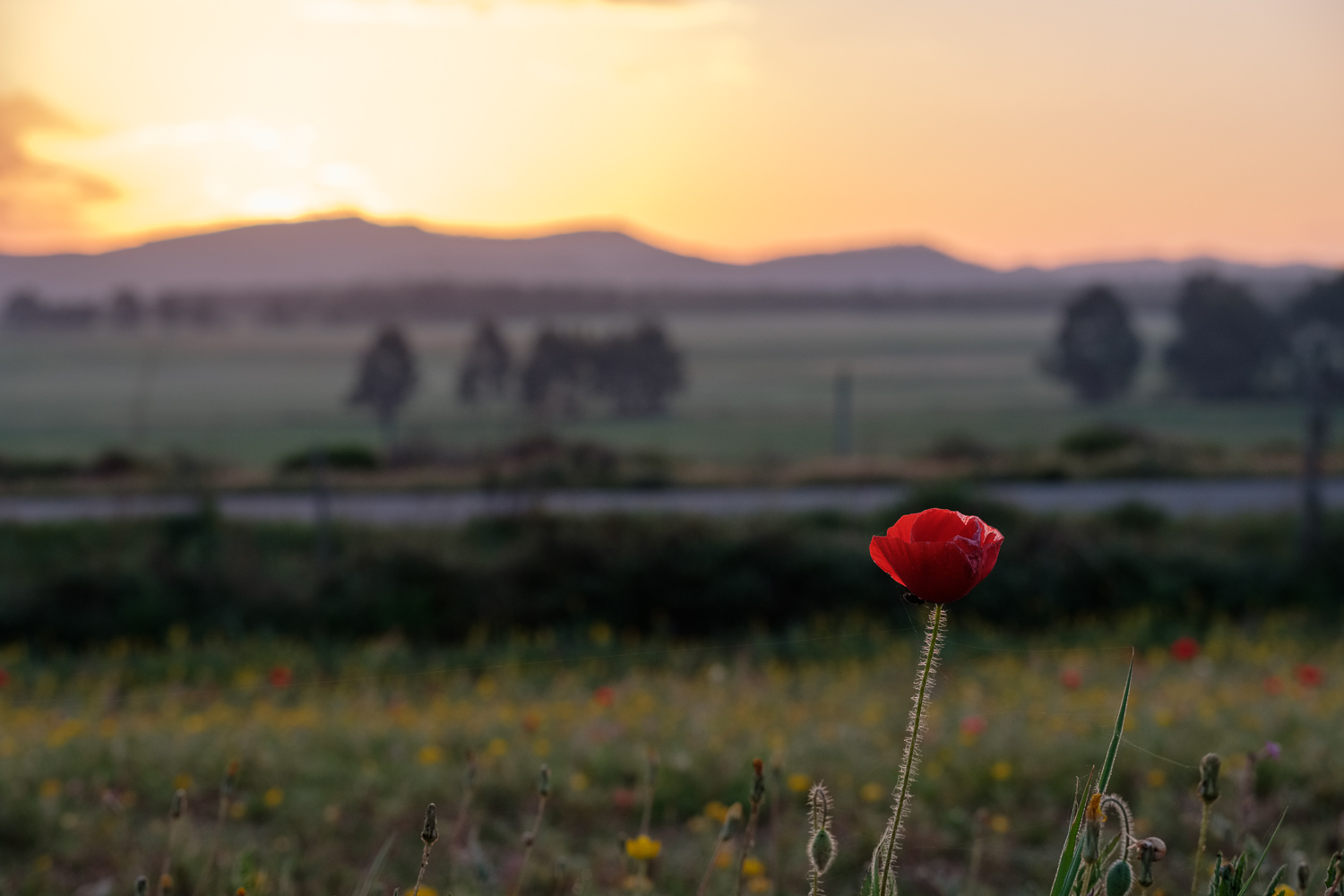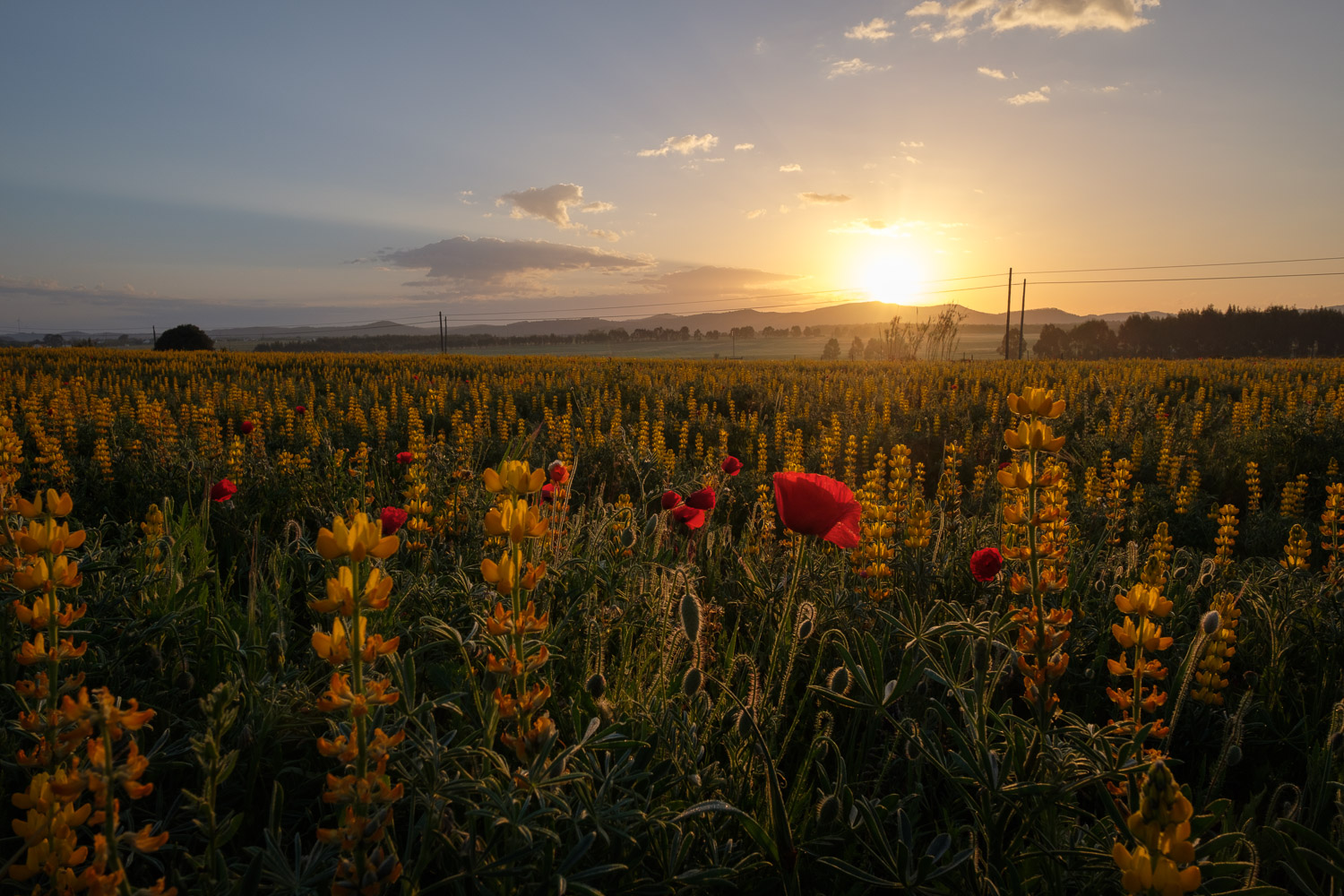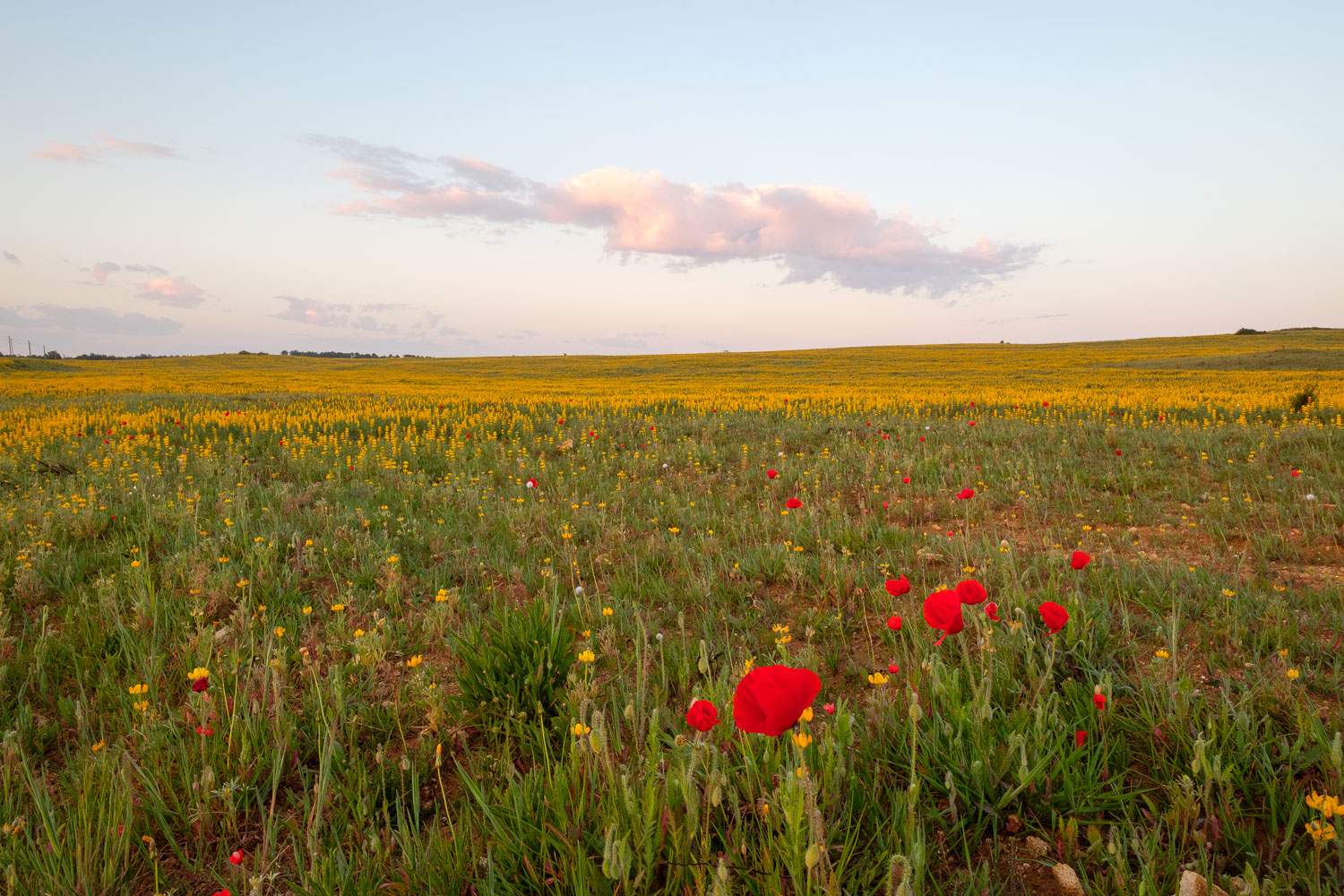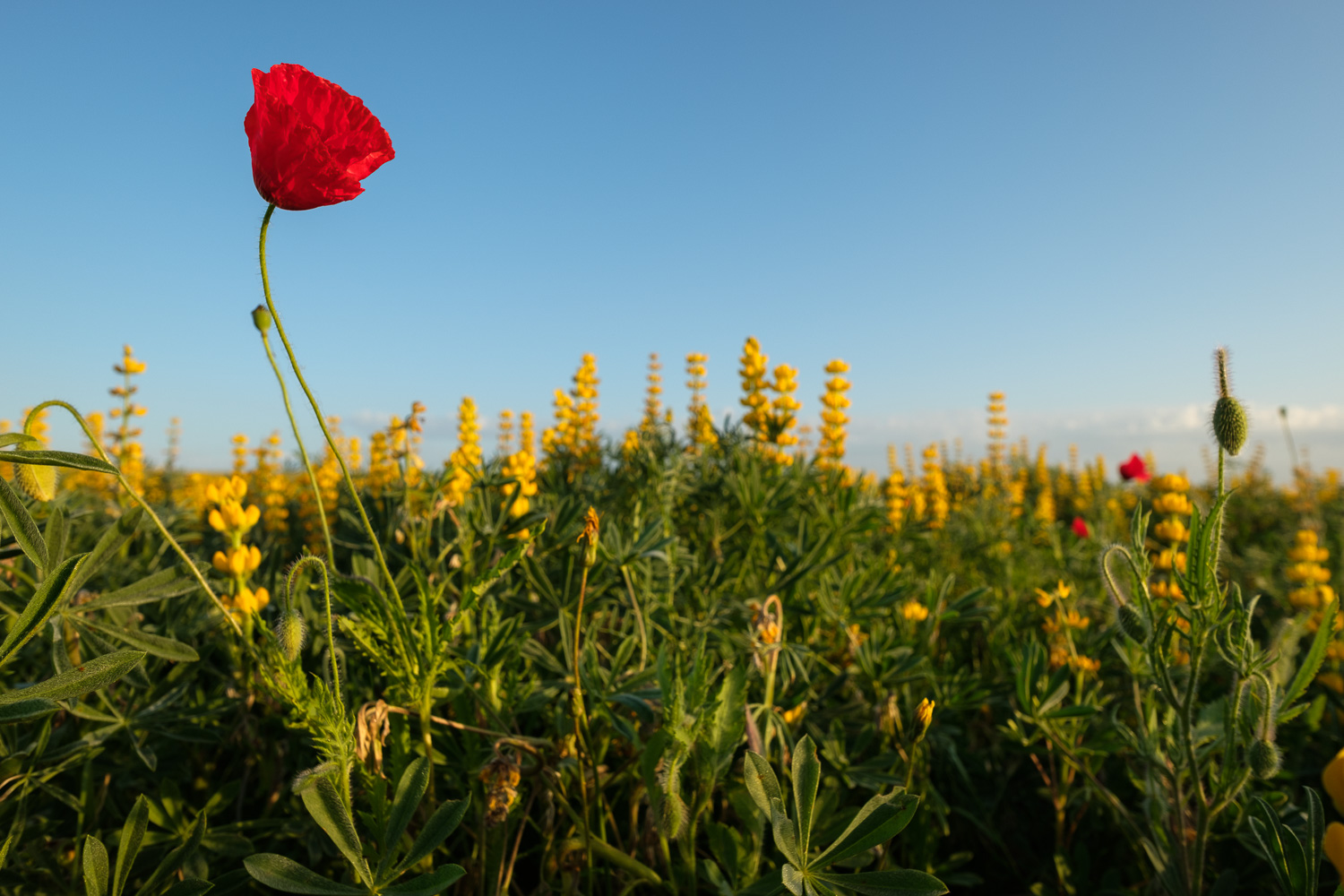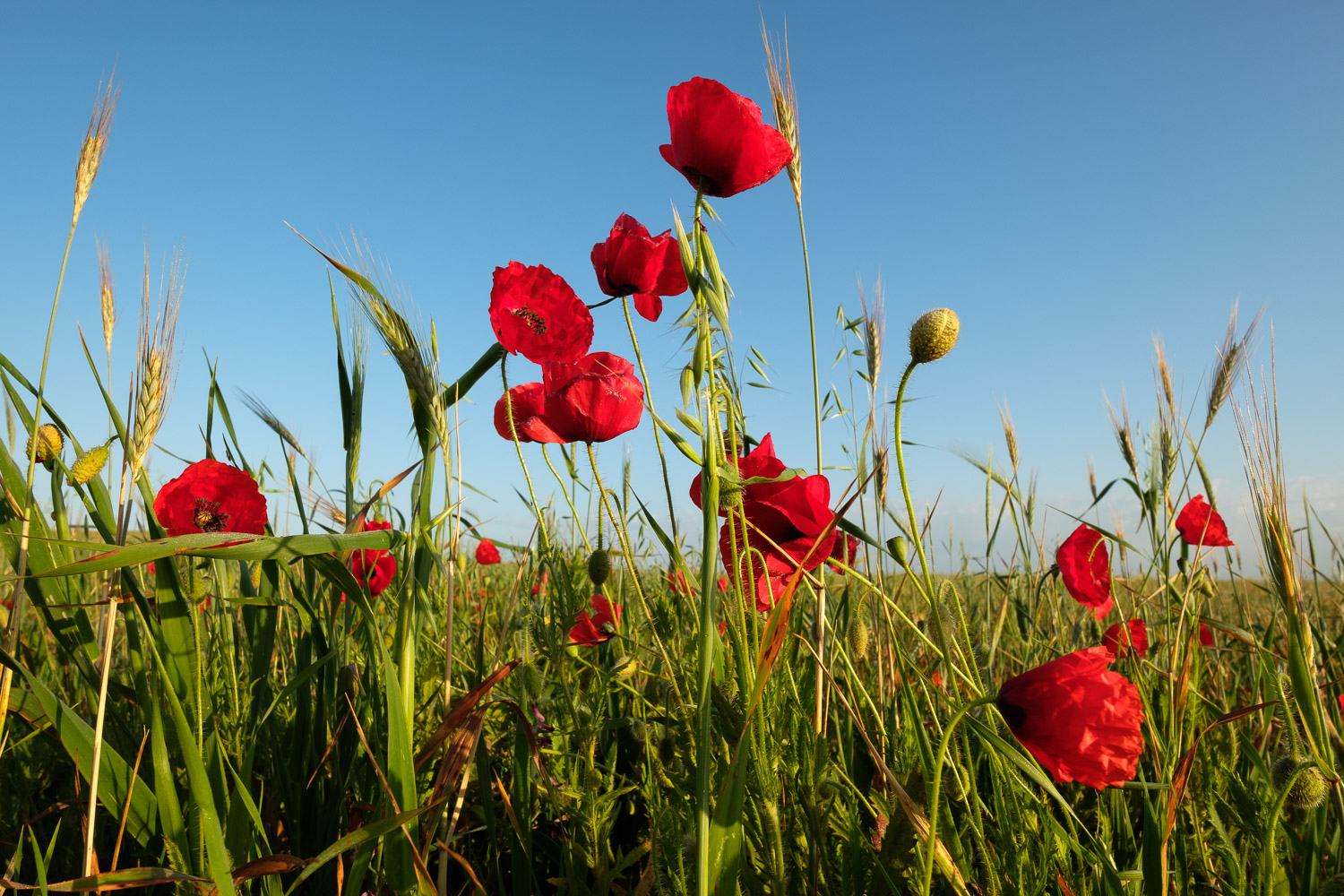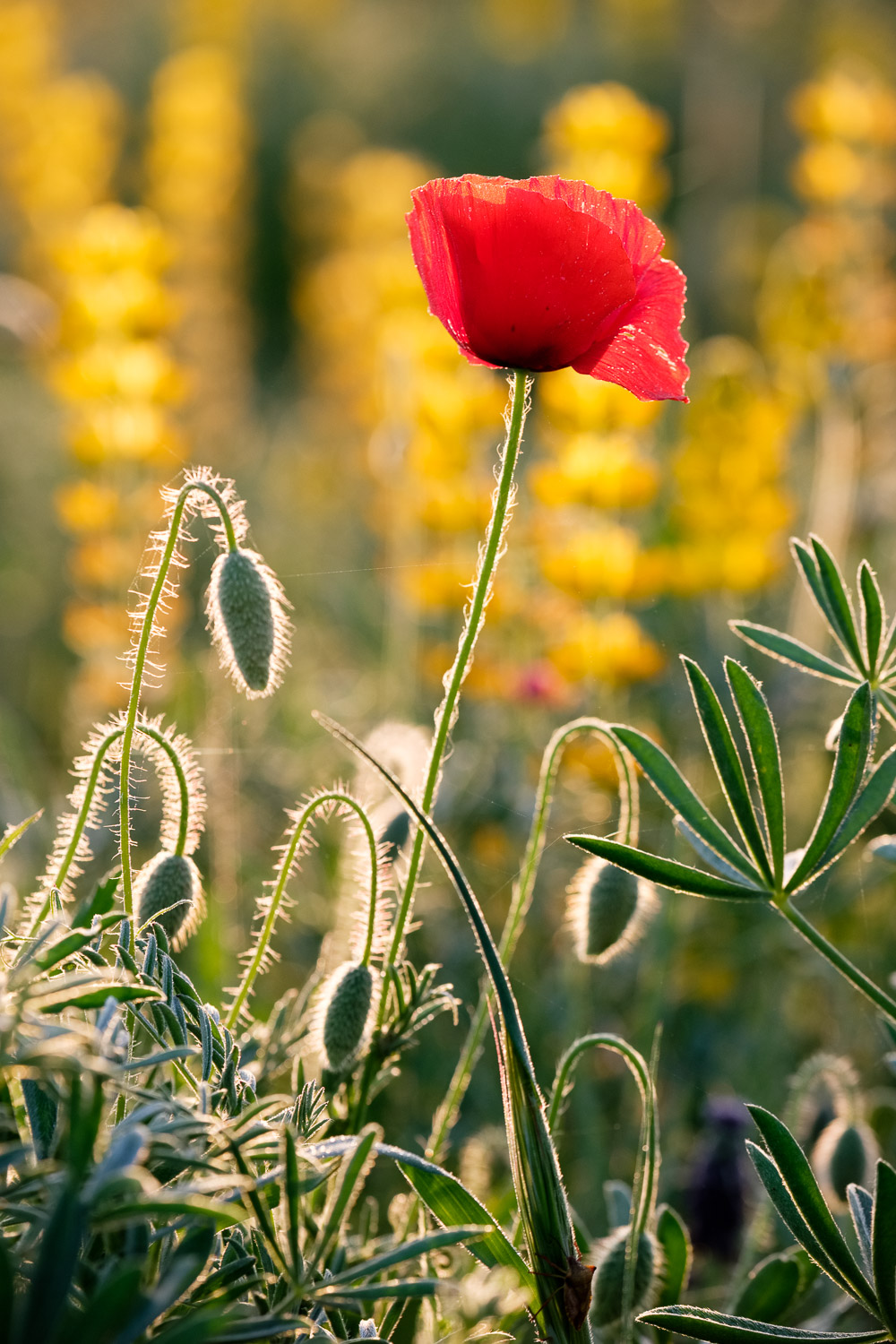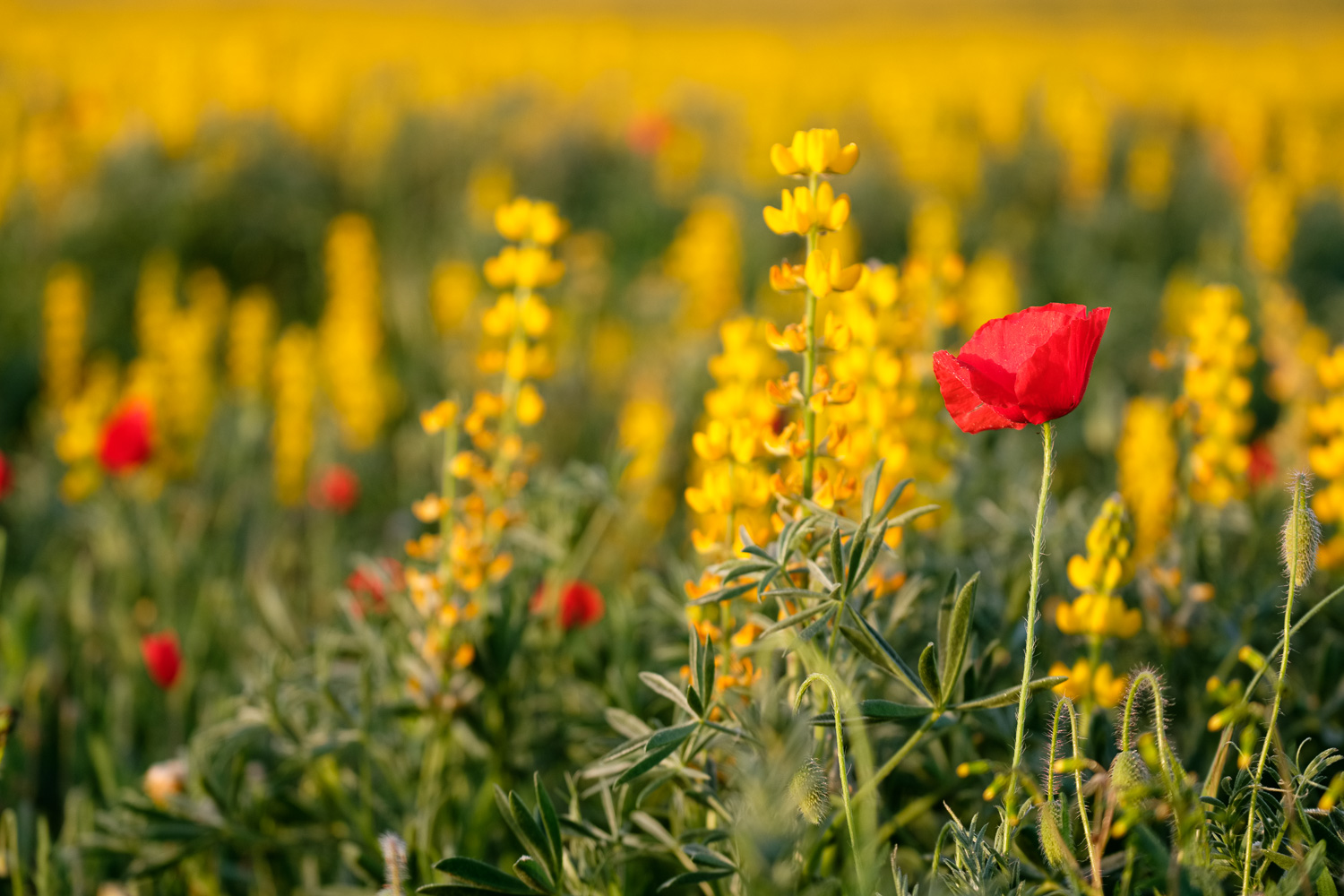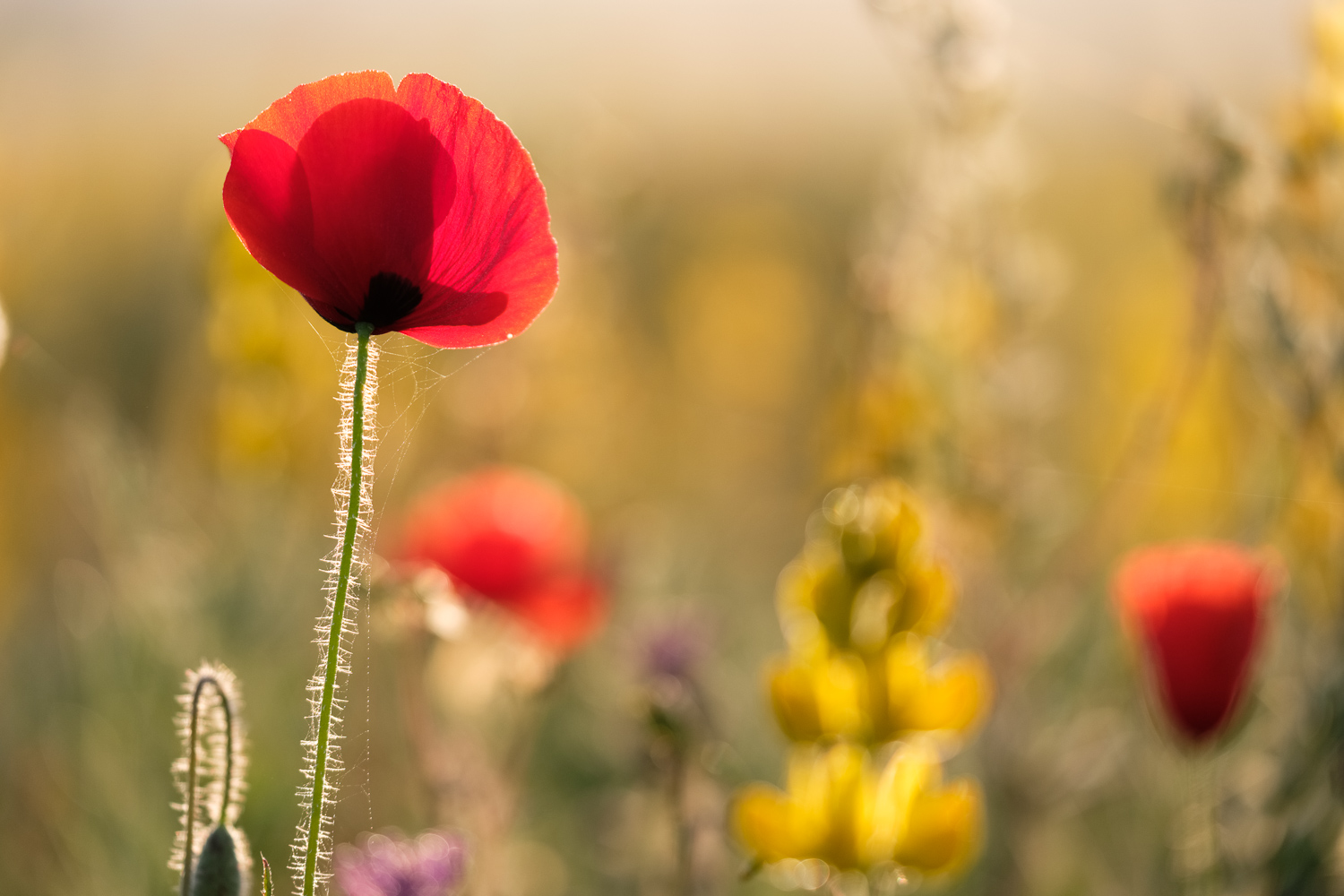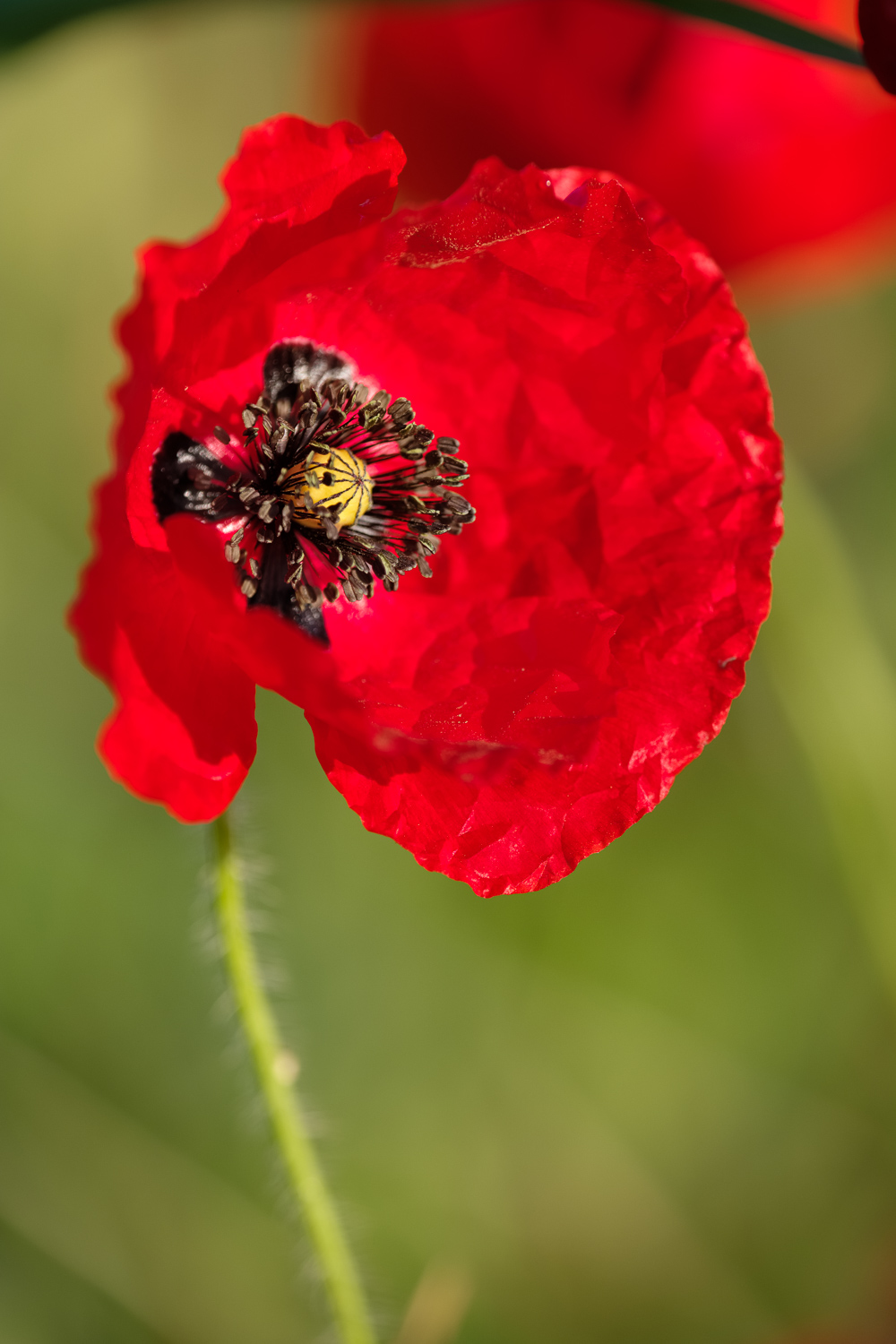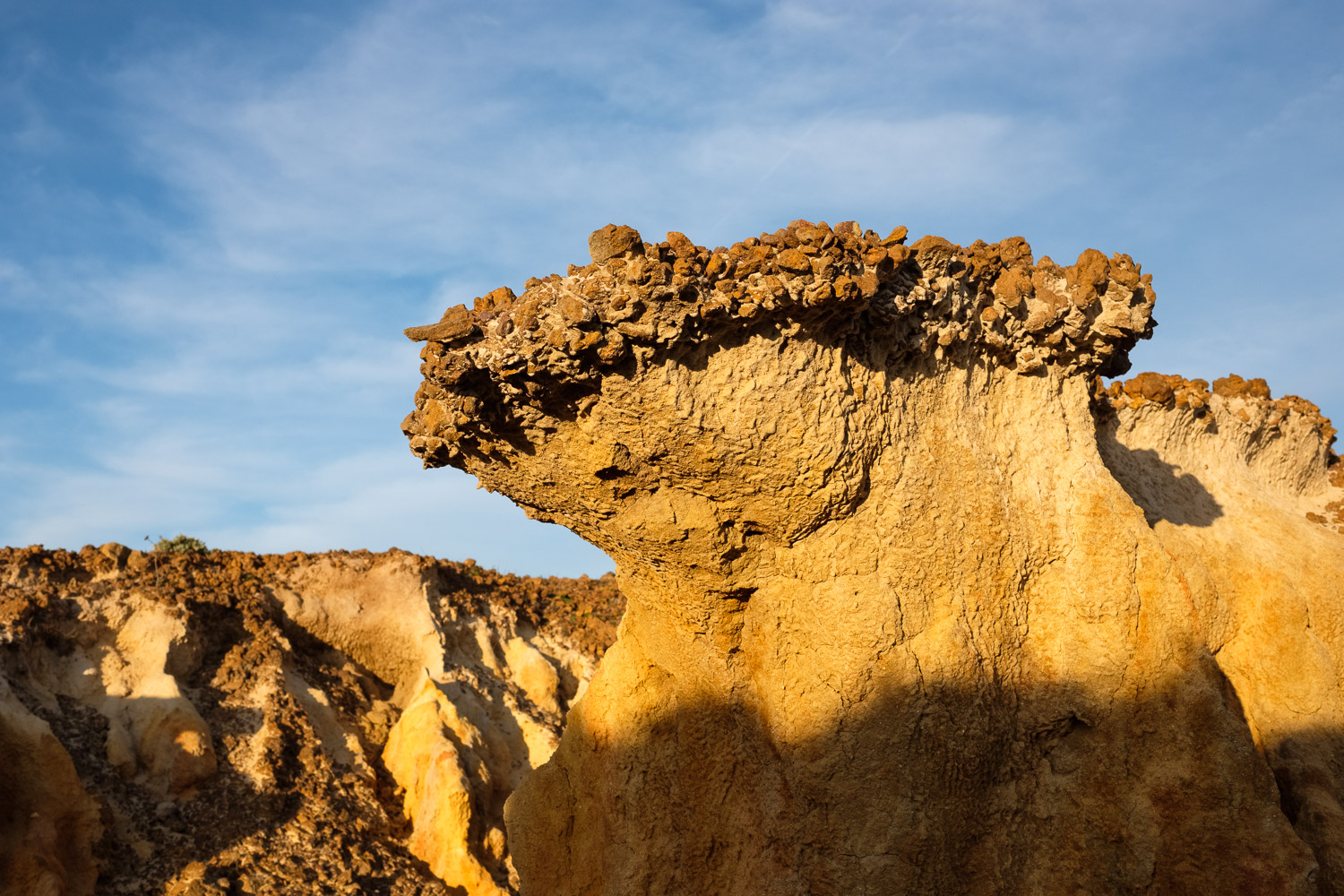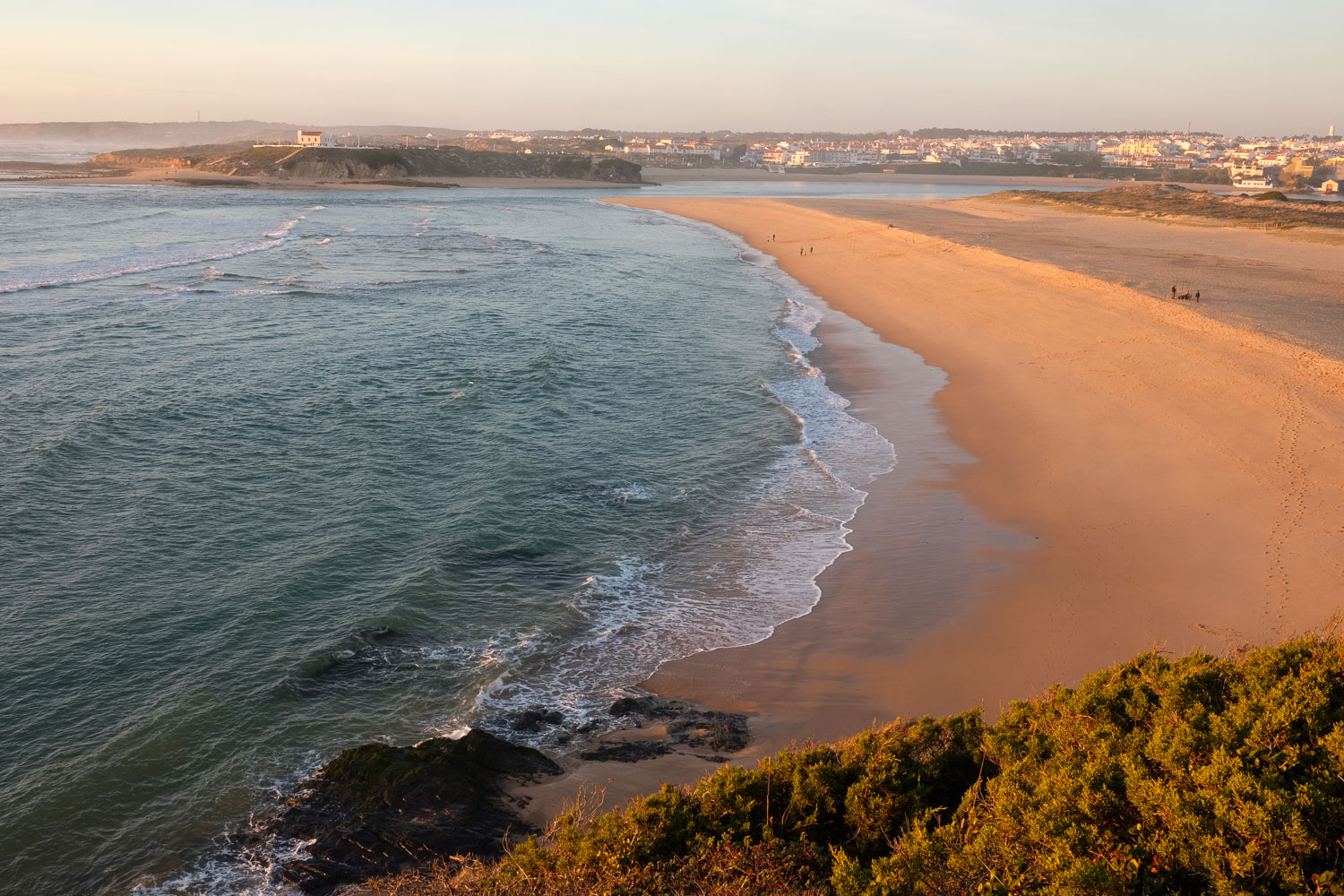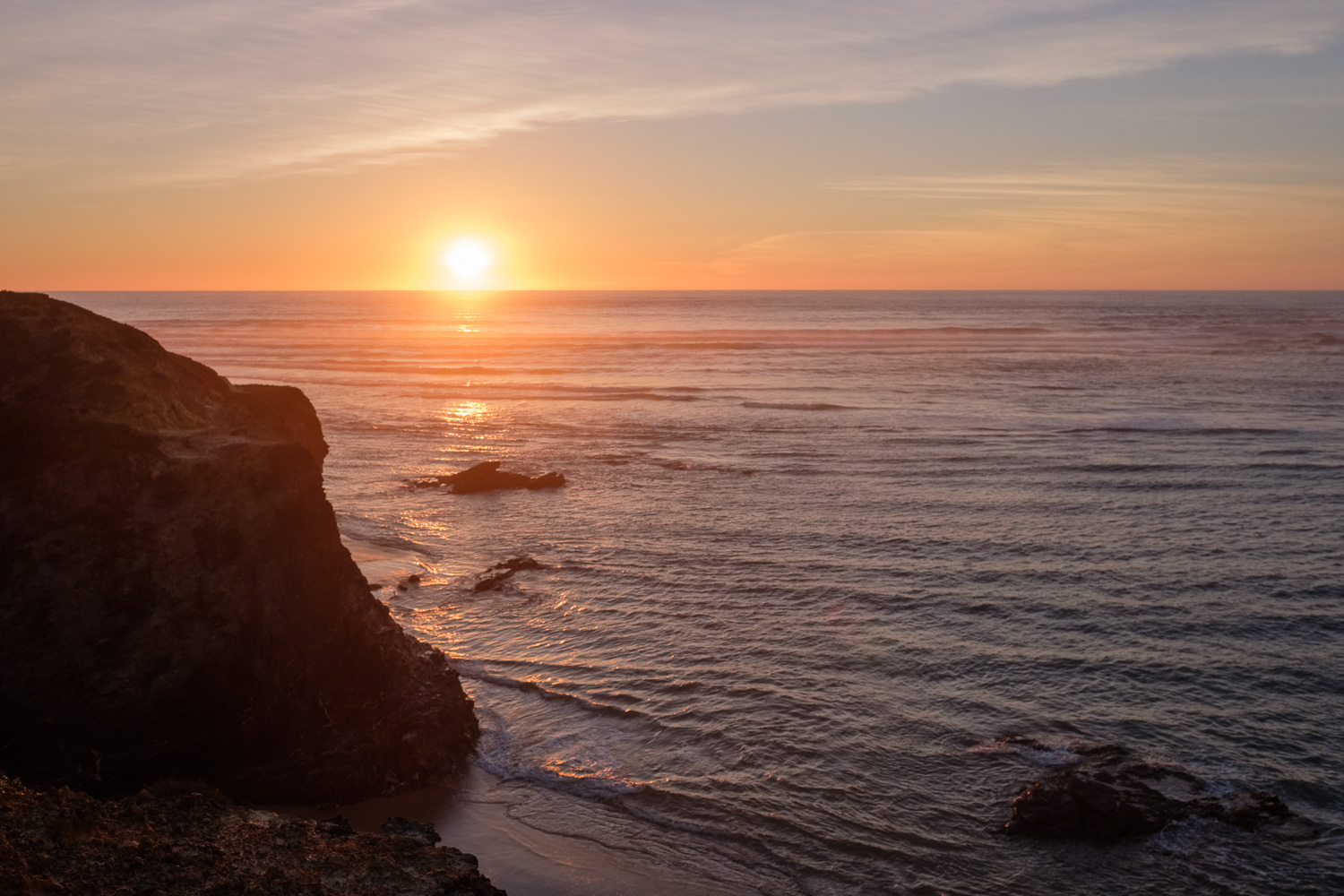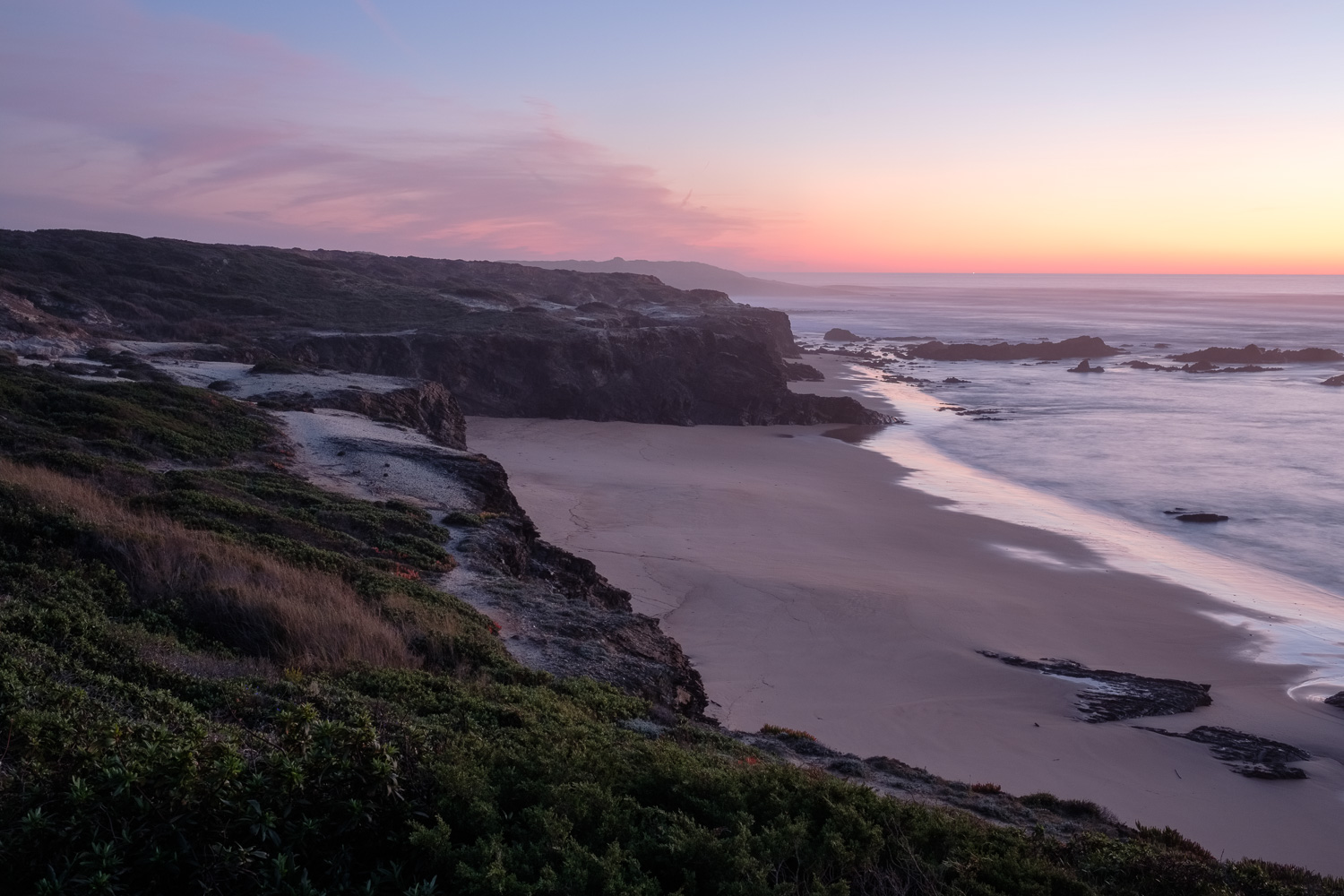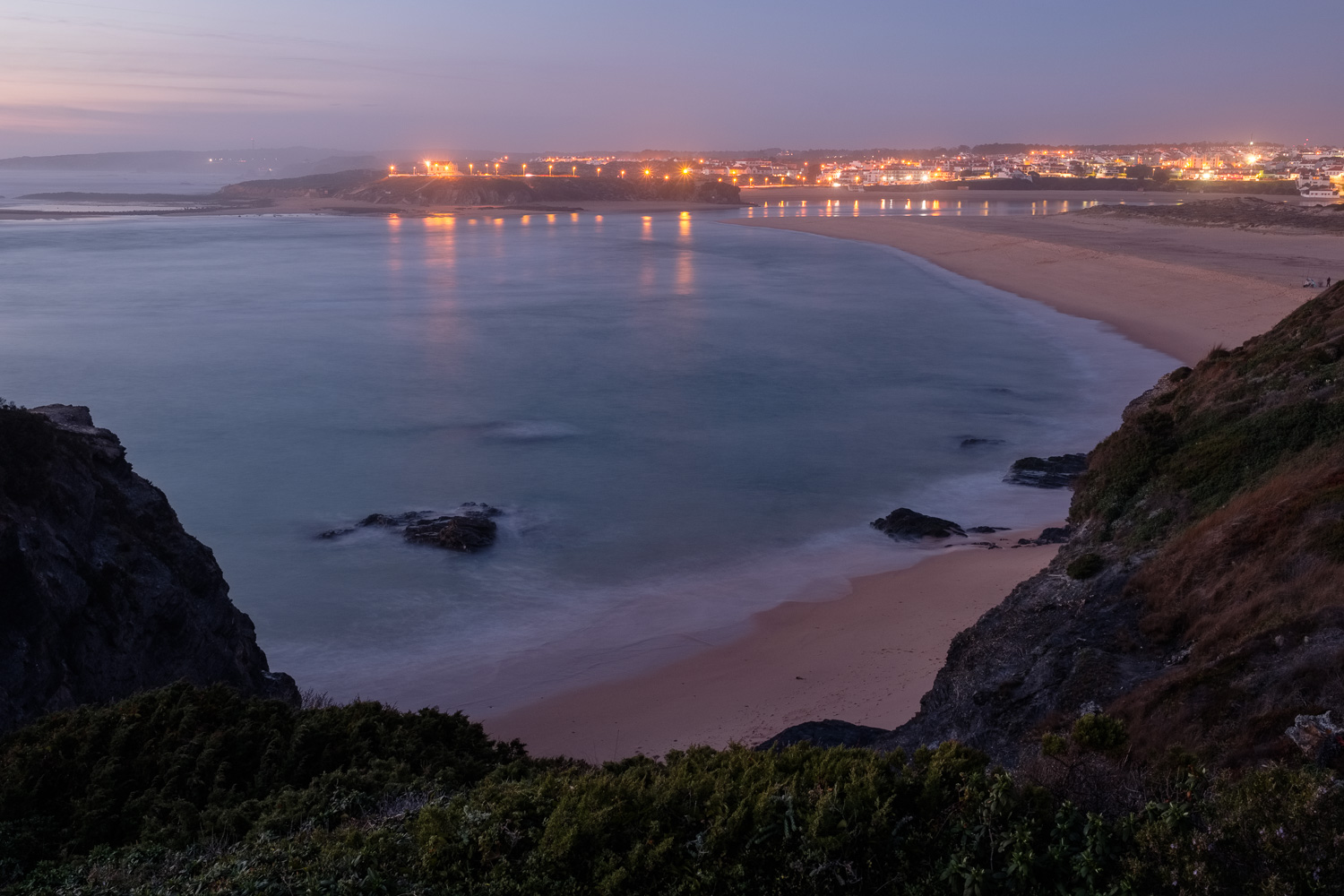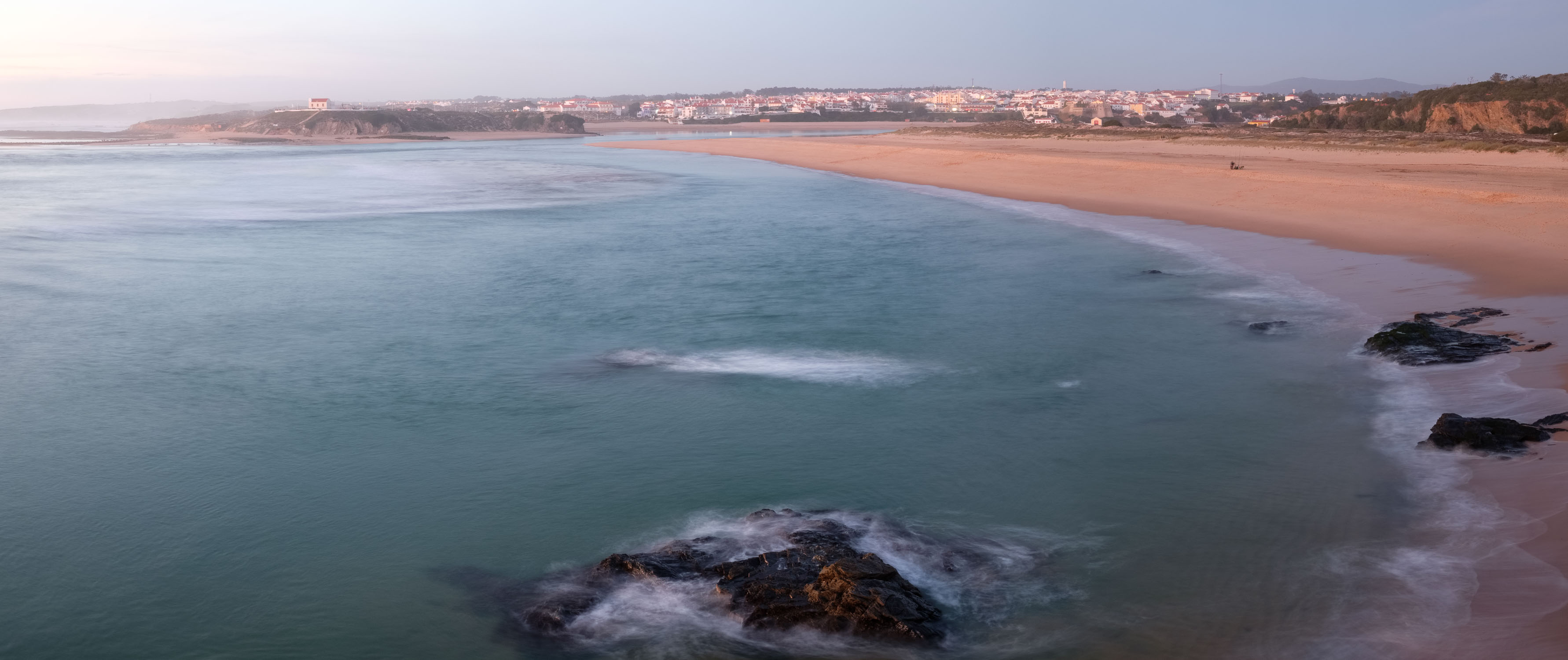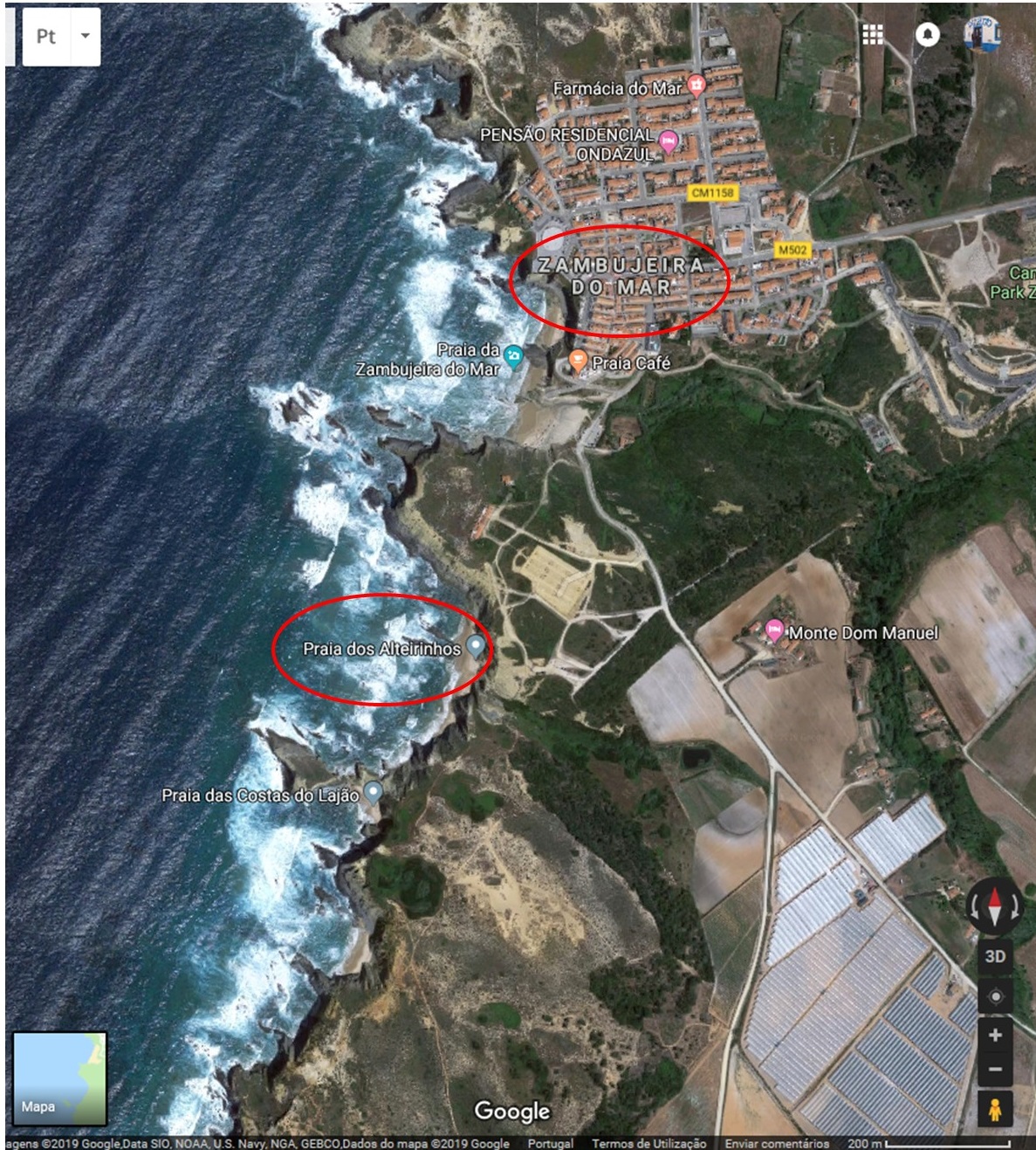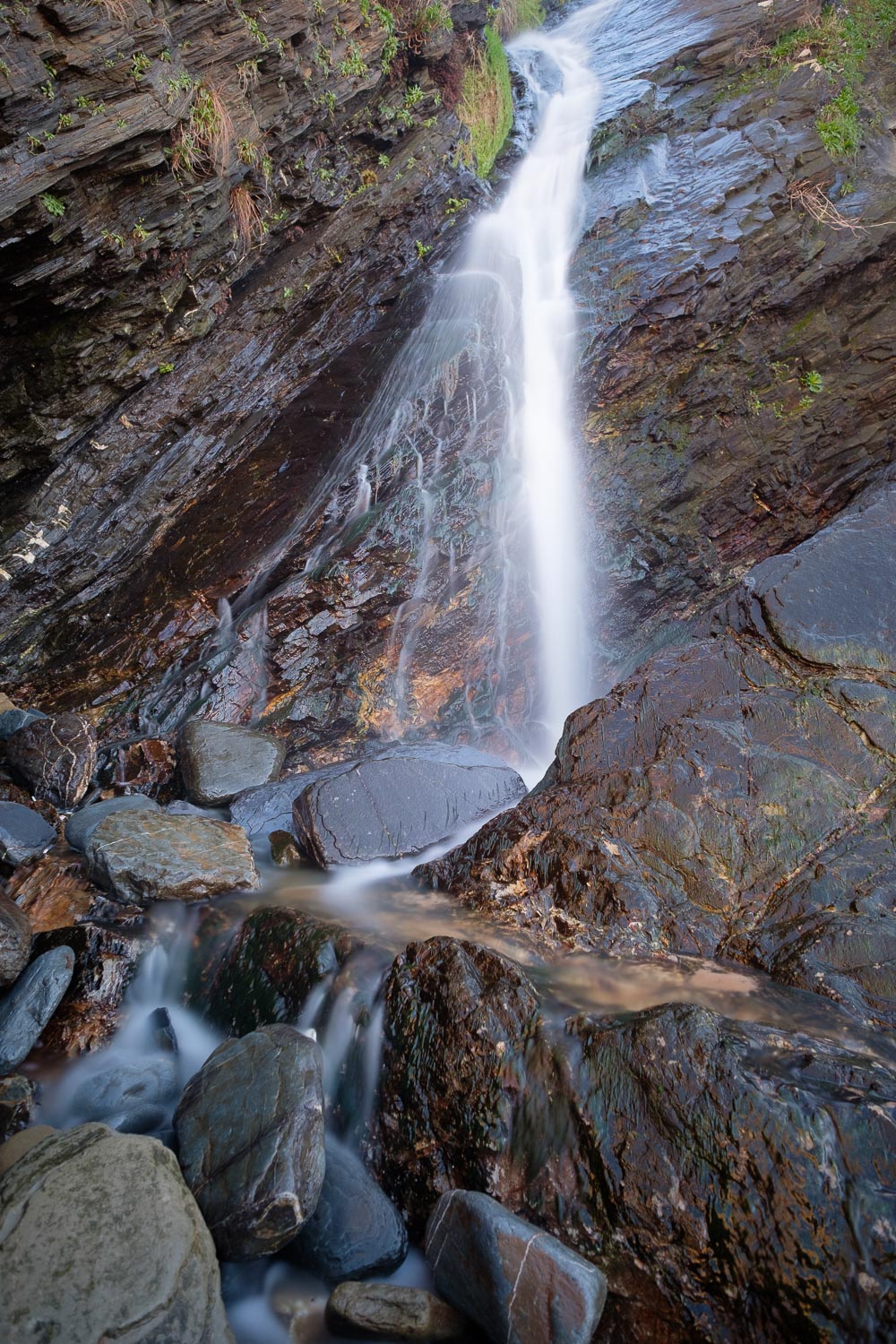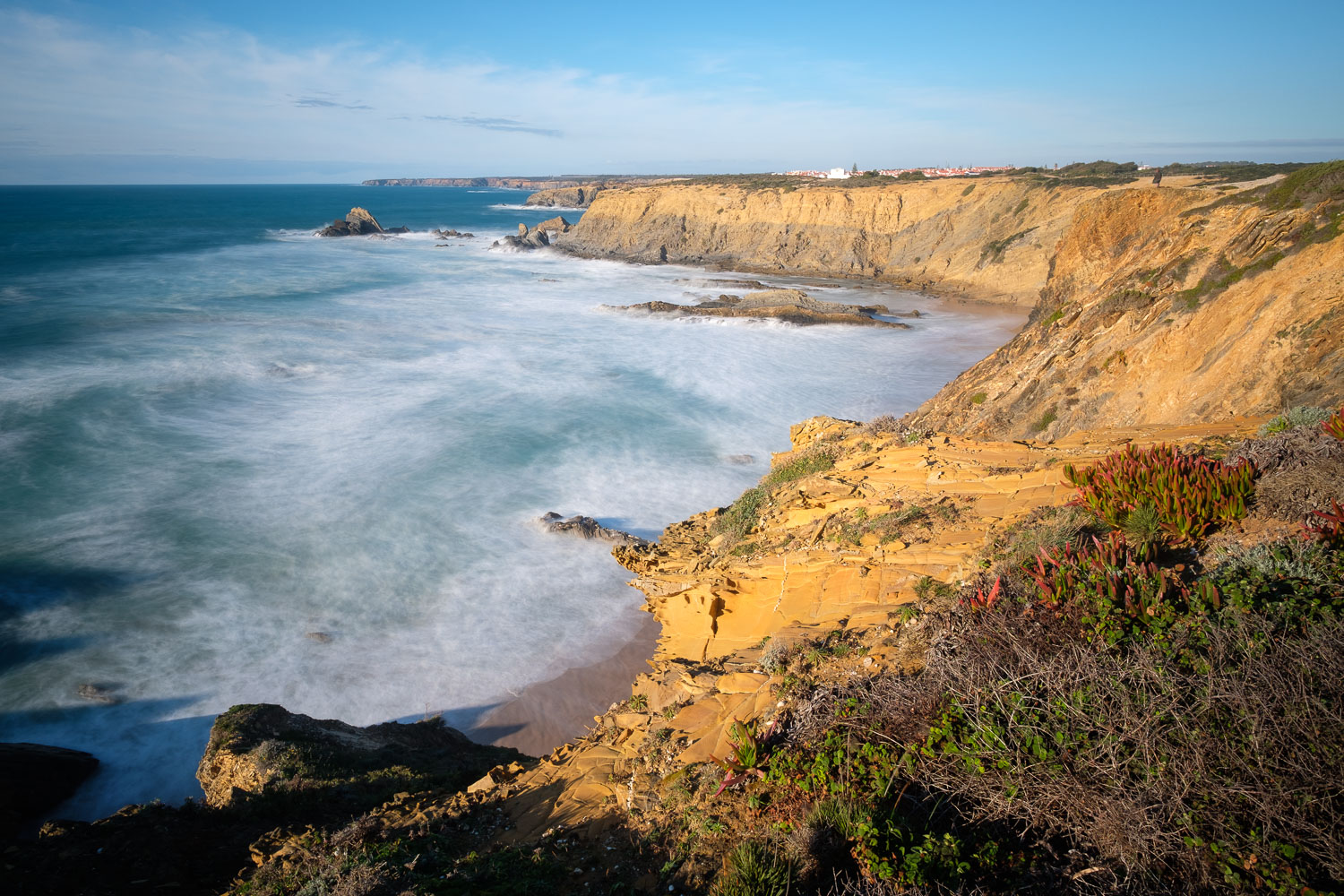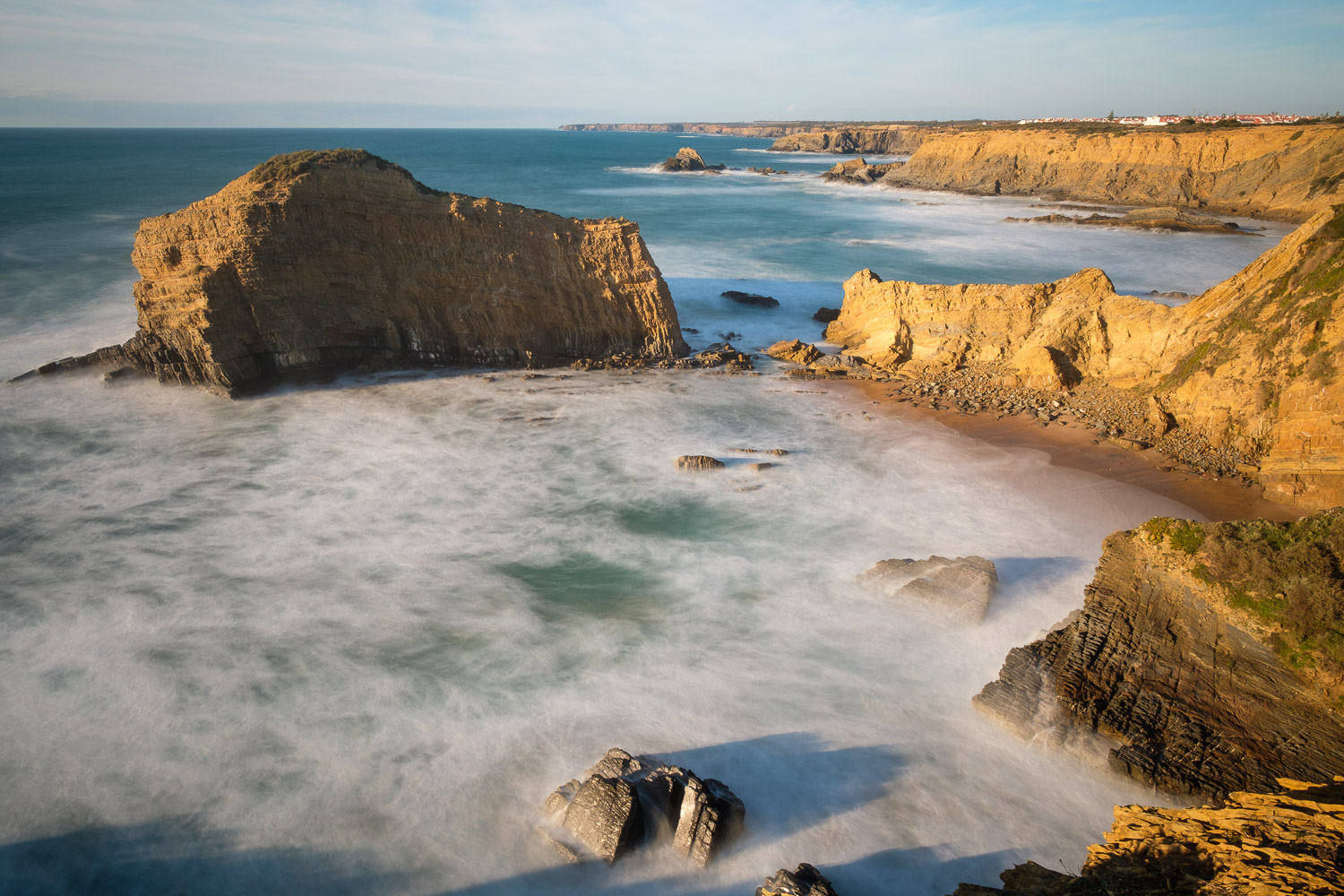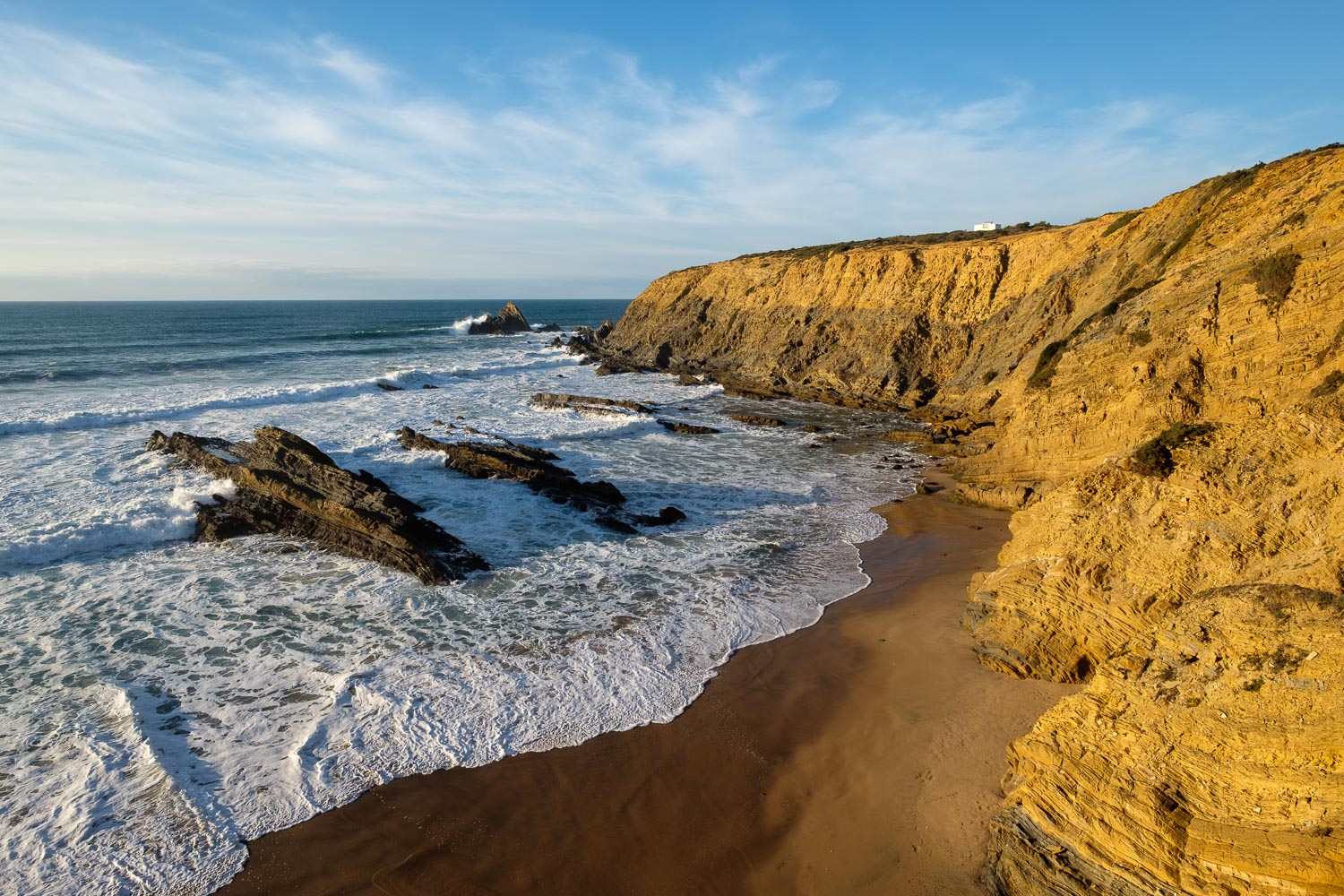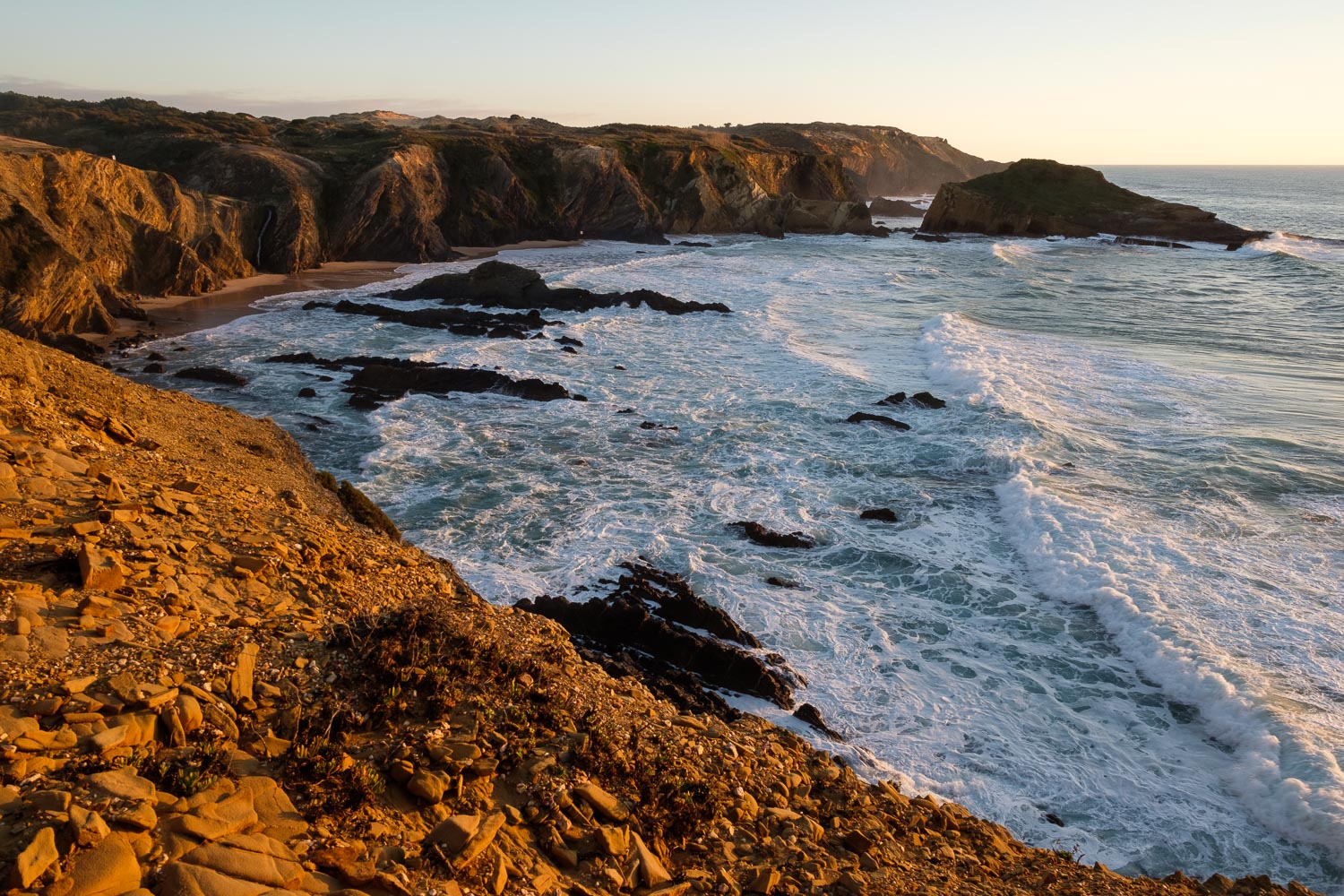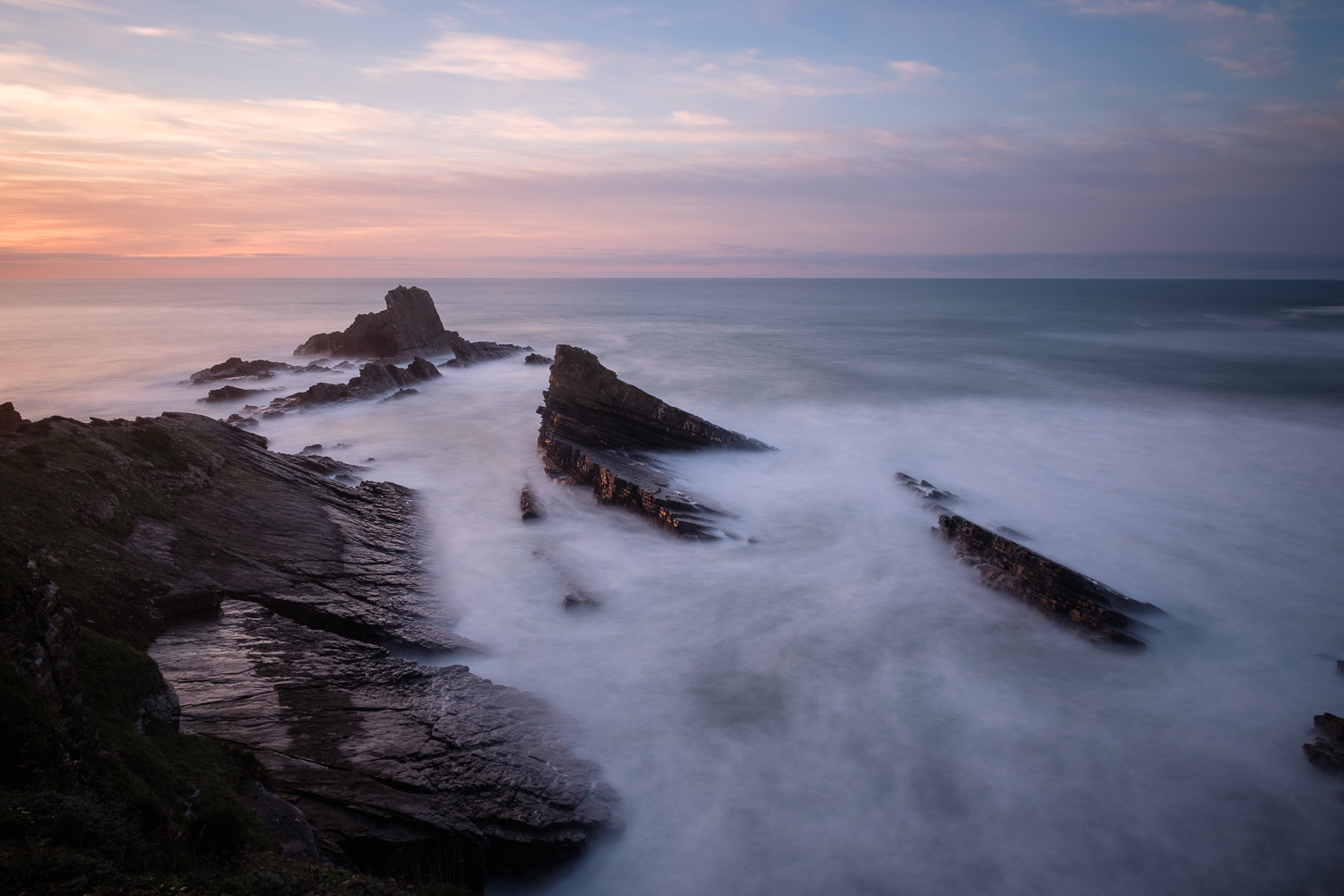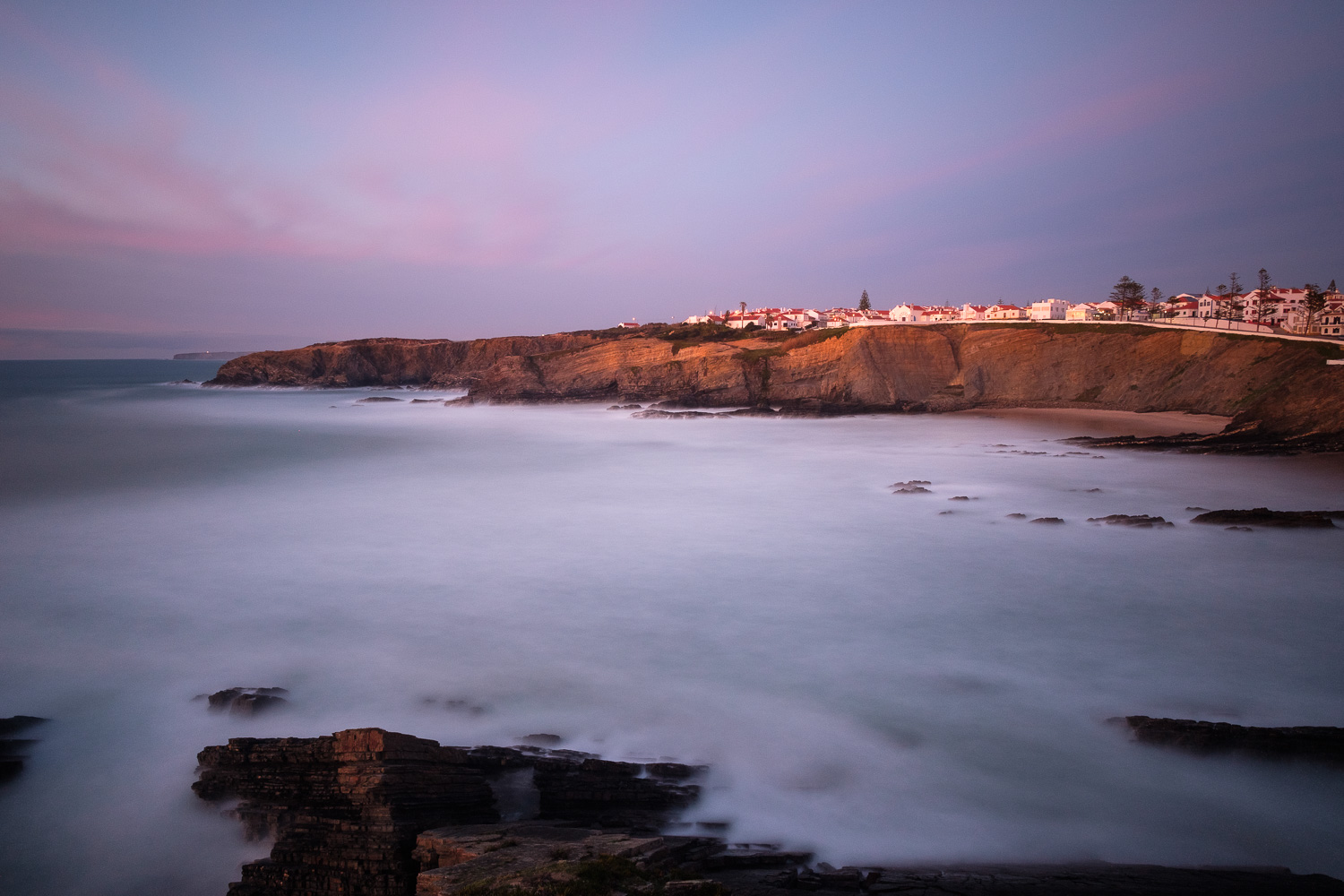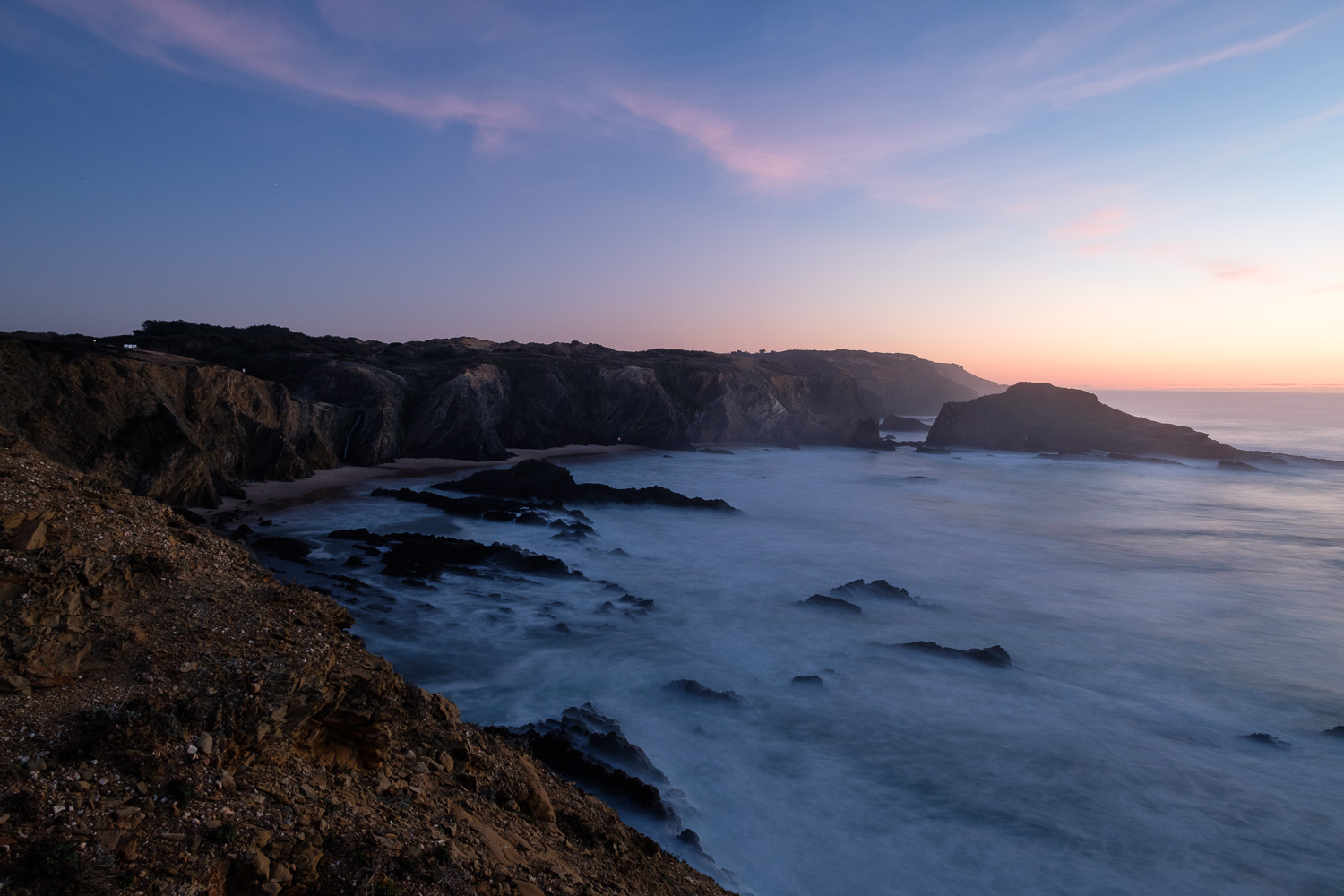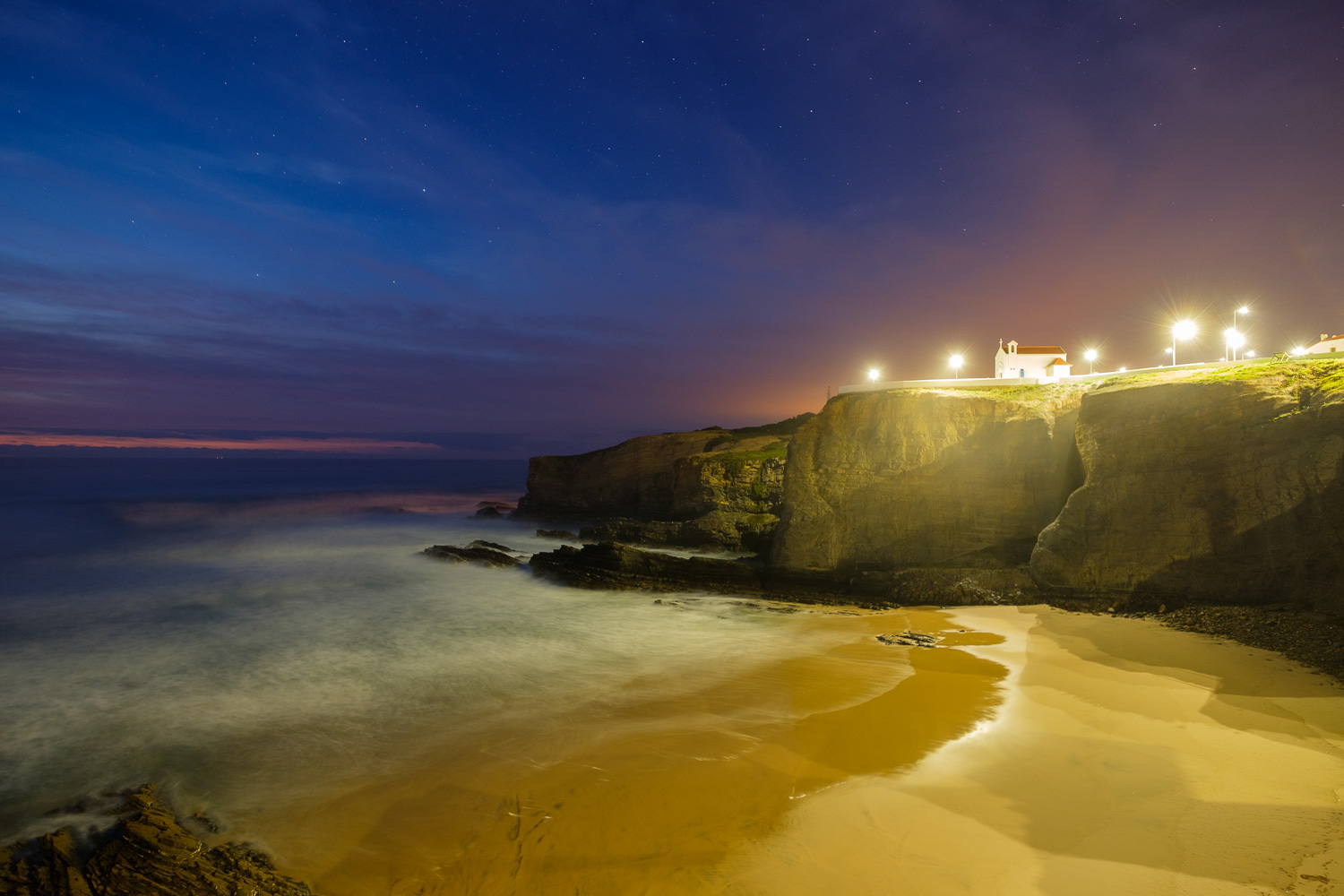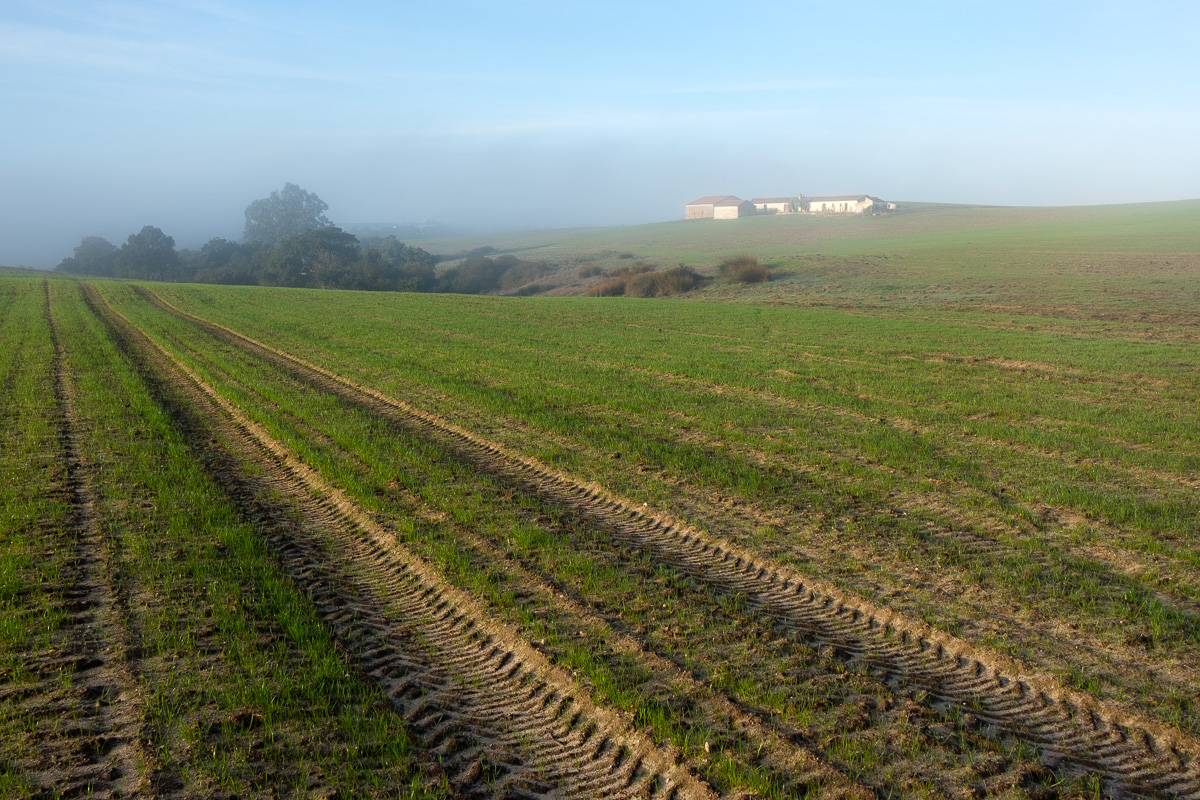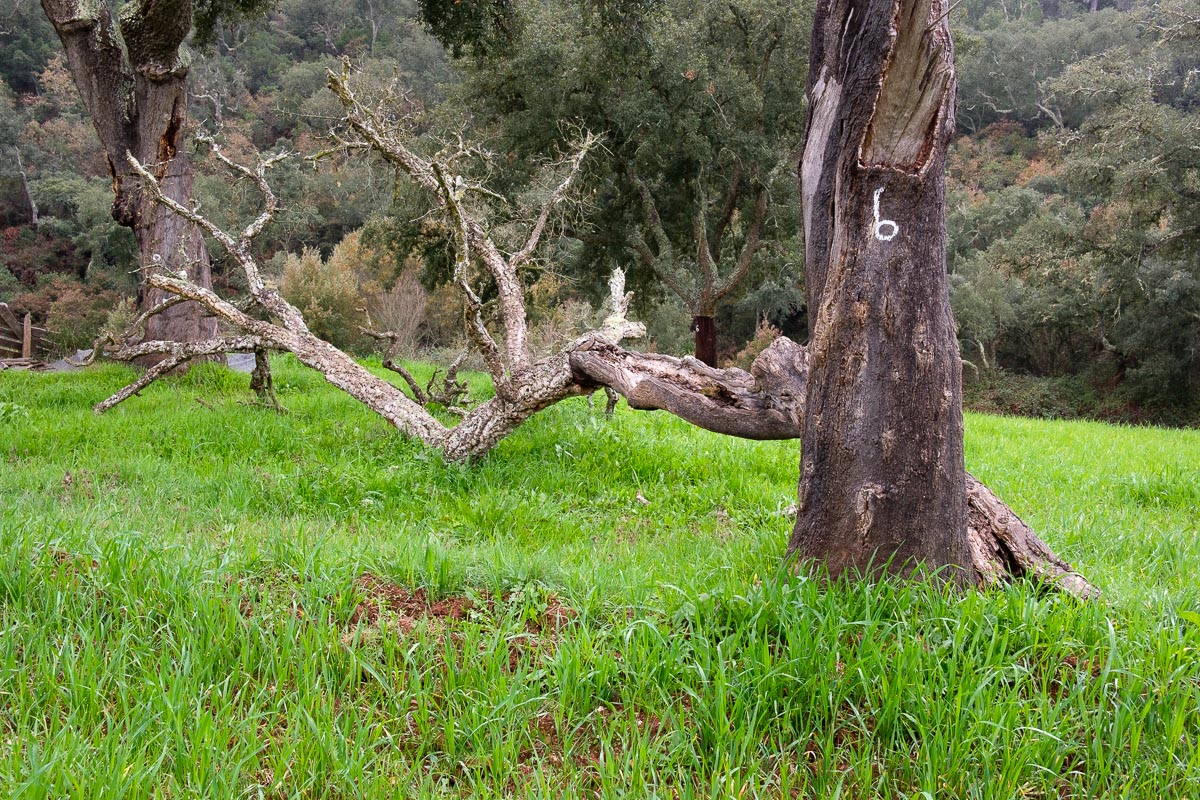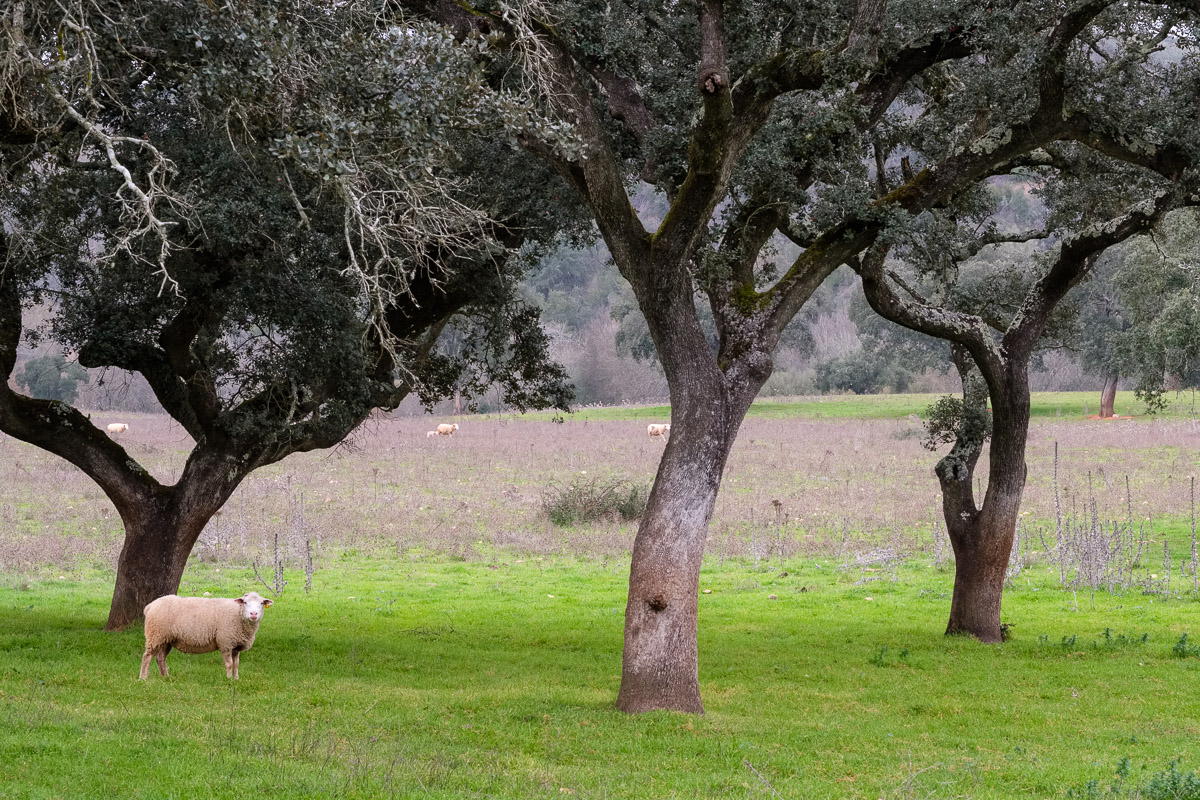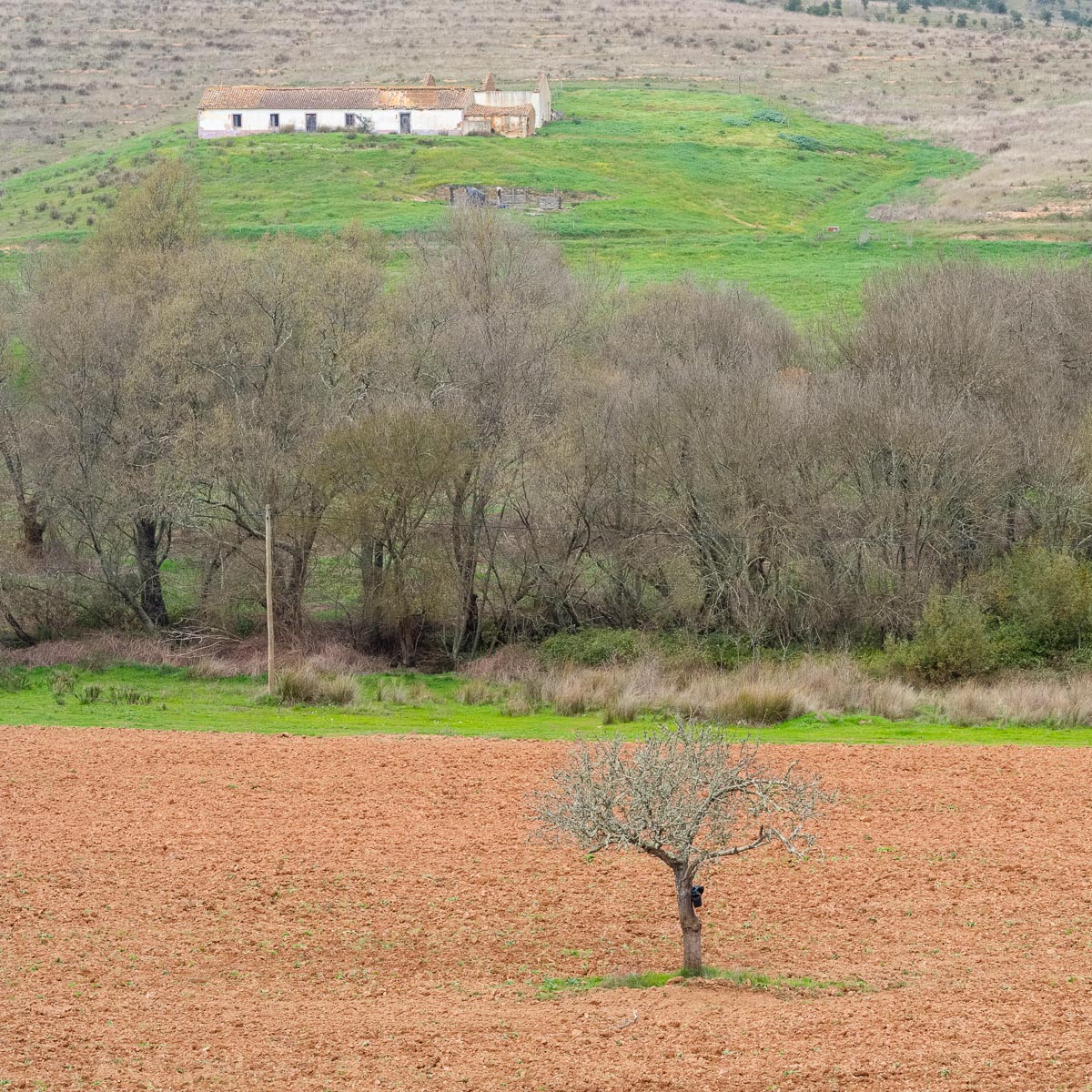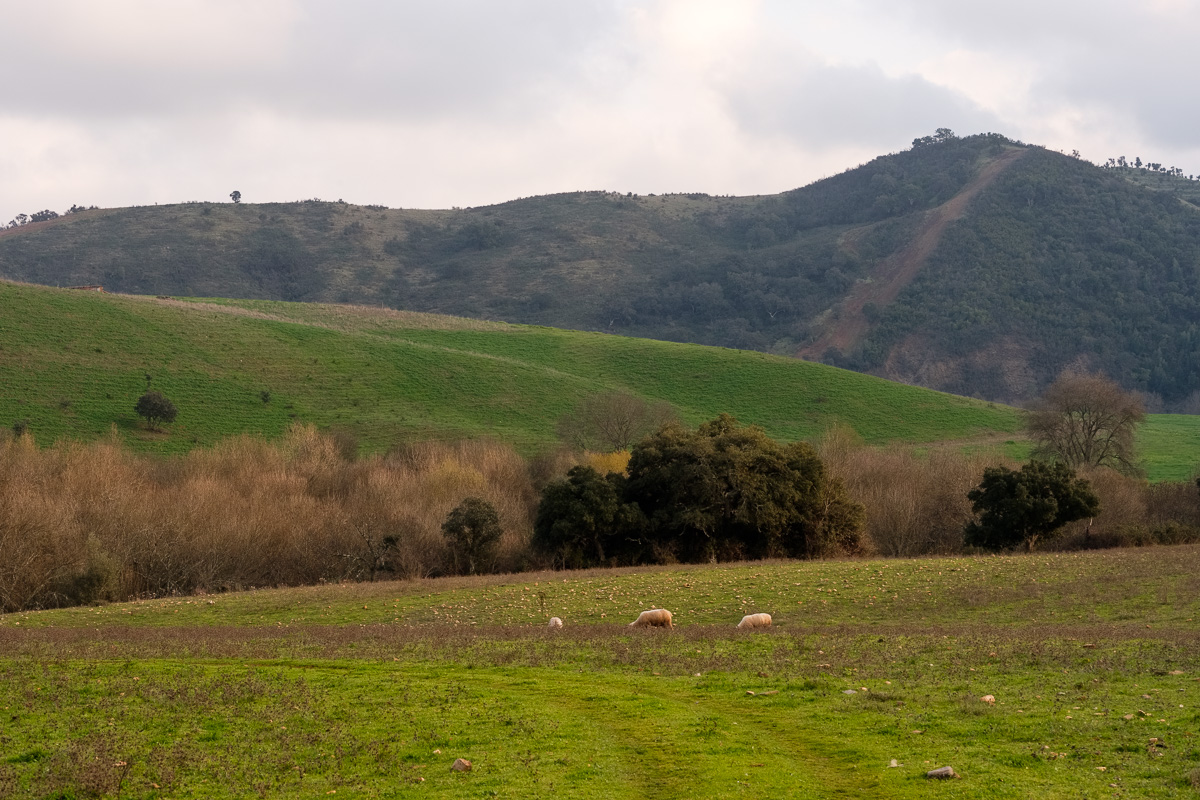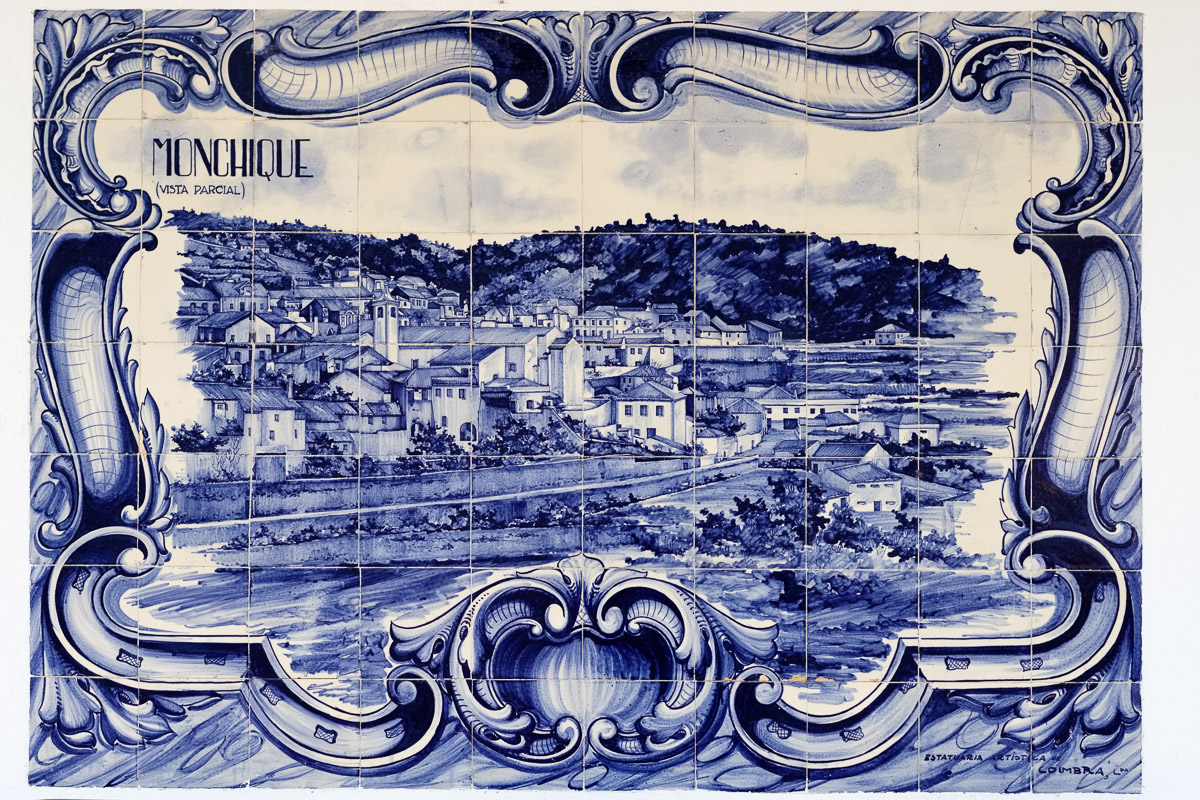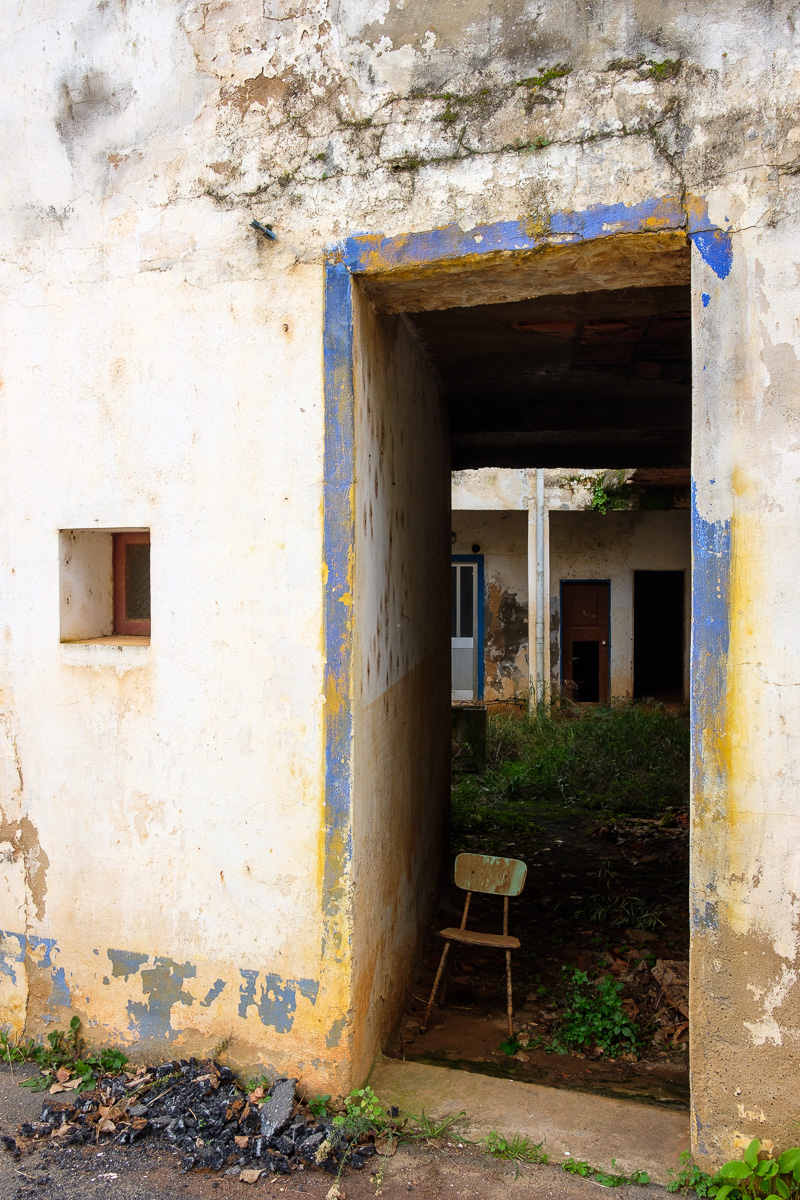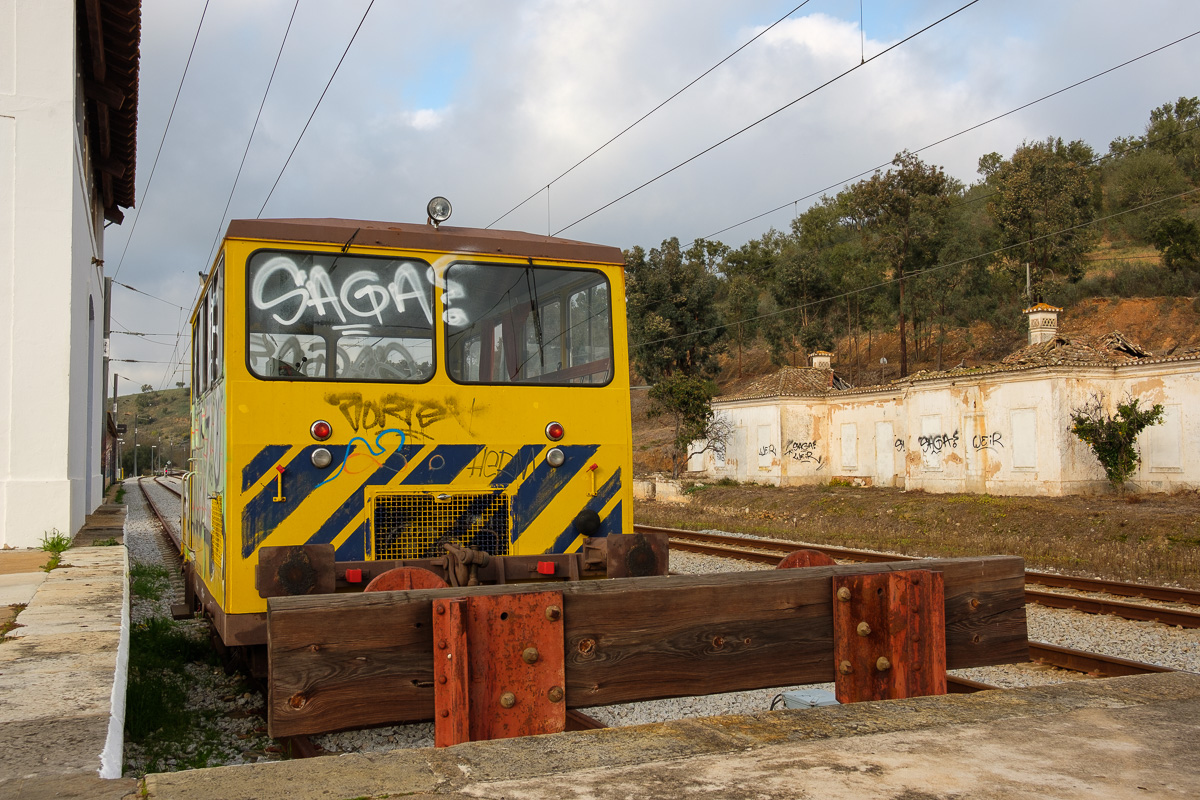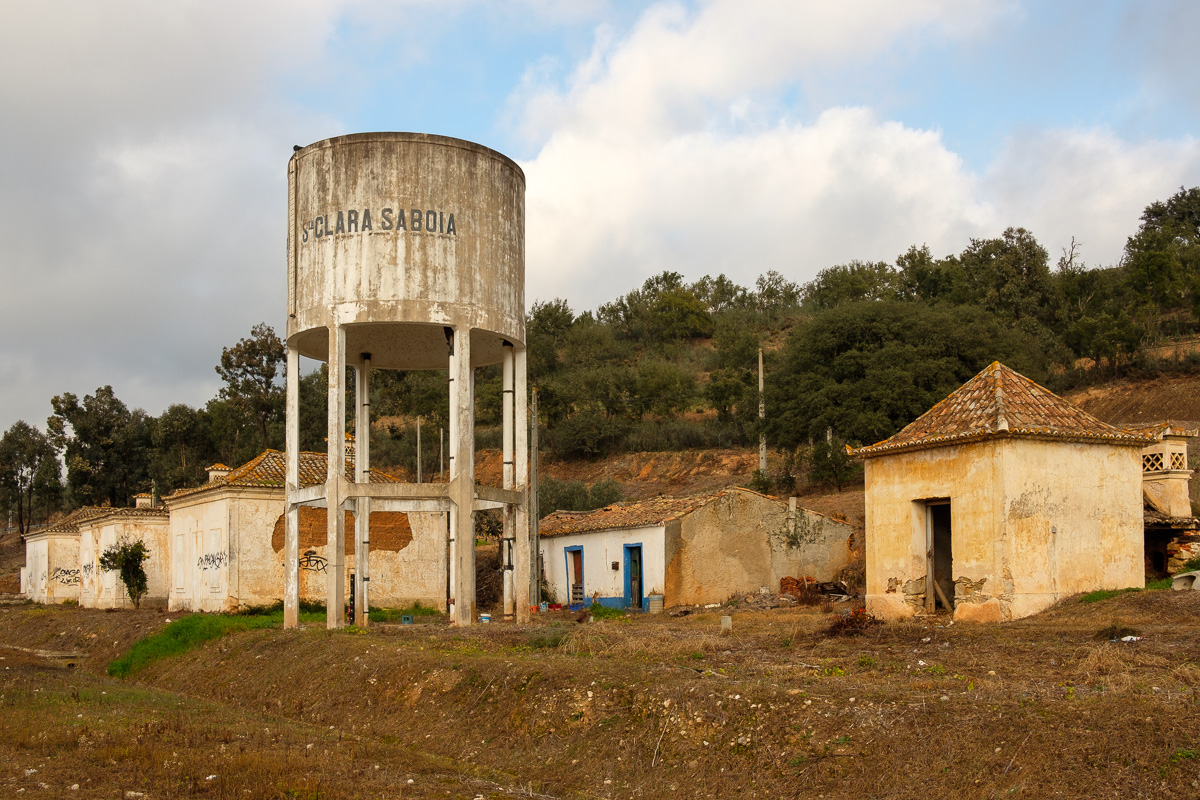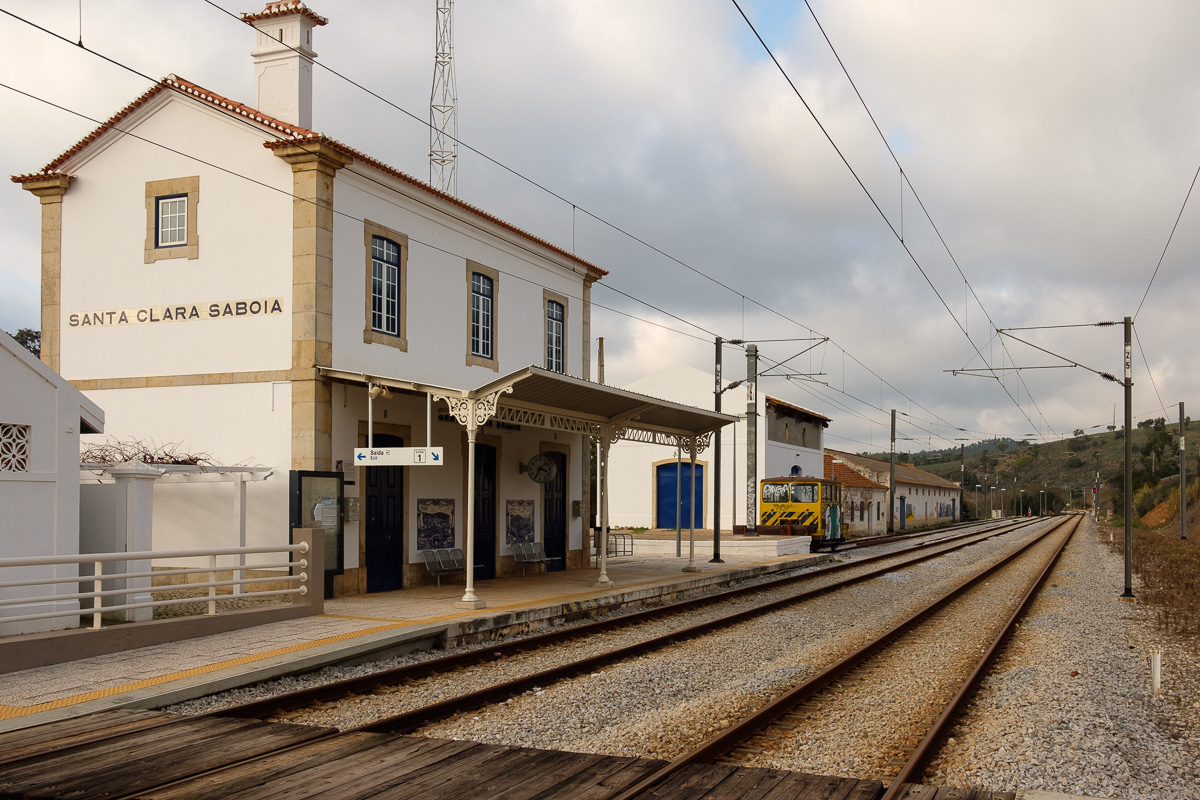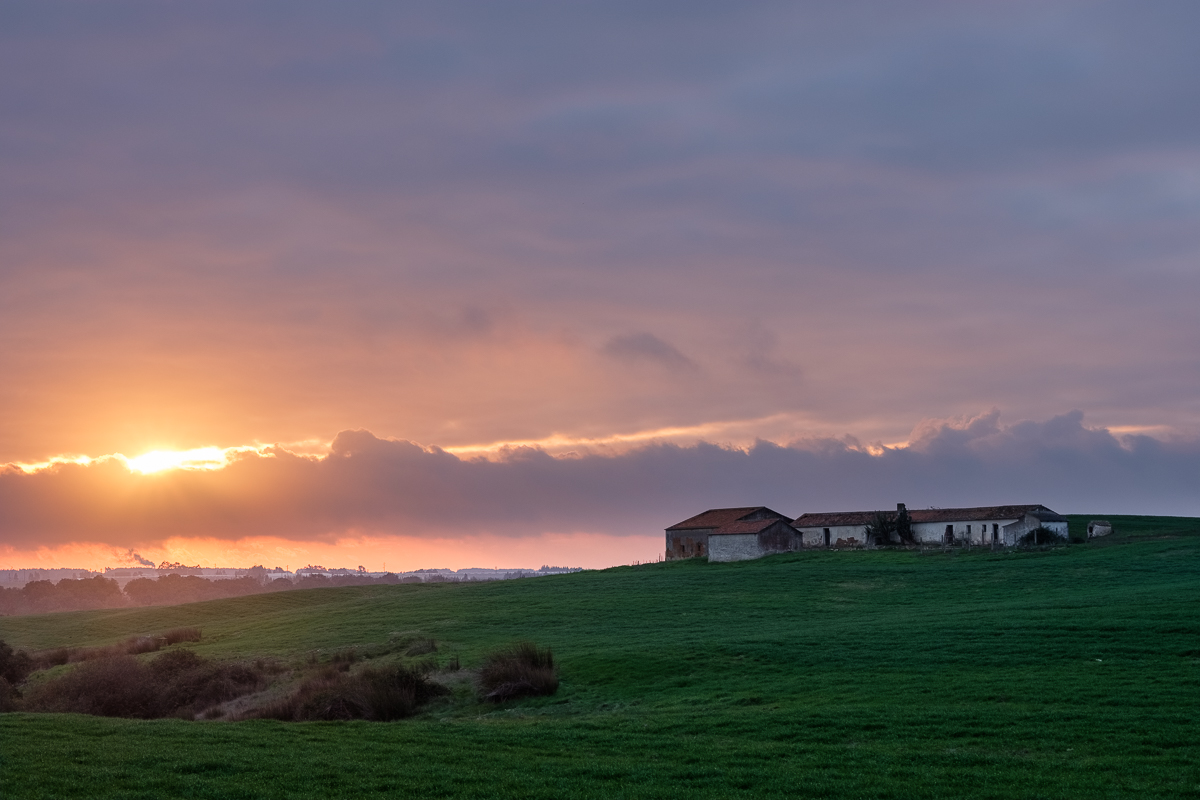During the first half of 2019, I have been photographing a lot inside the area of Odemira municipality in Alentejo. This is a region that combines a beautiful coastline and beaches, with more interior plains and hills. Thus, it is often described as a “different Alentejo”. Several reasons have contributed to these photographic endeavours: doing several of the various trekking paths; assembling a portfolio for an exhibit; attending more local events; or simply taking more weekends off. There are many highlights in the region of Odemira, and you can get a very good idea from this institutional video:
https://www.youtube.com/watch?v=Q0ZqjNZ8o7w
One of such highlights is no doubt the Santa Clara – a – Velha dam, located about 50km inland. Simply getting there from the coast is a wonderful drive, best negotiated in a leisurely fashion. This is not a land to be appreciated, and understood, at a social network pace. From the coastal road that stretches south from Milfontes, simply follow the directions to Odemira, Boavista dos Pinheiros, until you reach Sabóia. Along the way, you will pass rolling hills and farm country which, depending on the season, will be covered with fresh green grass and trees, blooming flowers, or golden and dry hay. Dotting this landscape, you will notice the conspicuous cork oak trees, some of them very old and majestic, plus grazing cattle.
Now and then, a road sign will seemingly point to nowhere, but by investigating more carefully, you will often arrive at a small village, with just a few houses. It is a great opportunity to spend some time with the locals and witness old and traditional ways of living. In Sabóia, the train station has a couple of beautiful painted azulejo panels depicting the nearby scenery. We are very close to the transition between Alentejo and Algarve provinces, but such border is smoothed by a succession of increasingly higher mountains to the south, culminating in the second highest peak in continental Portugal, Monchique (900m altitude).
After Sabóia, it is a short drive until the quaint little village of Santa Clara – a – Velha. It is worth visiting the small church, with its traditional blue and white facade, and walk slowly towards the river Mira, which winds its way under large willow trees. This village is the starting point of two circular walking trails, each about 12km long. One of them goes to the east, towards the dam, so it is a good choice when the weather is pleasant. Otherwise, it is another short 3km ride until the dam.
The Santa Clara – a – Velha dam was inaugurated in May 12, 1969, so this year marks its 50th anniversary. It was the largest dam in Portugal until the more recent Alqueva was built. It reaches a depth of 83m, with a total capacity of 485,000,000m3. The lake is a true haven of peacefulness and quiet, and a respite in the hot summer days. The only sounds that disturb the quietness are the ones coming from the wind rustling the trees, and the birds singing. It is amazing how quiet it gets. And dark too, which was one of the reasons I visited recently. Coincident with a new Moon, I shot a star trail over the lake. Having previously scouted the area, I set up my tripod with camera and lens facing north; the plan was to shoot for a total of about 1 hour exposure time, to obtain a nice star trail around Polaris.
Many other photographic subjects of interest are available, from the mountain scenery, to some of the infrastructure of the dam. Sunrise and sunset are particularly good times to photograph, as the light is more interesting. For example, sunrise is quite nice looking to the east, as the light is reflected from the calm water. At sunset, it is worth to relax in the balcony of the local hotel, while admiring the view; in this occasion, the warm day was coming to an end, and the golden light was filtered by the haze, bathing the hills in a surreal atmosphere. Visiting this dam is no doubt an enjoyable experience, as it provides a stark contrast with the coastal region.
